The best Canon camera for 2025: Canon's finest DSLR, mirrorless and compact cameras
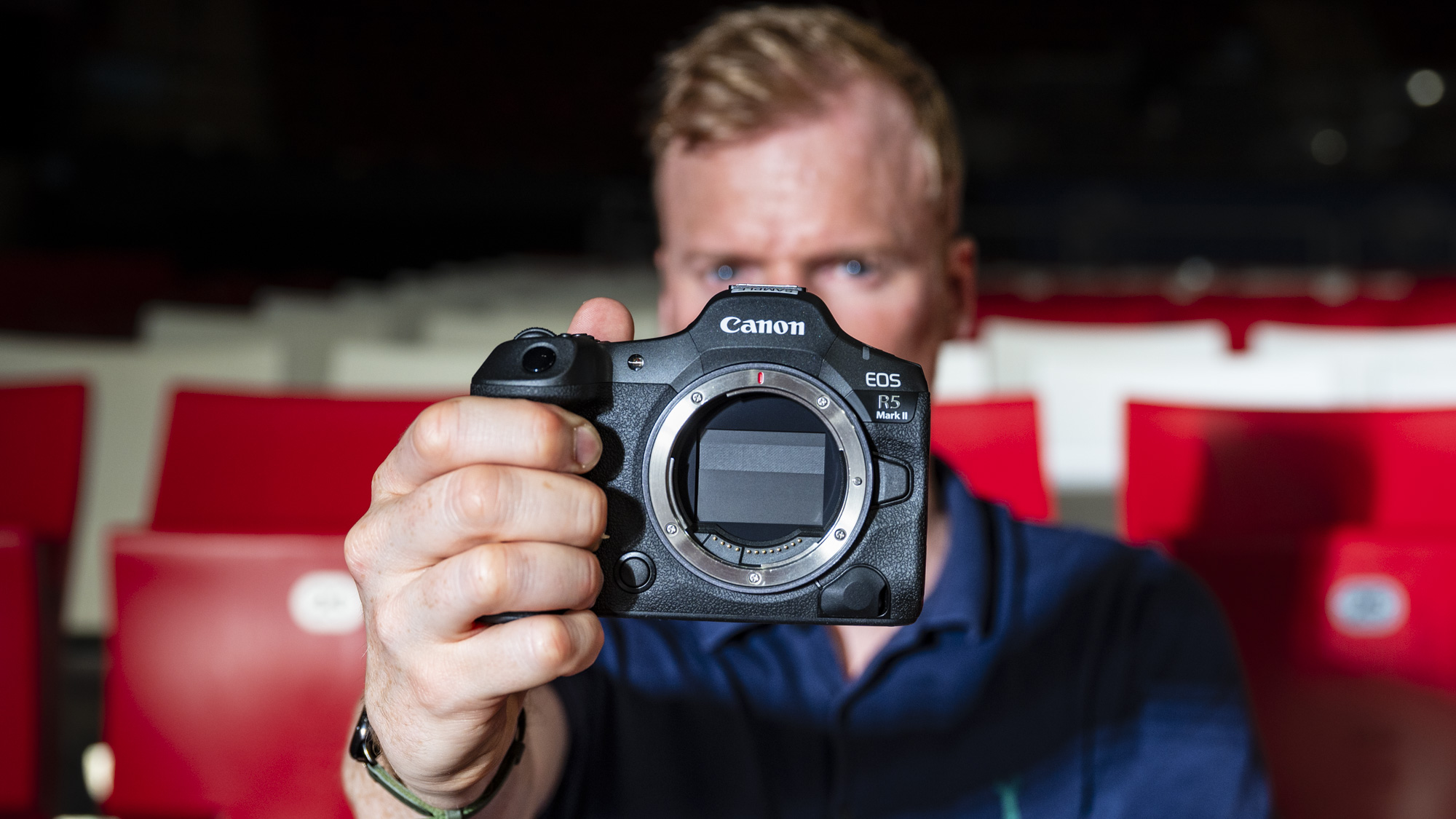
Canon has been a leading maker of digital cameras for 30 years, and for the last 20, our expert team has been reviewing them. That means we’re in a unique position to recognize and recommend the best Canon cameras in 2025 – from legacy DSLRs to cutting edge mirrorless models. In this guide, we've drawn on decades of testing experience to highlight our favorite Canon cameras in every category, for every budget.
Our top pick is the Canon EOS R5 Mark II, certainly if money is no object. Based on our in-depth review, we think it’s a perfect representation of what the Canon cameras are capable of today. With a powerful 45MP stacked sensor, flawless autofocus and unique features, we rate it as Canon’s best-ever camera for photography, and it ain't half bad for video, too.
That said, there are cheaper alternatives for less demanding users, such as the beginner-friendly EOS R10. Yes, there’s something for everyone in Canon’s camera catalog, and we've cherry picked the best models below, which also includes premium PowerShot compacts. Every camera included here has earned its place by performing well in our comprehensive real-world tests. Because all of our recommendations are based on objective assessments, you know they can be trusted.
⭣ Read more
Why you can trust TechRadar's choices
Each Canon camera in this guide has been put through its paces by one of our expert team of reviewers through a series of objective tests in the field as well as subjective testing for the love of photography.
Our objective tests include the likes of real world battery life, burst shooting performance, plus ISO quality through a series of like for like images using the various settings. We test all types of Canon cameras, from pro mirrorless models to consumer compacts, and tailor our testing to provide suitable feedback for the user, using them appropriately to show off where they excel (and struggle).
Each Canon camera in this guide has earned its place for particular reasons, whether that's down to a specific use case, its handling, reliability, features on board, image quality or value. We have completed an in-depth review for each model, which shares the reviewer's experiences, and consequently pinpoint why it comes with our recommendation.
Top 3 picks
You can use the summary round-up below for an instant overview of the best Canon cameras. When you find a model that ticks the right boxes, click the link beneath each entry to read more of our review feedback.
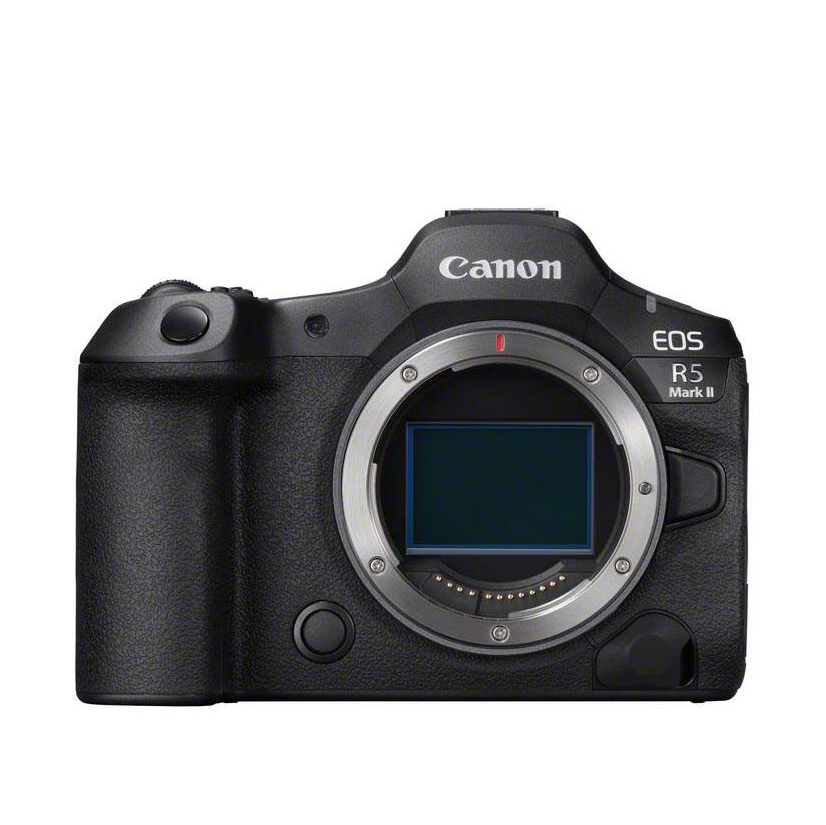
The best Canon camera overall
A versatile, professional mirrorless camera that builds on Canon's best ever stills camera with even better video and autofocus features.

The best budget Canon camera
With modern autofocus and good handling, the EOS R10 is a compact, affordable powerhouse that’s perfect for first-time Canon buyers.
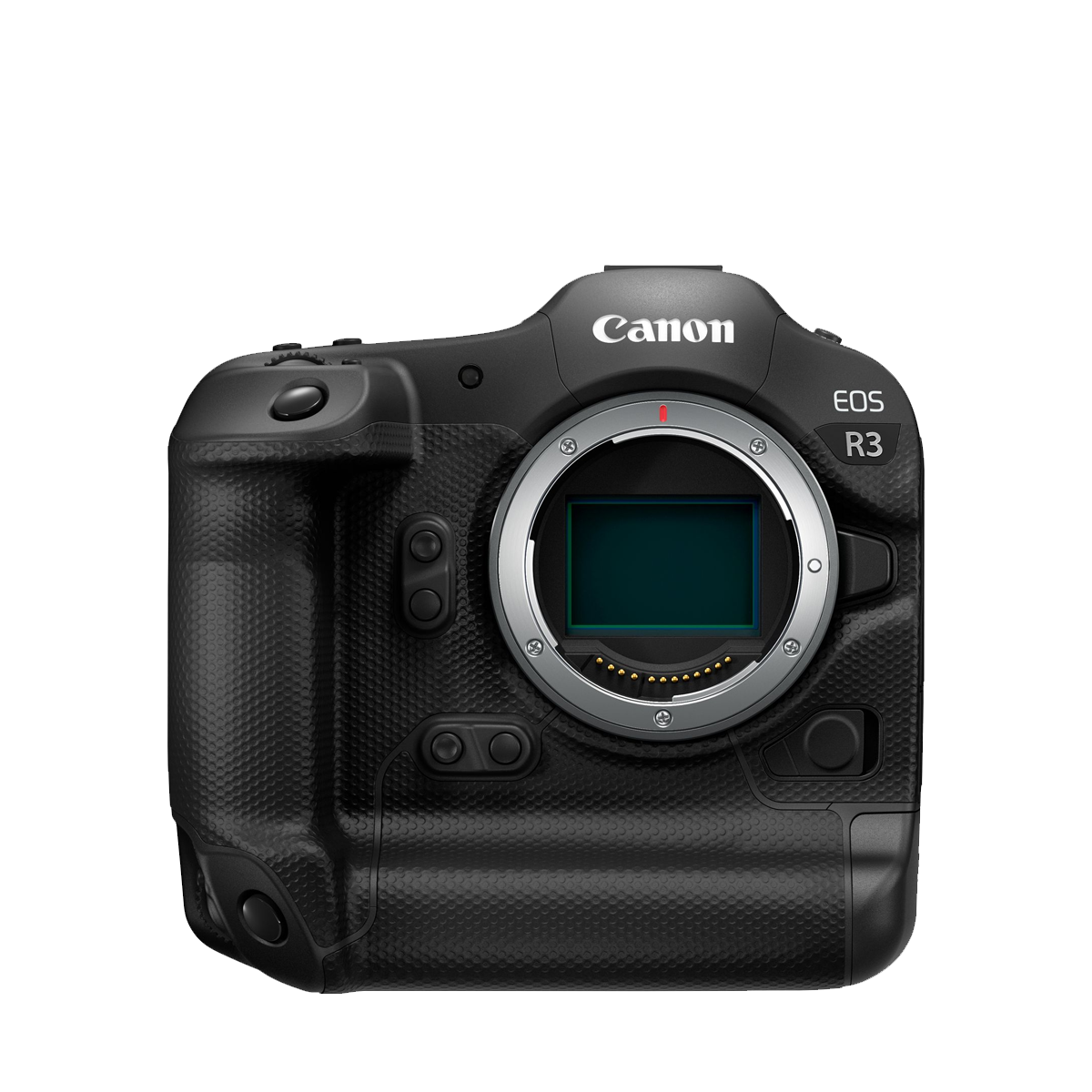
The best premium Canon camera
Combining DSLR handling with cutting-edge mirrorless skills, the EOS R3 is built for speed, making it ideal for sports and wildlife.
Best by use-case

The best Canon camera for hobbyists
Look past its limited lens range and the EOS R7 is fantastic value for enthusiasts, producing excellent images at a competitive price.
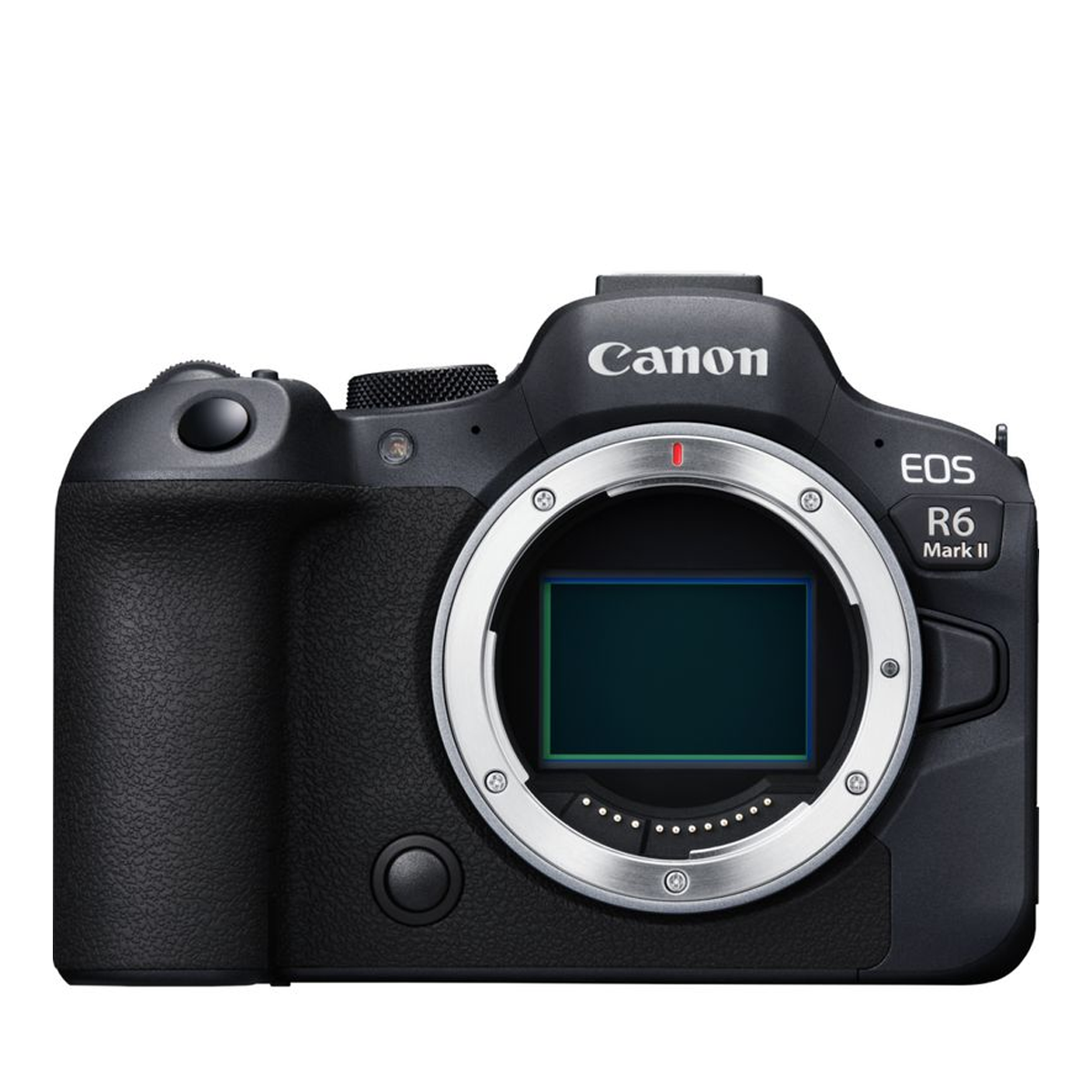
The best Canon EOS R5 Mark II alternative
A full-frame hybrid with pro-grade specs, the EOS R6 II can produce beautiful stills and video, making it an ideal second to the R5.
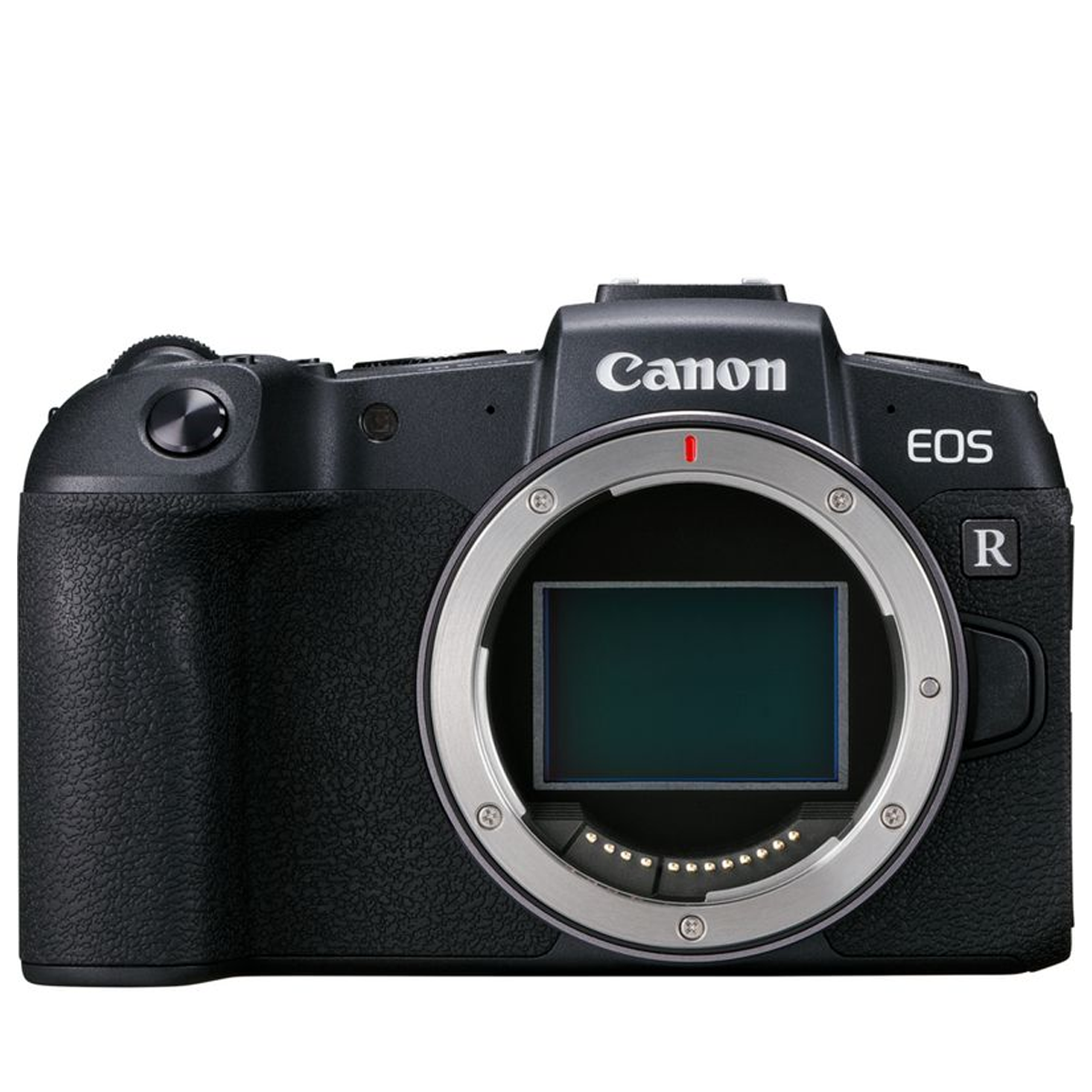
The cheap full-frame Canon
With a compact build, sound autofocus and responsive interface, the Canon EOS RP represents compelling full-frame value.
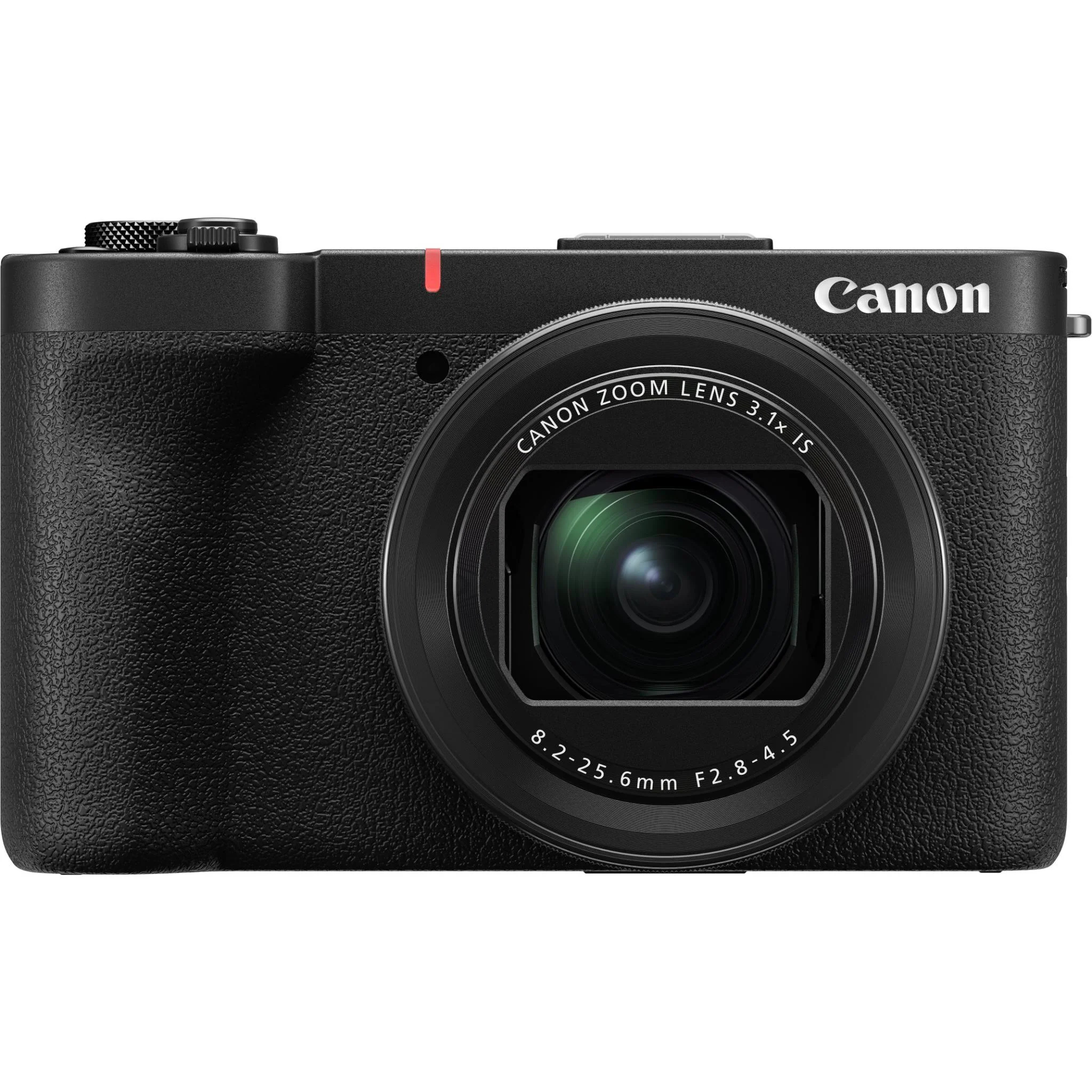
The best Canon compact
With a suite of video features, including a new 1.4-inch sensor, 4K shooting, mic input and vari-angle display, the V1 is a pocket-sized win for vloggers.
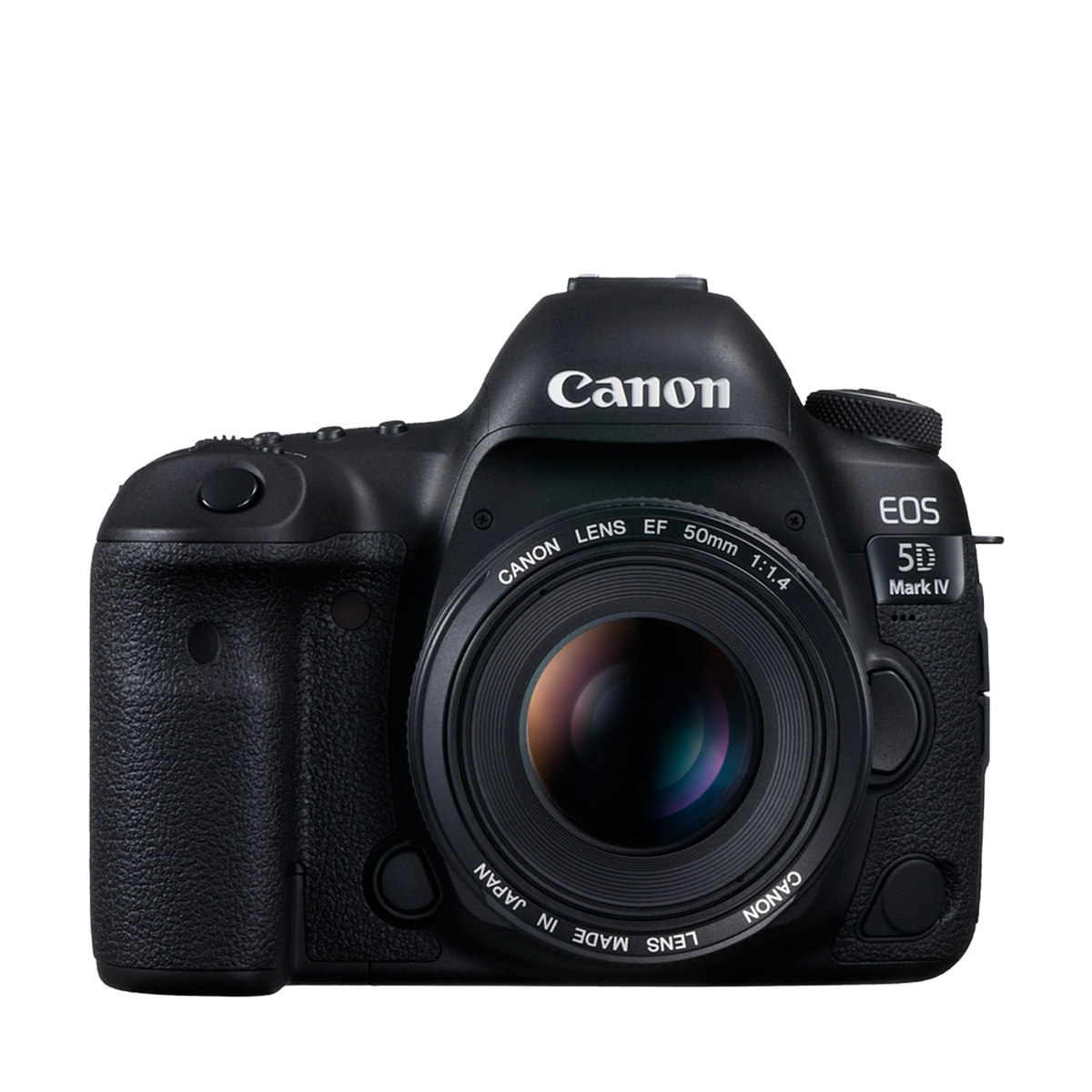
The best Canon DSLR overall
It’s expensive, but if you can justify the cost, the EOS 5D Mark IV is one of the most complete DSLR cameras we’ve ever tested.
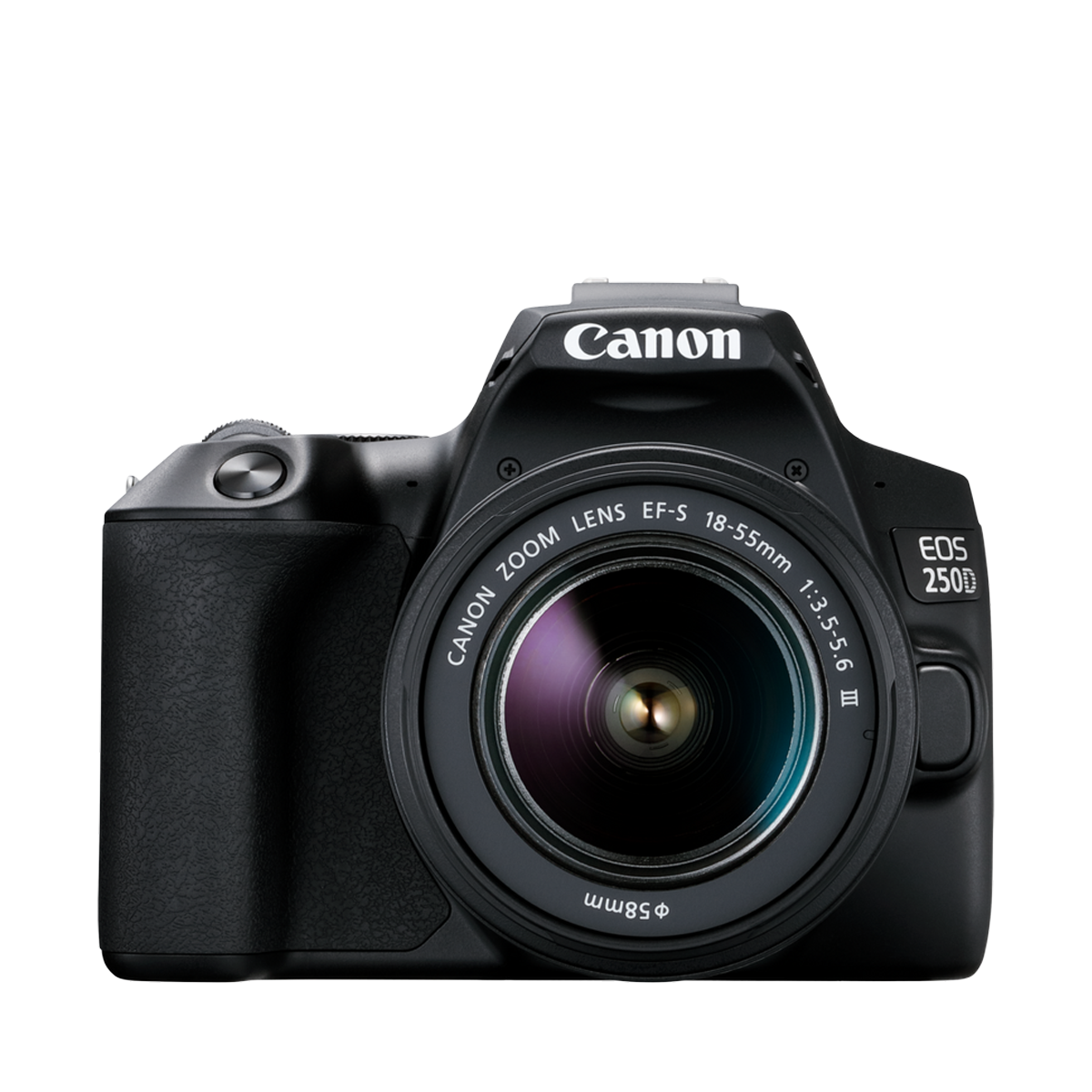
The best beginner Canon DSLR
If you prefer a traditional design, the EOS 250D combines excellent battery life and great autofocus in a compact body.

Tim is TechRadar’s Cameras Editor. He’s worked in the photo video industry for more than 15 years, as both a photographer and journalist. During that time, Tim’s been lucky enough to use a wide range of Canon equipment, from travel compacts to professional flagships. As a result, he’s developed an expert practical knowledge of Canon’s different camera families and lens systems. He notes, "Canon continues to produce class-leading mirrorless cameras for both stills and video. One important factor to bear in mind is the availability of lenses – Canon is acticely adding to its RF mount with new full-frame optics, but RF-S lenses for crop sensor cameras like the EOS R10 are sorely lacking. Thankfully, Canon opened up its mount for crop sensor lenses to third party brands and Sigma has made some superb primes which are well worth a look.”
The best Canon camera for 2025
Why you can trust TechRadar
Below you'll find in-depth summaries for all of the best Canon cameras in our list. We've tested each one extensively, so you can be sure that our recommendations can be trusted.
The best Canon camera overall
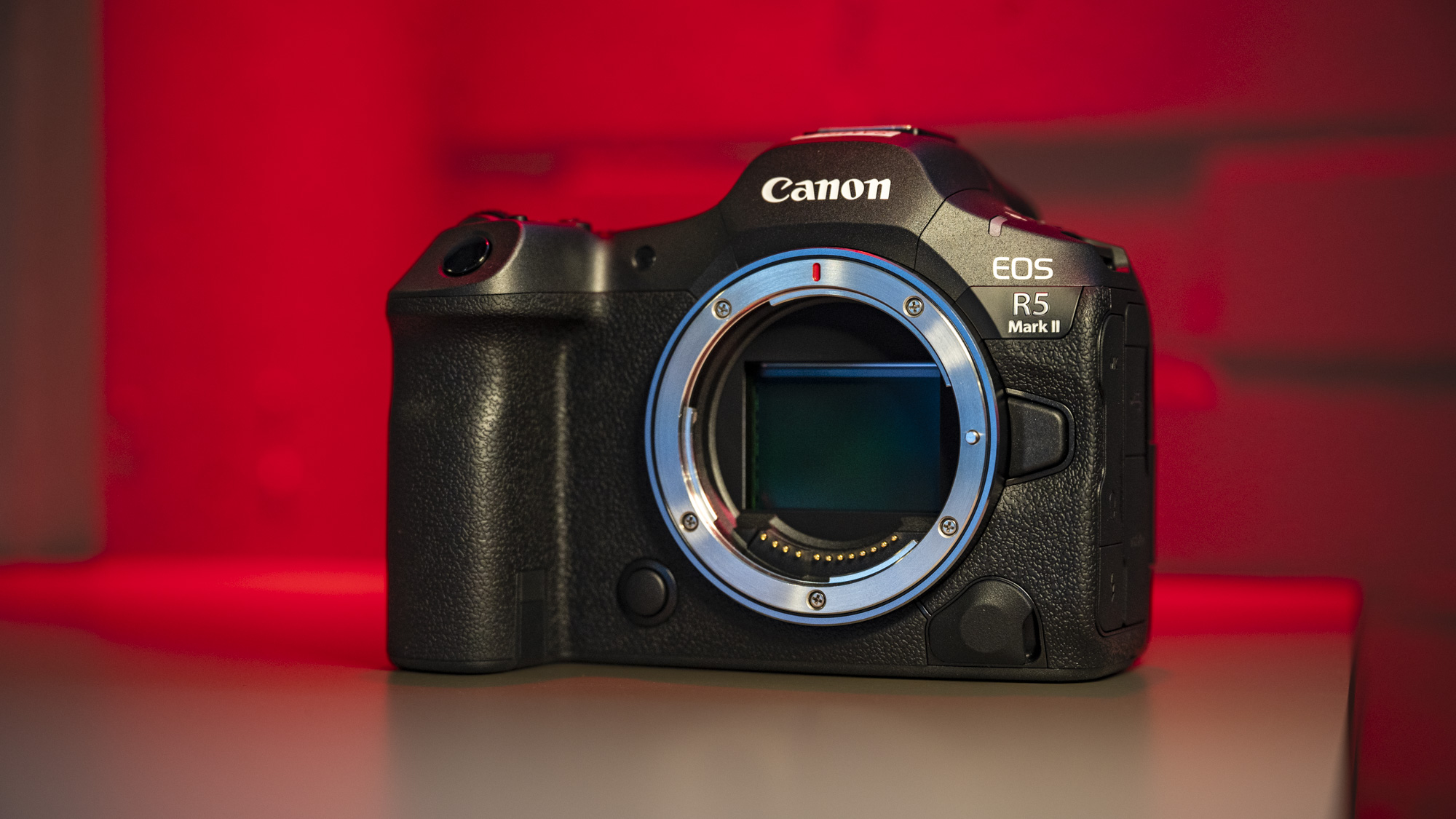
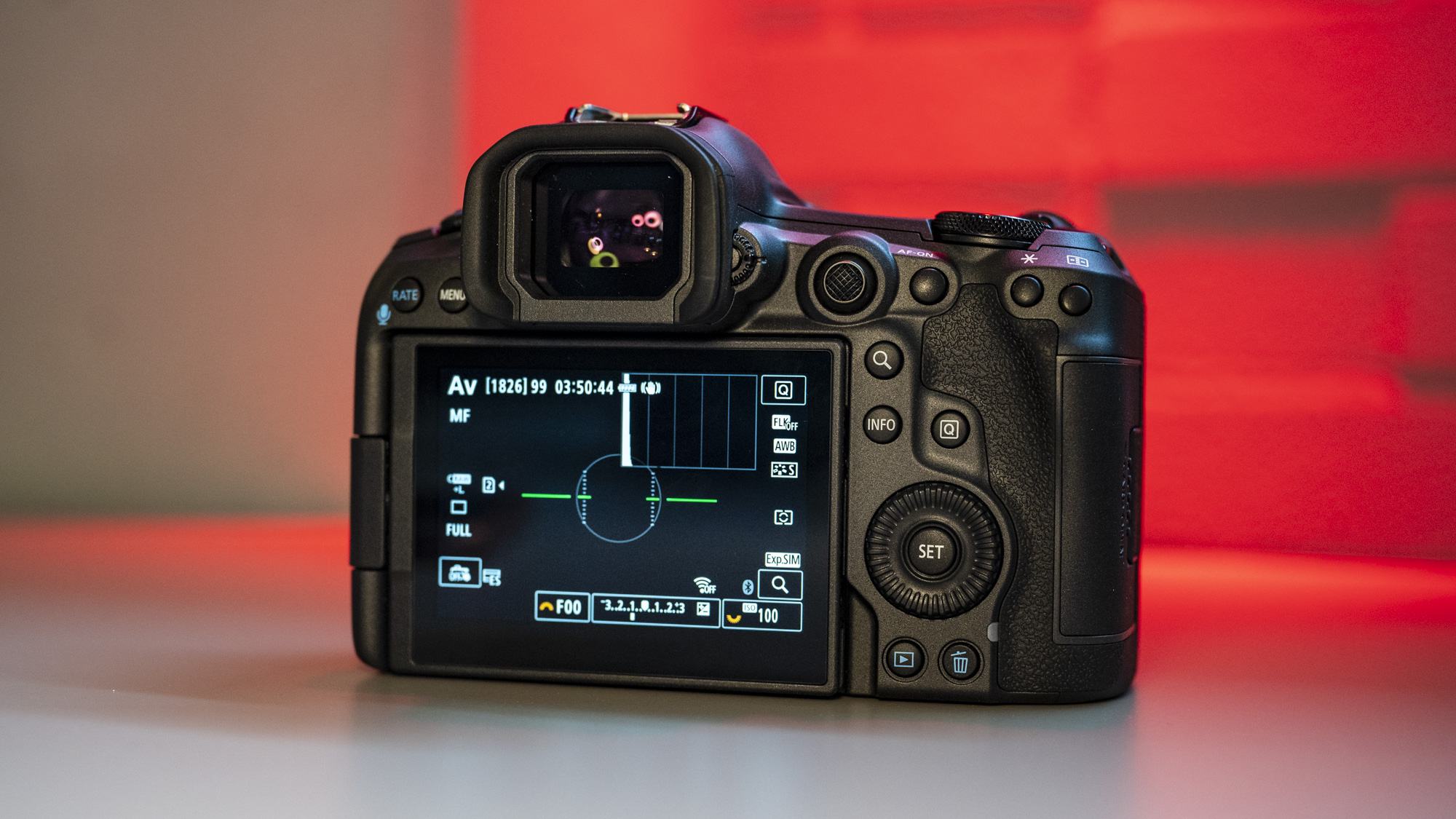

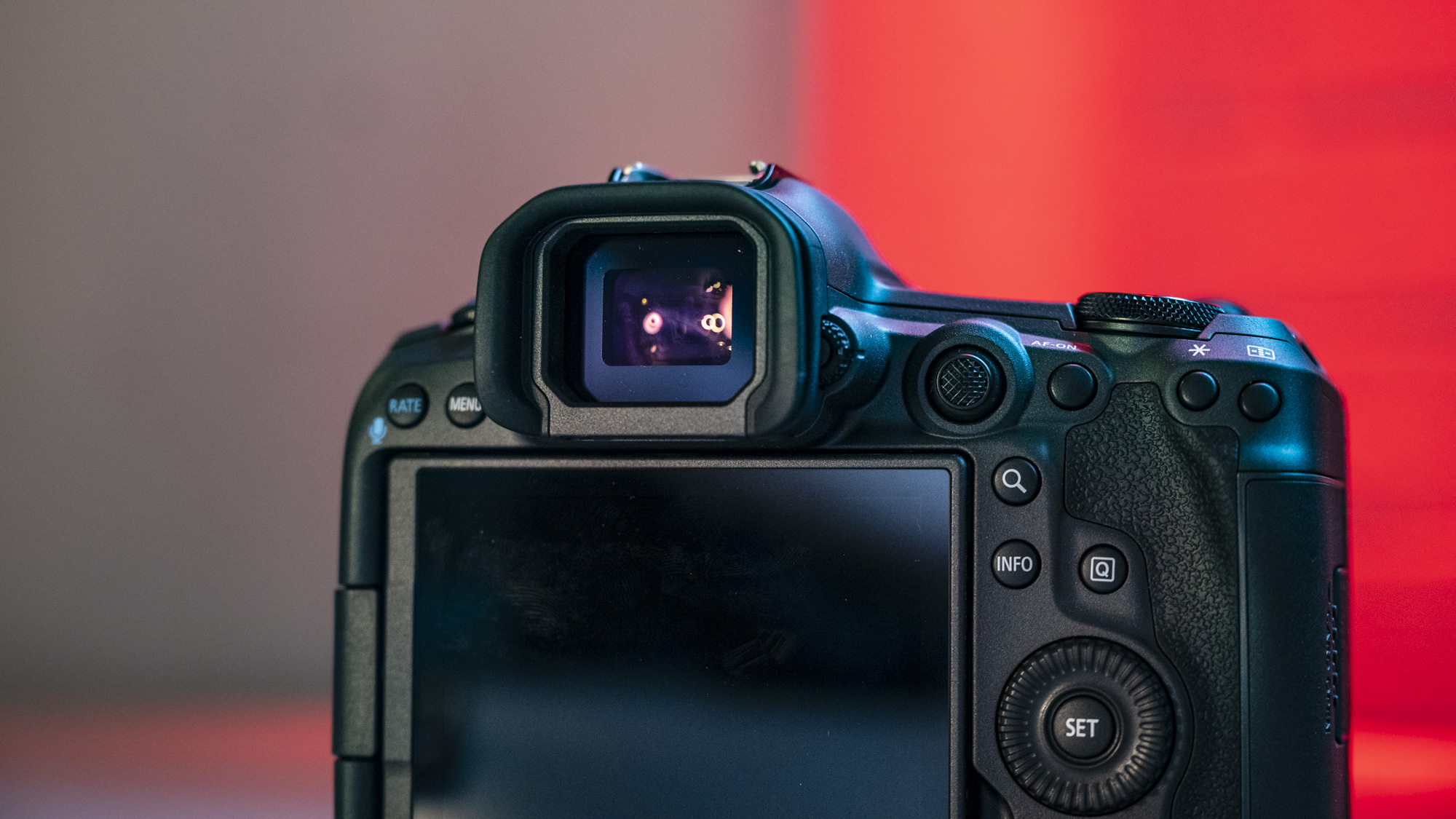

Specifications
Reasons to buy
Reasons to avoid
Canon EOS R5 Mark II sample images
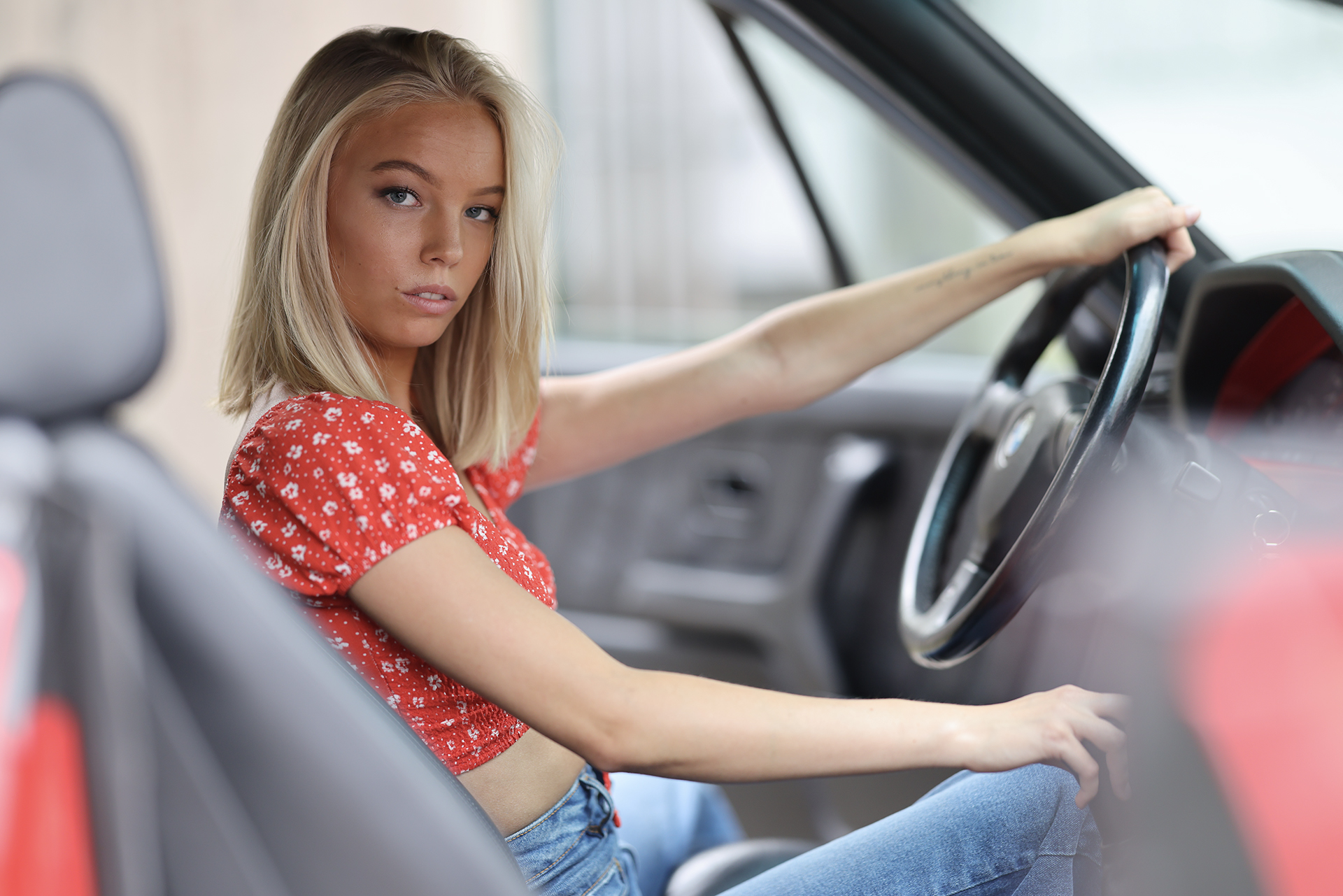

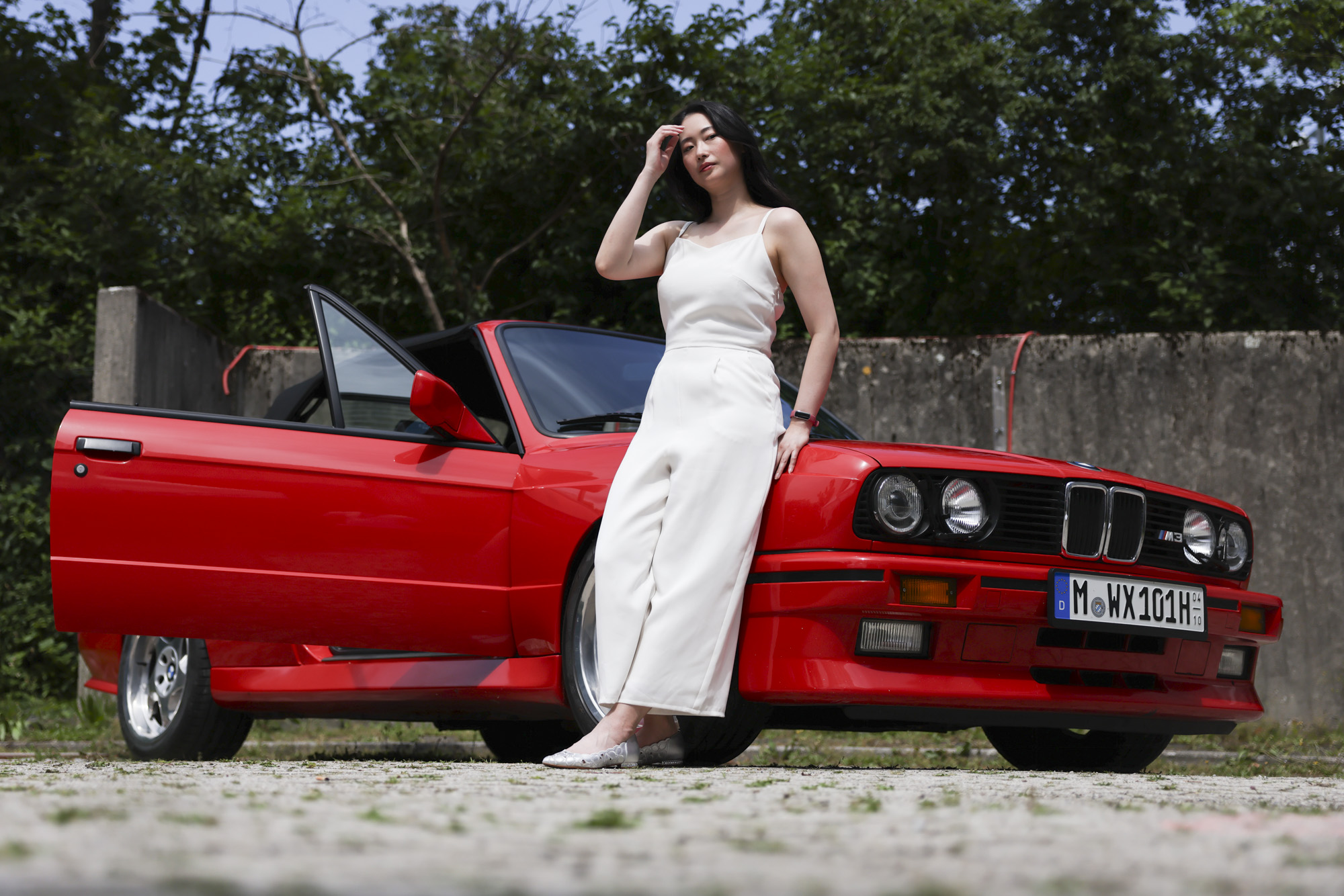
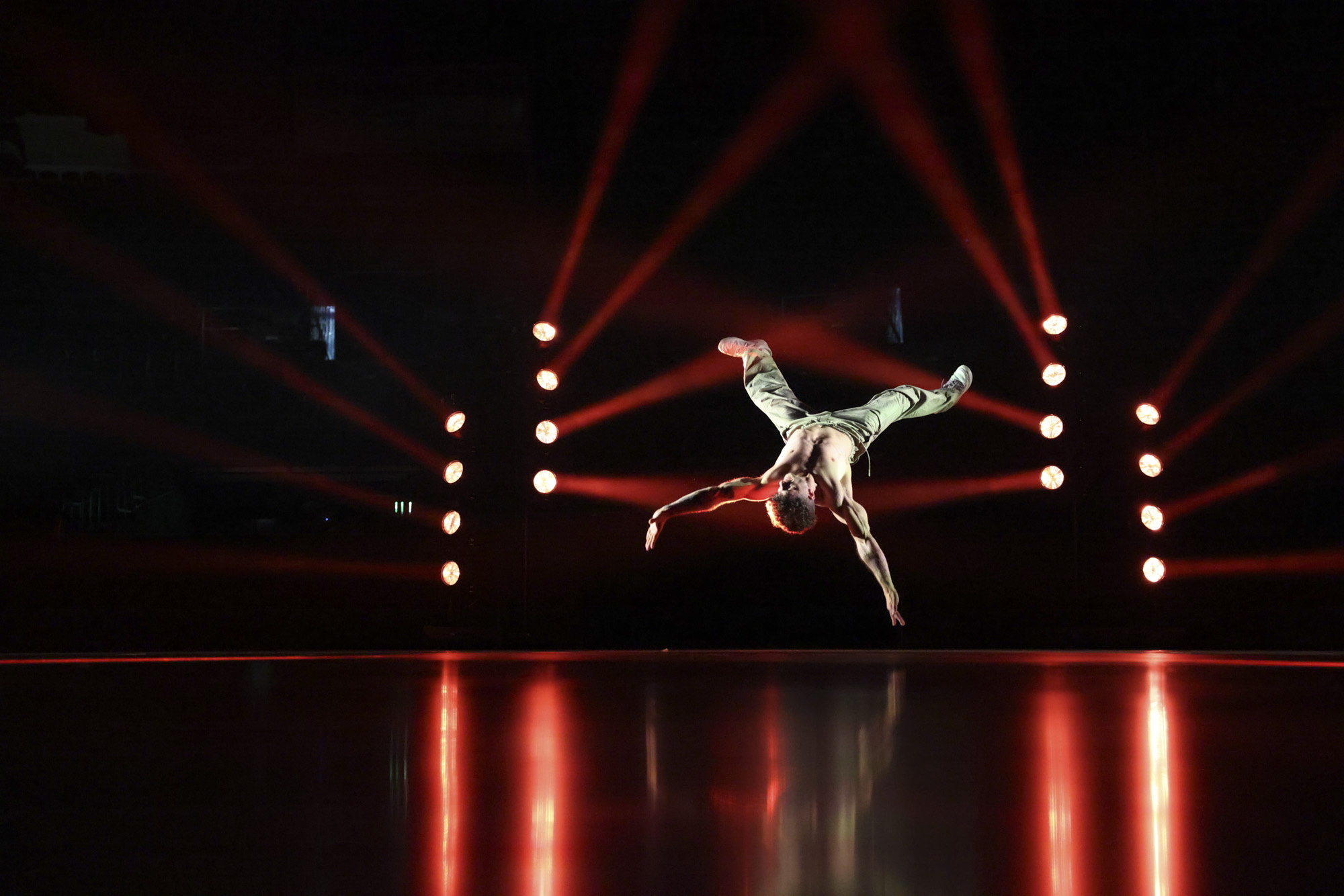
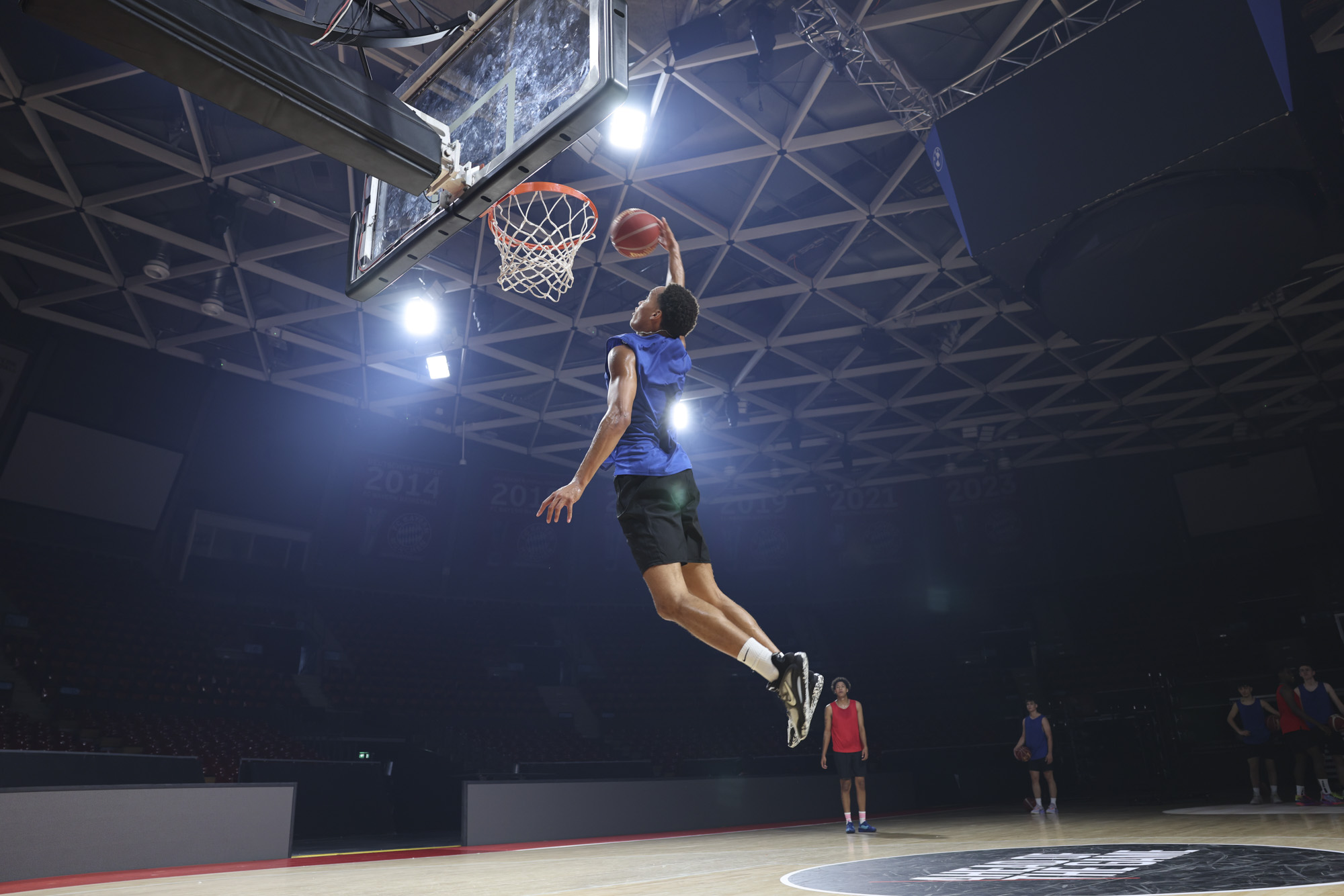
✅ You want Canon's most versatile pro camera: With a new stacked sensor, the EOS R5 Mark II is as capable as it is shooting stills as it is video, and a big update of the EOS R5.
✅ You shoot action: Superb autofocus, image stabilization and eye-control AF, together with that stacked sensor, combine to great effect for high-speed subjects.
❌ You’re on a tight budget: The EOS R5 Mark II’s body-only cost is slightly more than rivals and a lot more than the now discounted EOS R5, and that's before you get to Canon's pricey lenses.
❌ You shoot mainly stationary subjects: Many of the EOS R5 Mark II improvements impact high-speed performance for high-speed subjects. If you're a landscape photographer, the EOS R5 could be a better option.
Canon has built on its best-ever camera for photograpghy, the EOS R5, with a stellar upgrade – the EOS R5 Mark II. We still get 45MP stills and 8K video, plus a rugged body that fits well in the hand, but that's about where the similarities end. That 45MP full-frame sensor is now a stacked sensor which massively improves the camera's control over rolling shutter, while a second processor improves the camera's overall speed and unleashes some all-new features, including in-camera image upscaling. You can pick a JPEG / HEIF image shot with the EOS R5 Mark II and upscale it 400% to 180MP, with super-impressive results.
We've used the EOS R5 Mark II extensively, especially action photograph and video for which it shines. New autofocus modes are able to detect specific sports that include soccer and basketball and intelligently select where to focus, including for one of up to 10 stored faces. Canon's eye control AF is also a revelation – tracking where you're looking in the viewfinder to know which subject you'd like to focus on.
For outright speed, including sustained burst shooting sequences, the pricier EOS R1 is the camera to pick. For practically every other professional, the EOS R5 Mark II is the smart choice. There's too many incredible features to cover here, so find out more in our in-depth review. Put simply, we've been blown away by what is Canon's most versatile and capable camera ever, even if costs a fraction more than Nikon Z8 and Sony A7R V rivals.
Read our in-depth Canon EOS R5 Mark II review
The best budget Canon camera
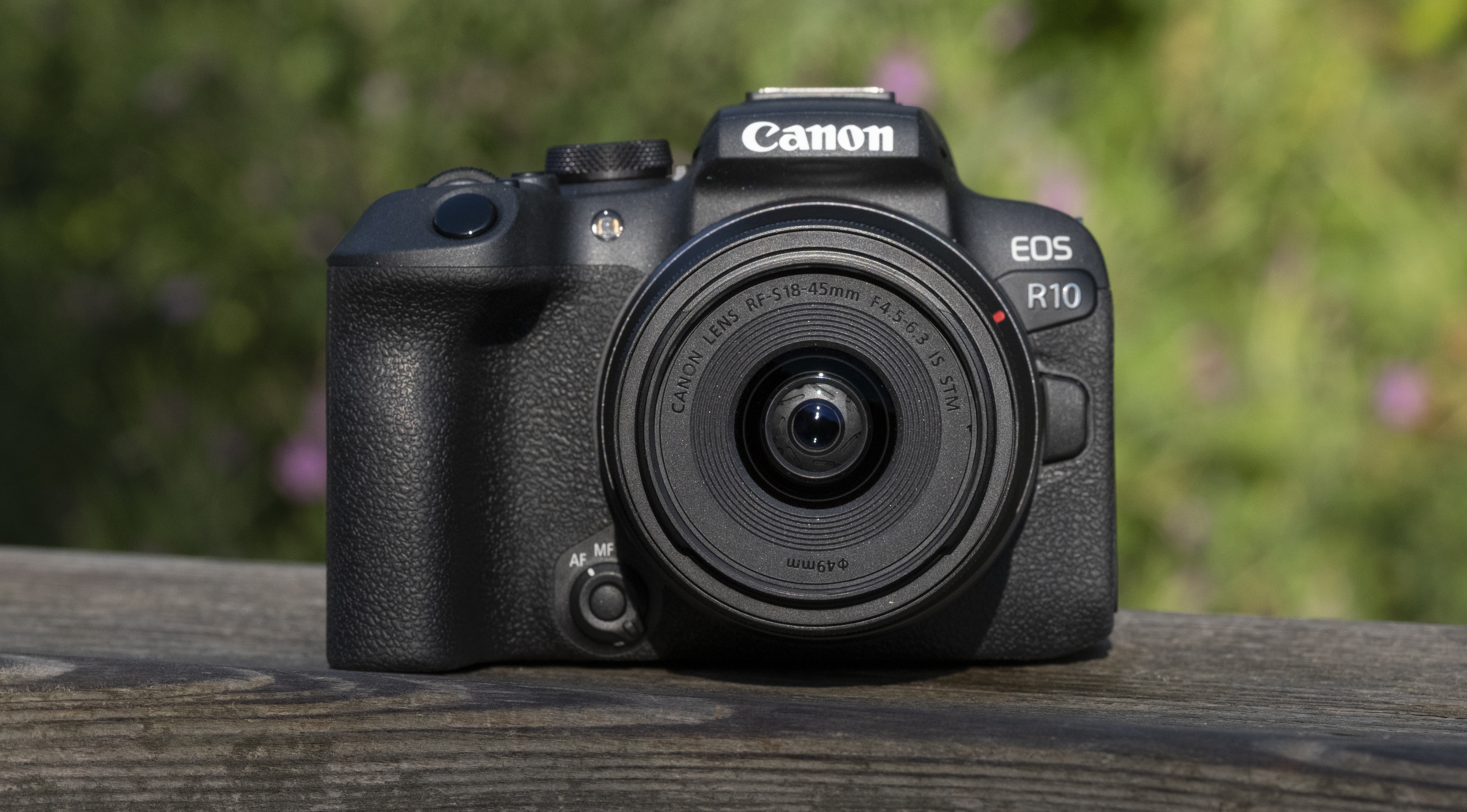
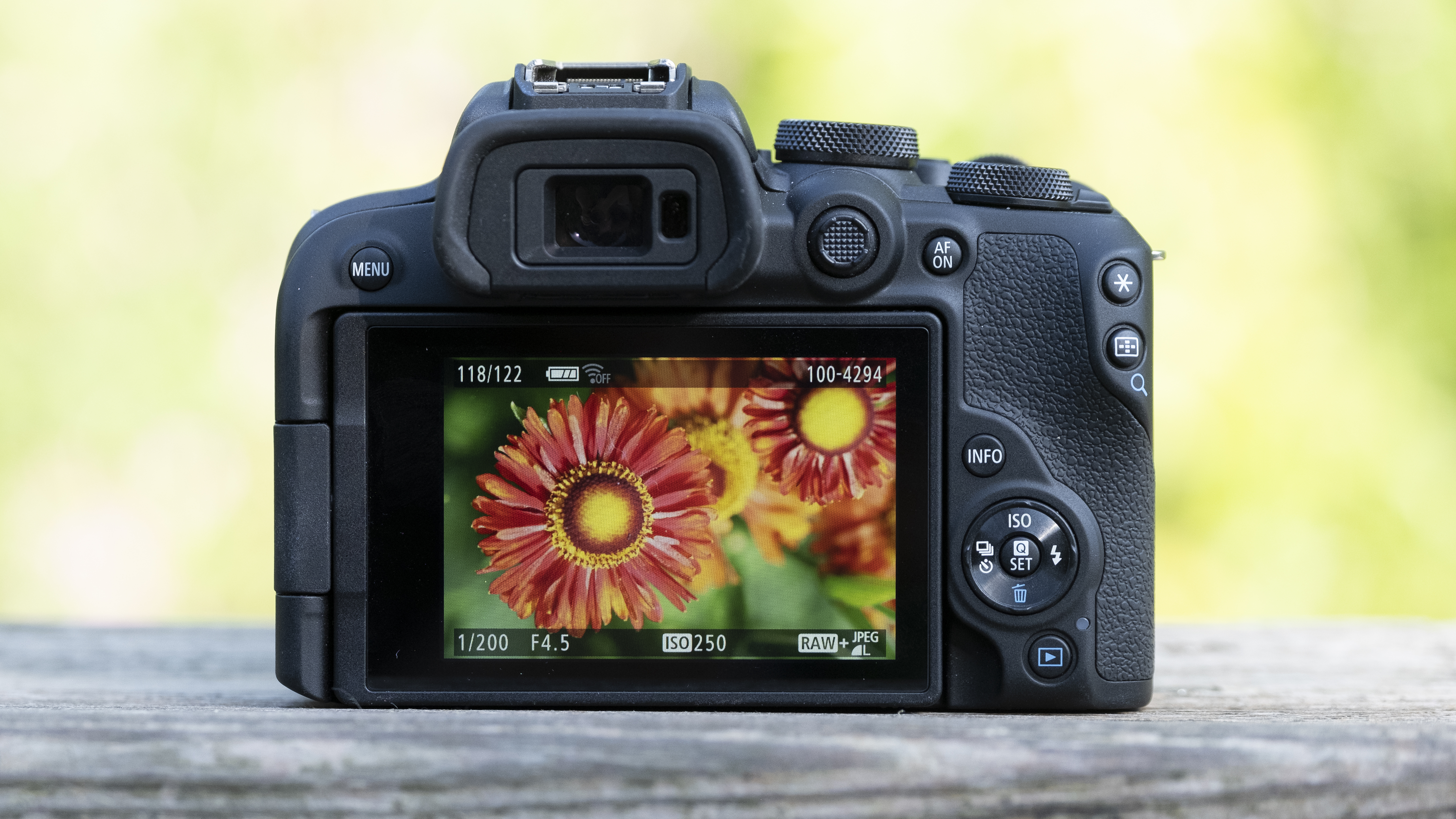
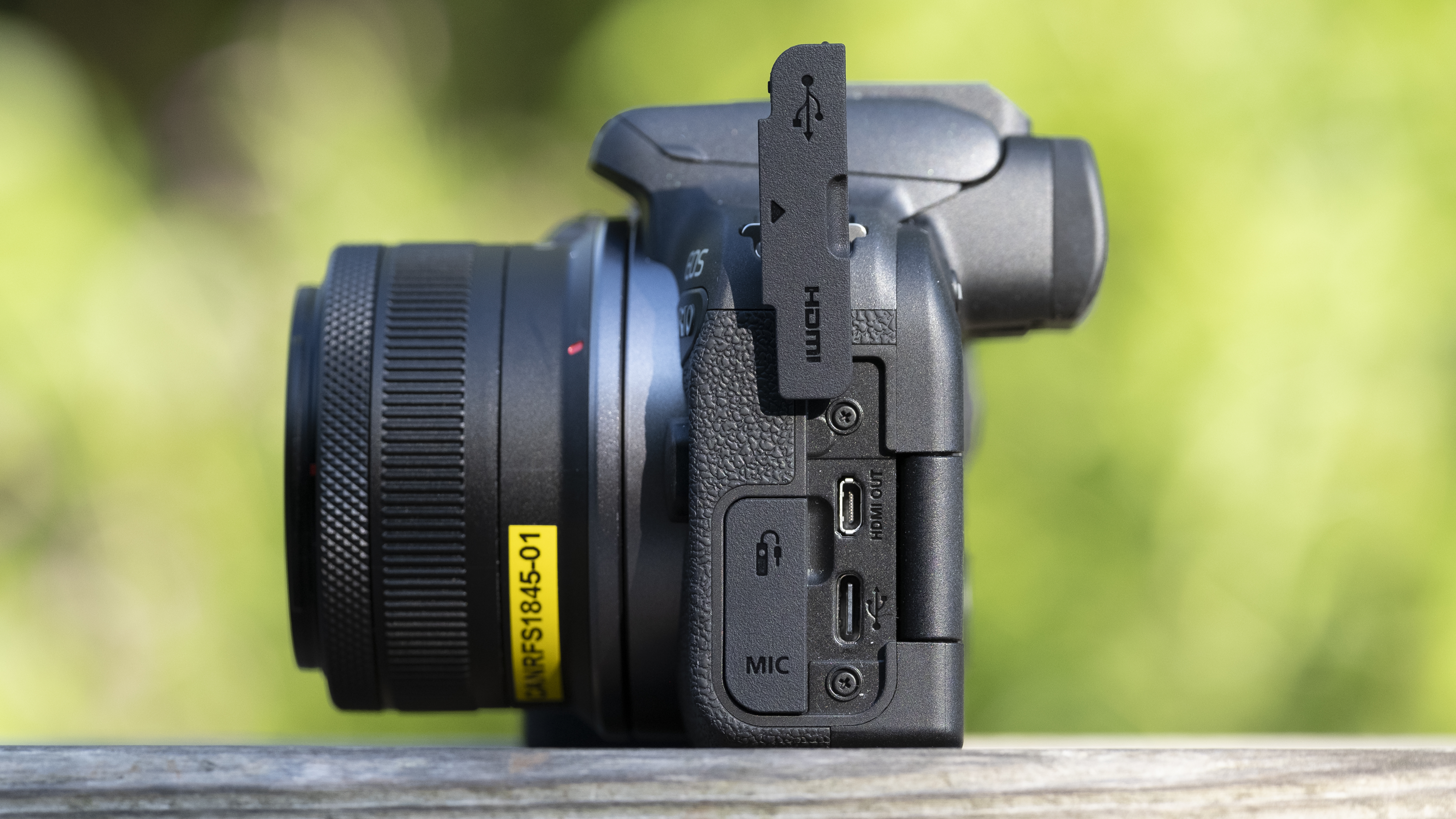
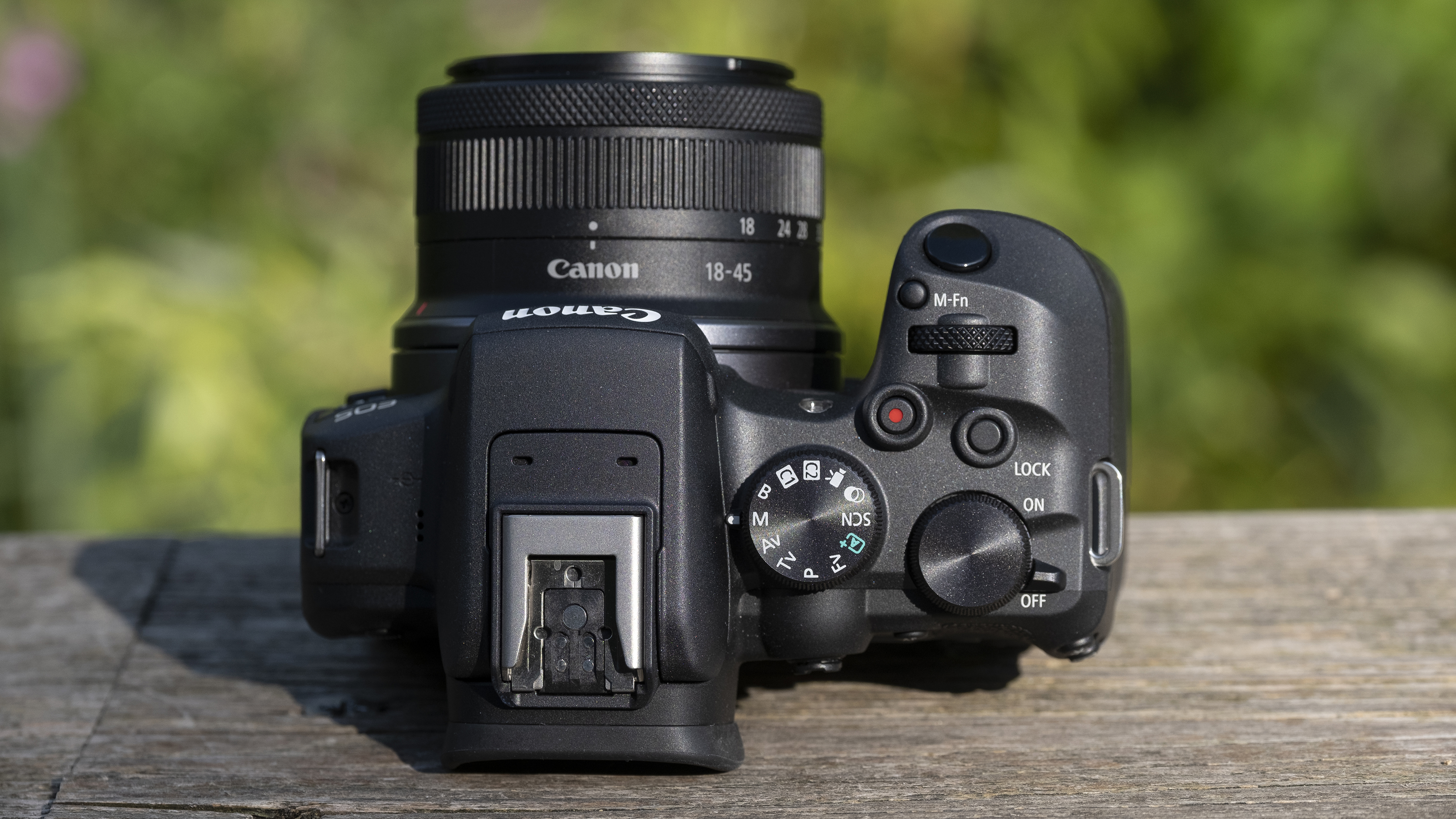

Specifications
Reasons to buy
Reasons to avoid
Canon EOS R10 sample images
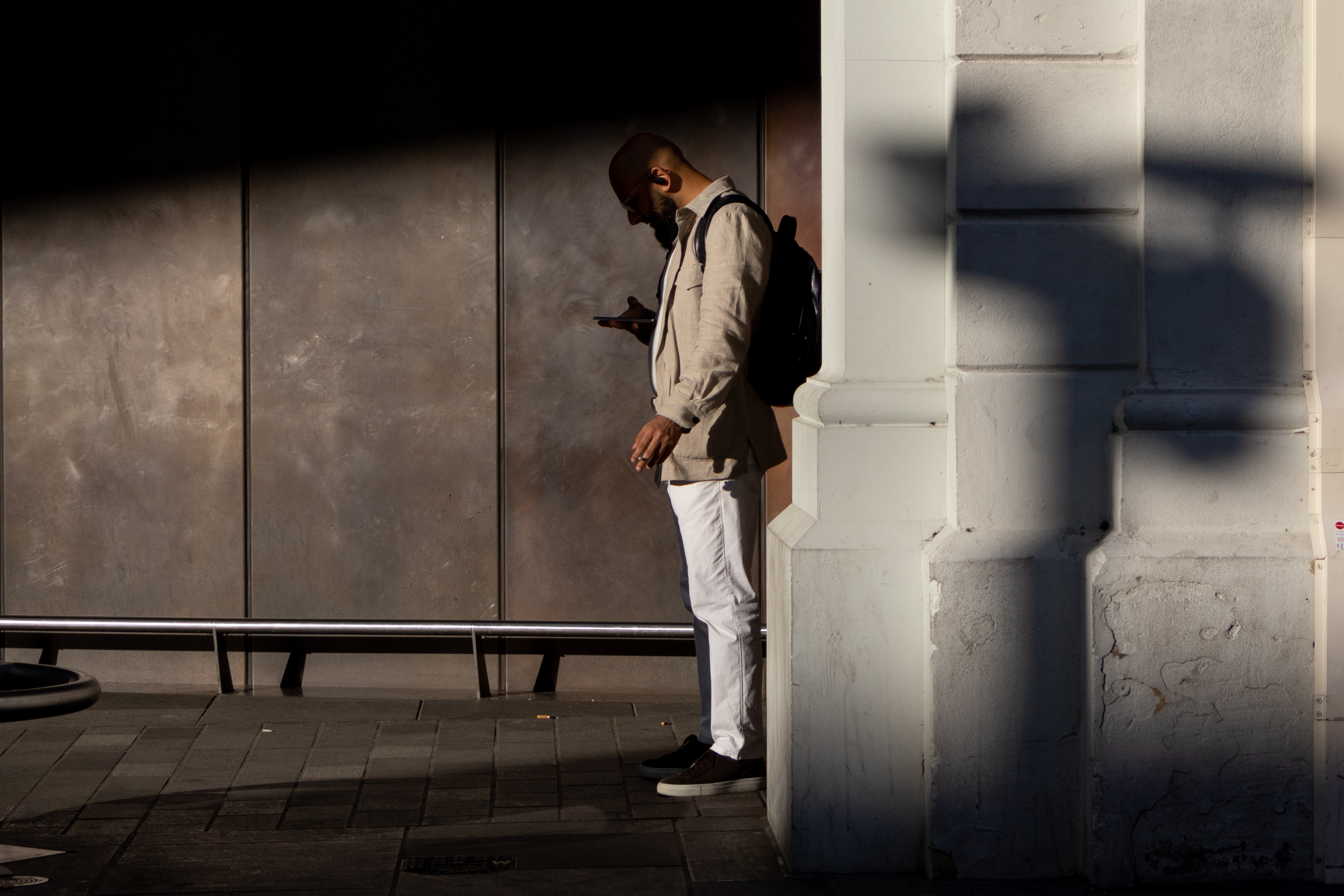
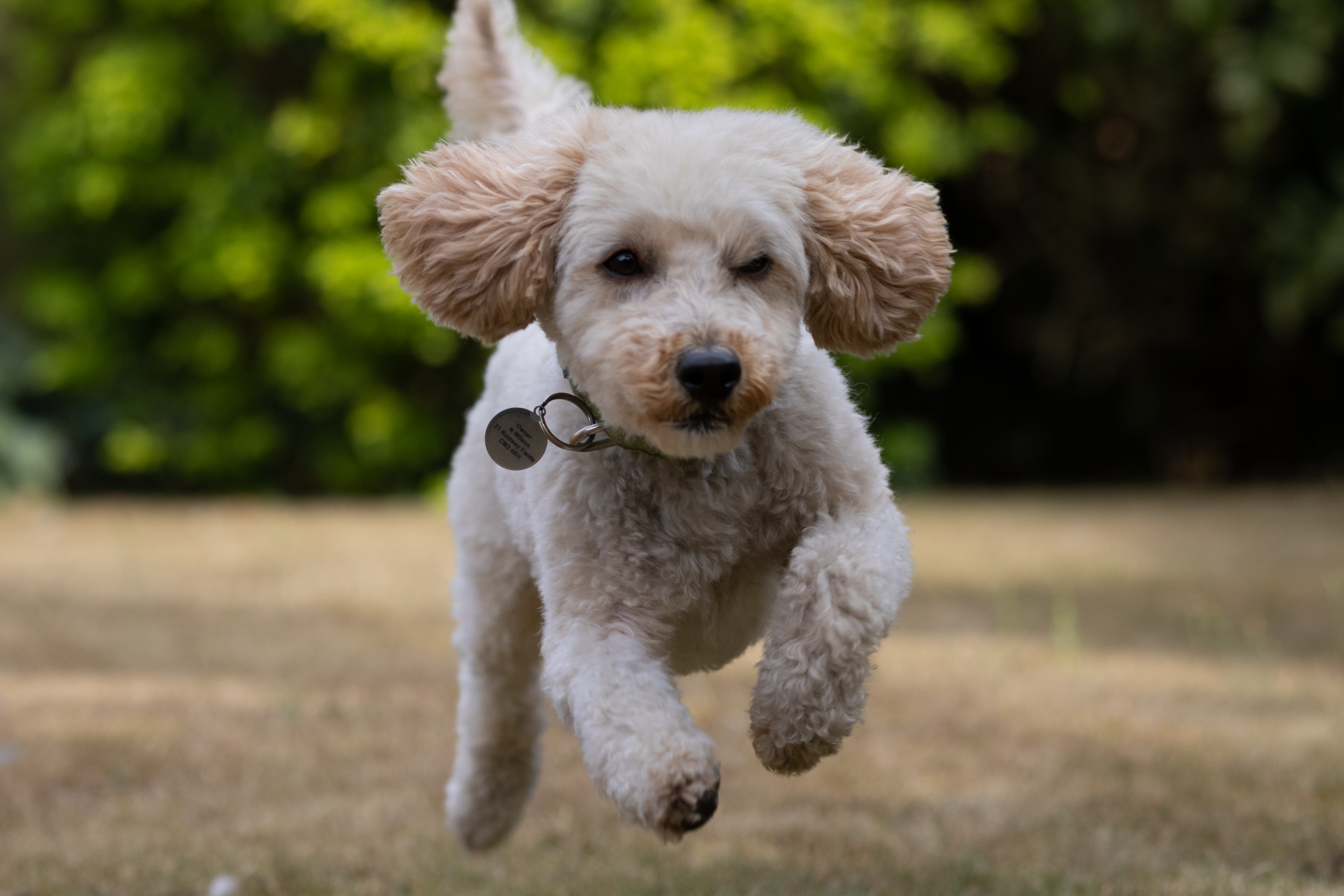
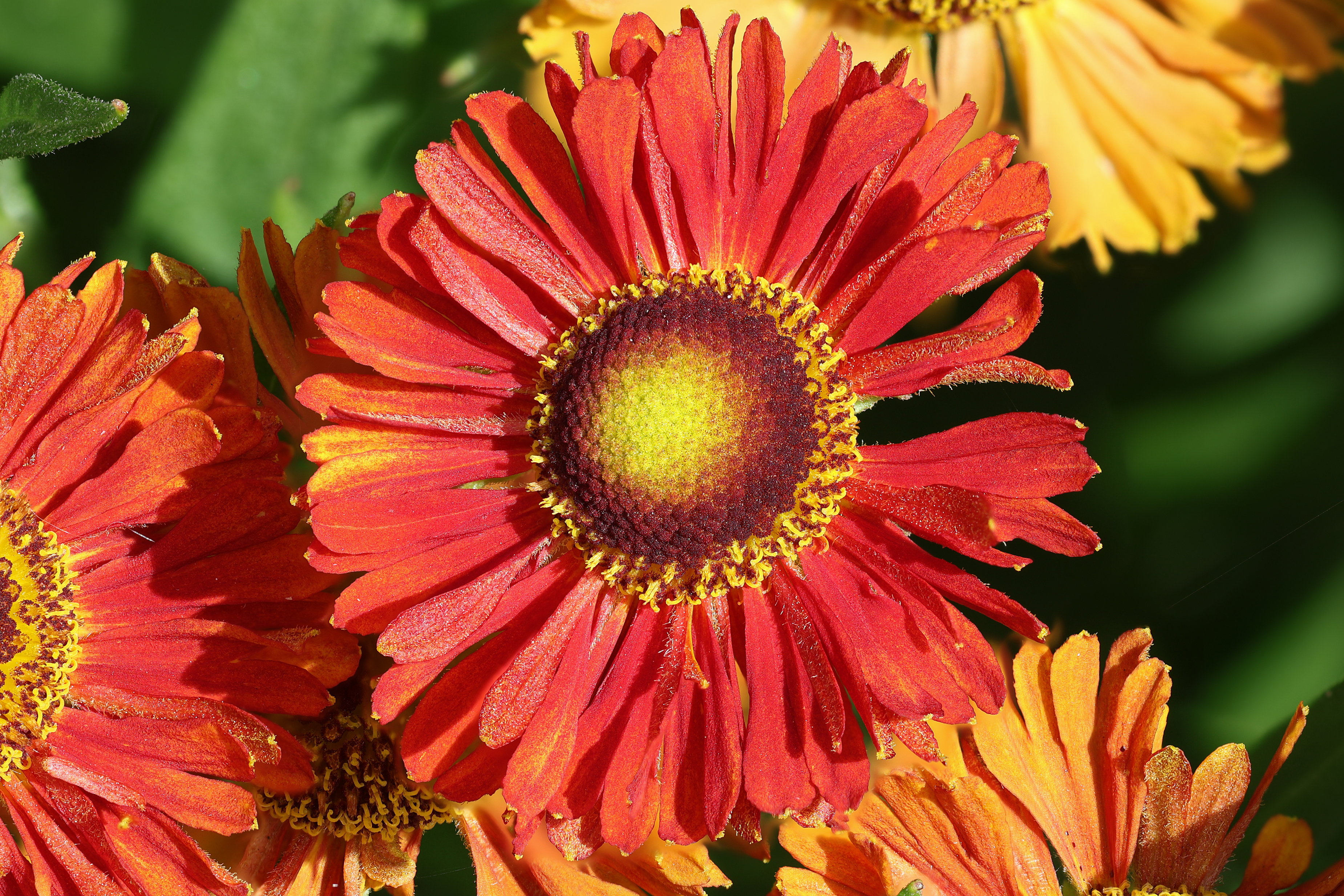
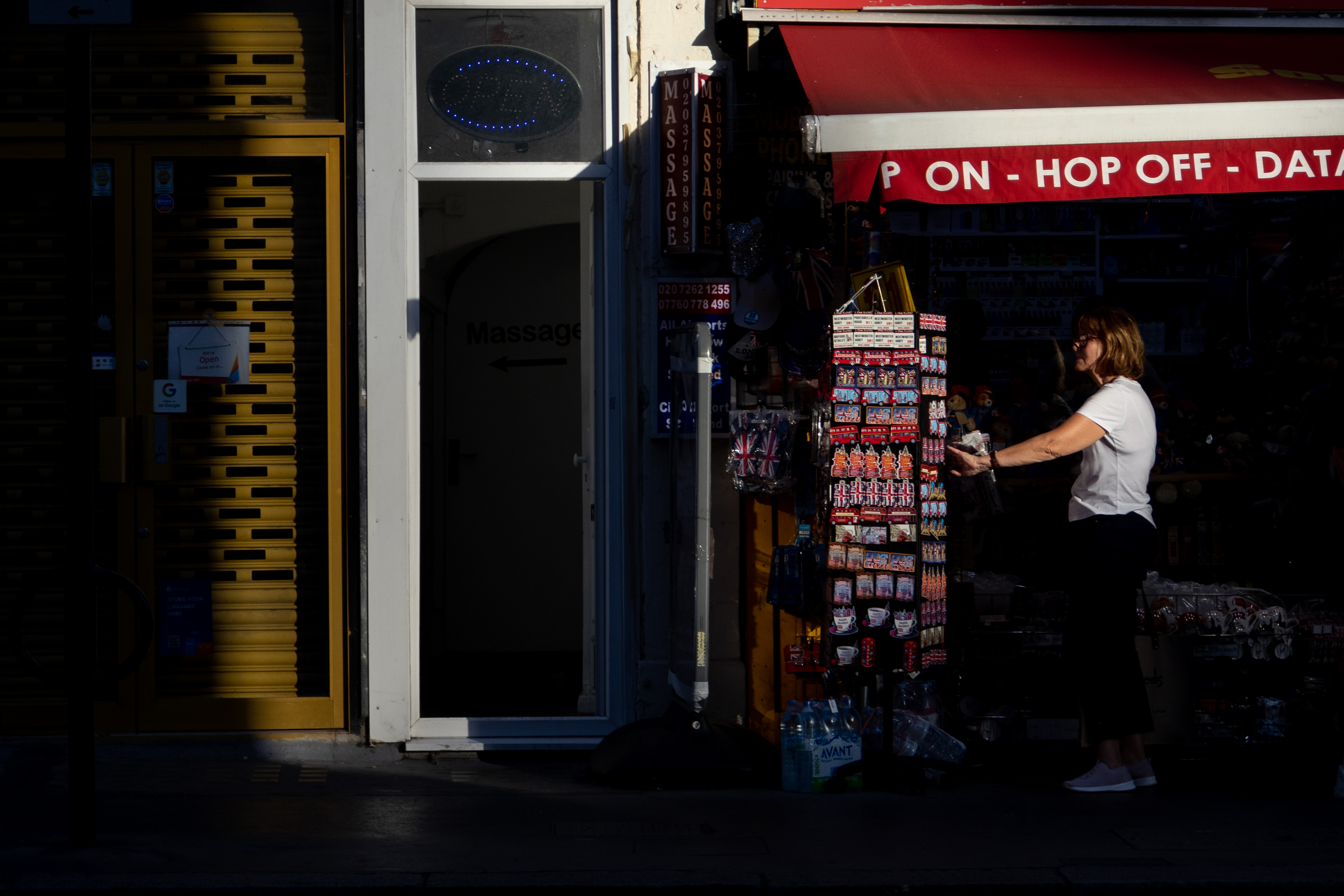
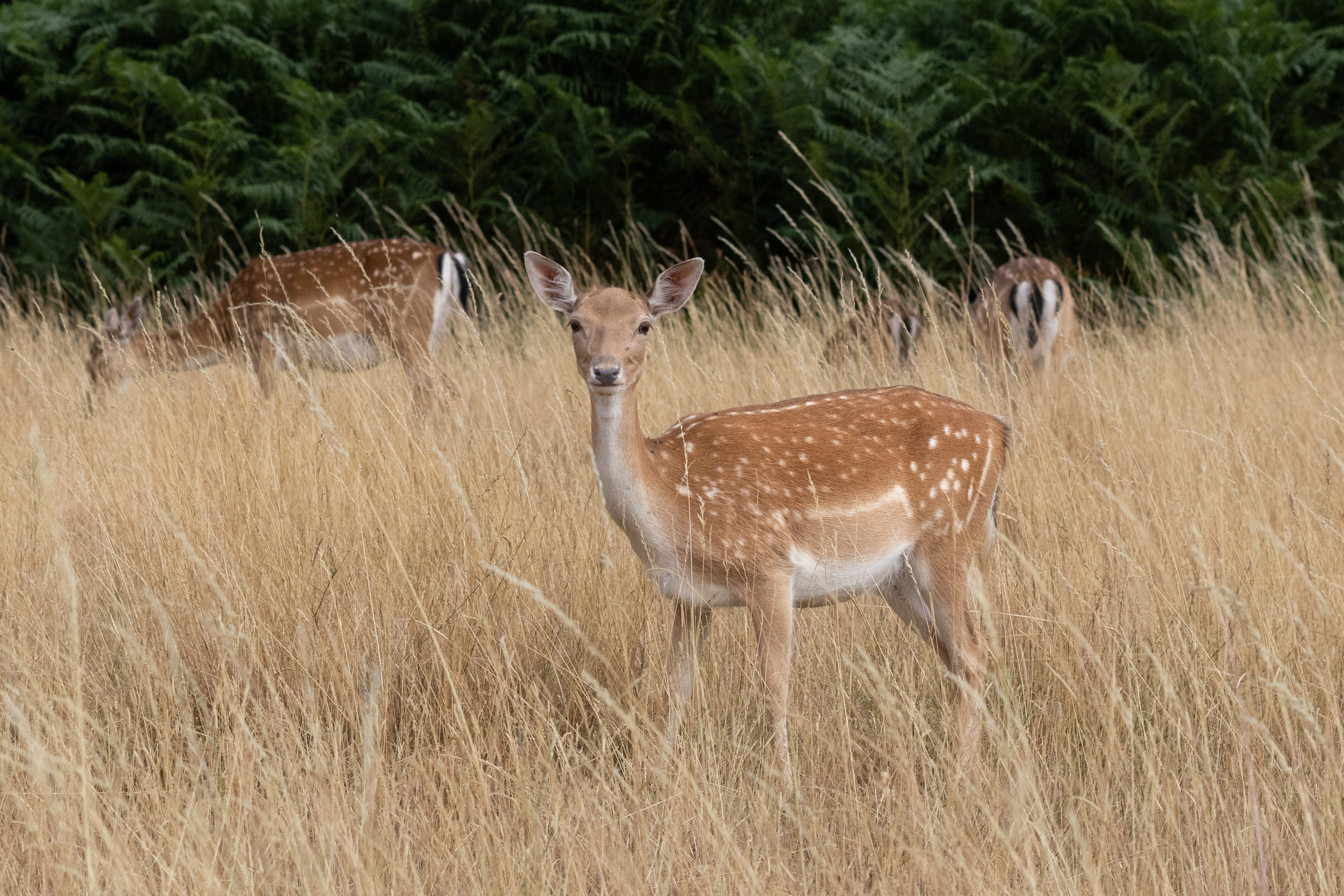
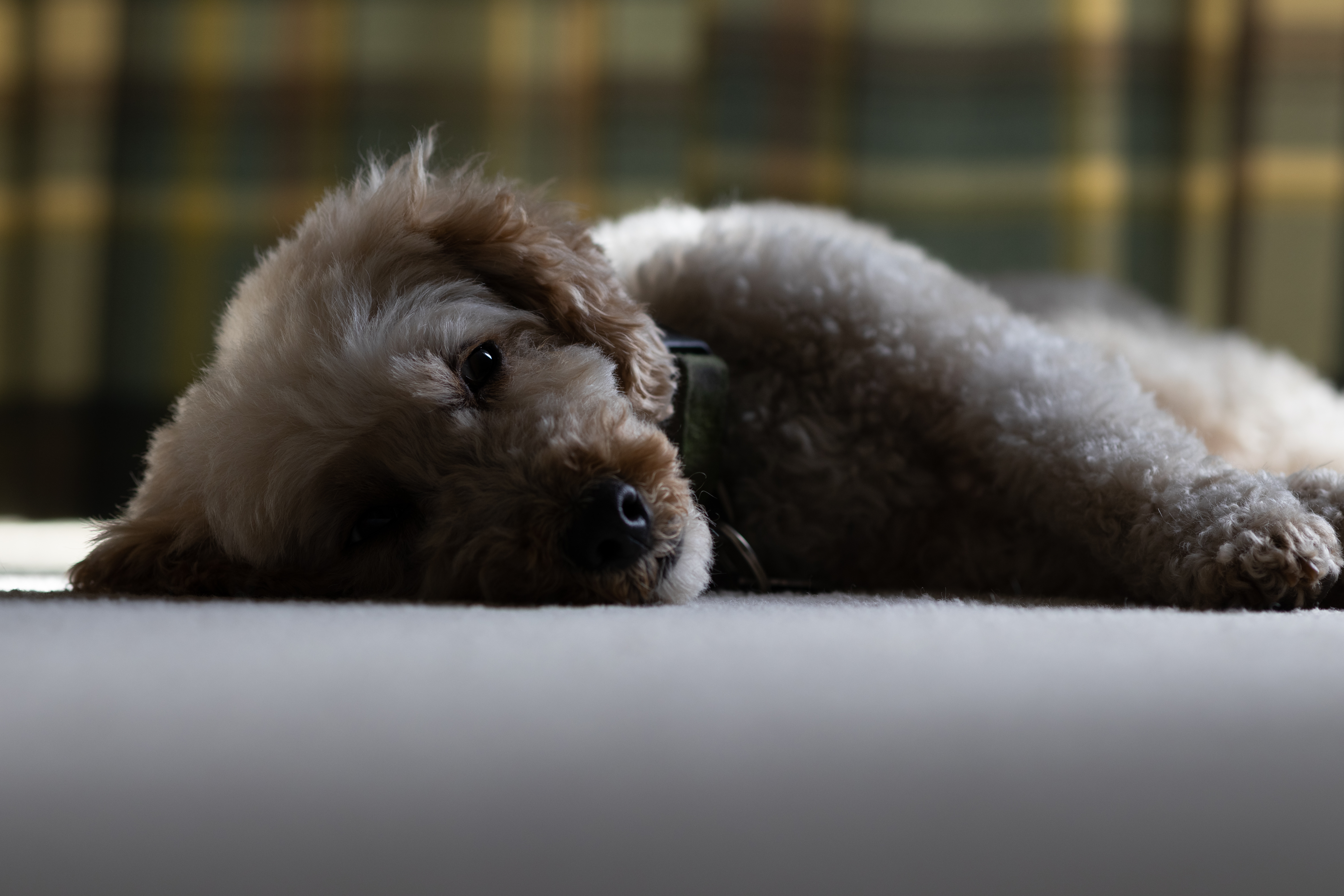
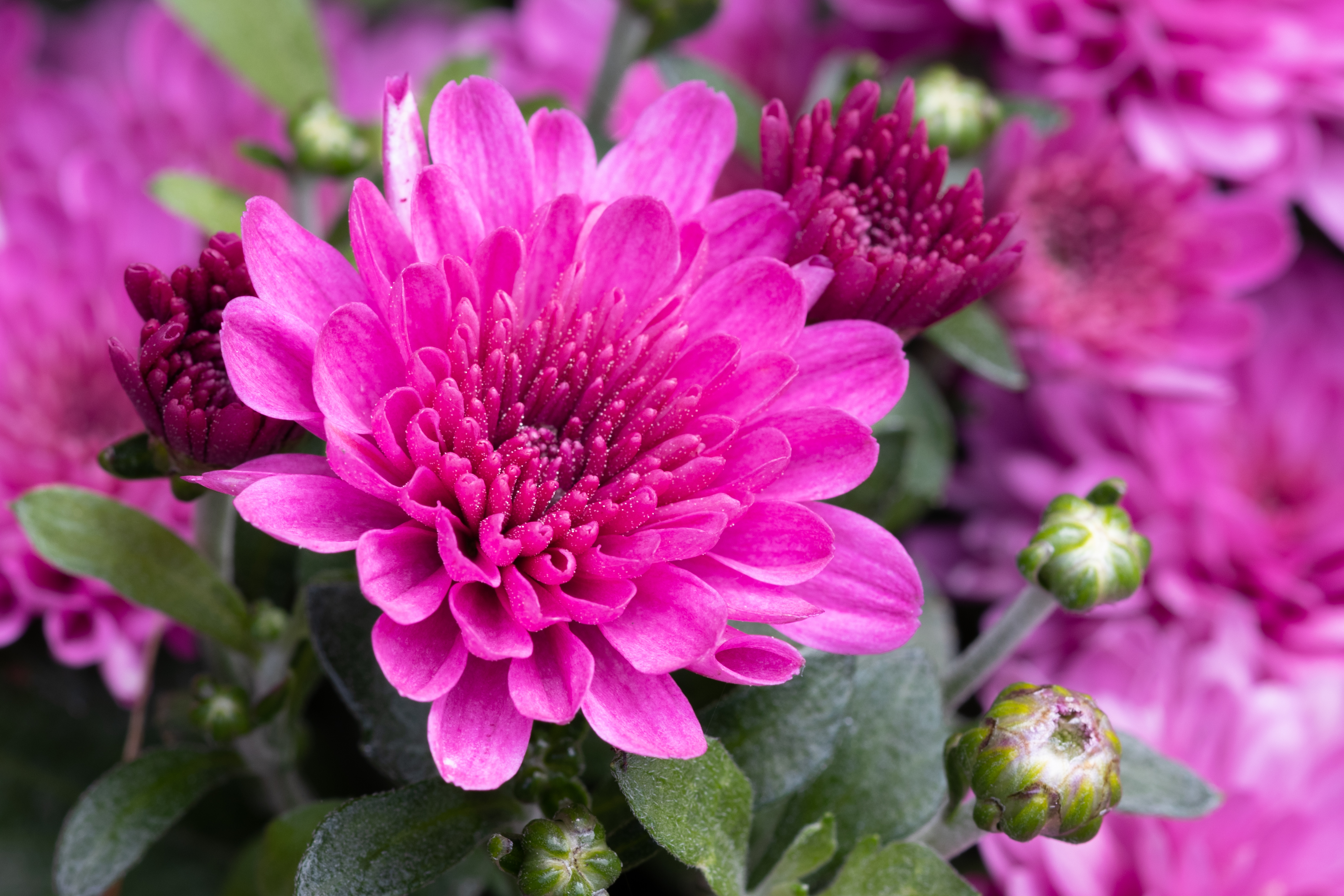
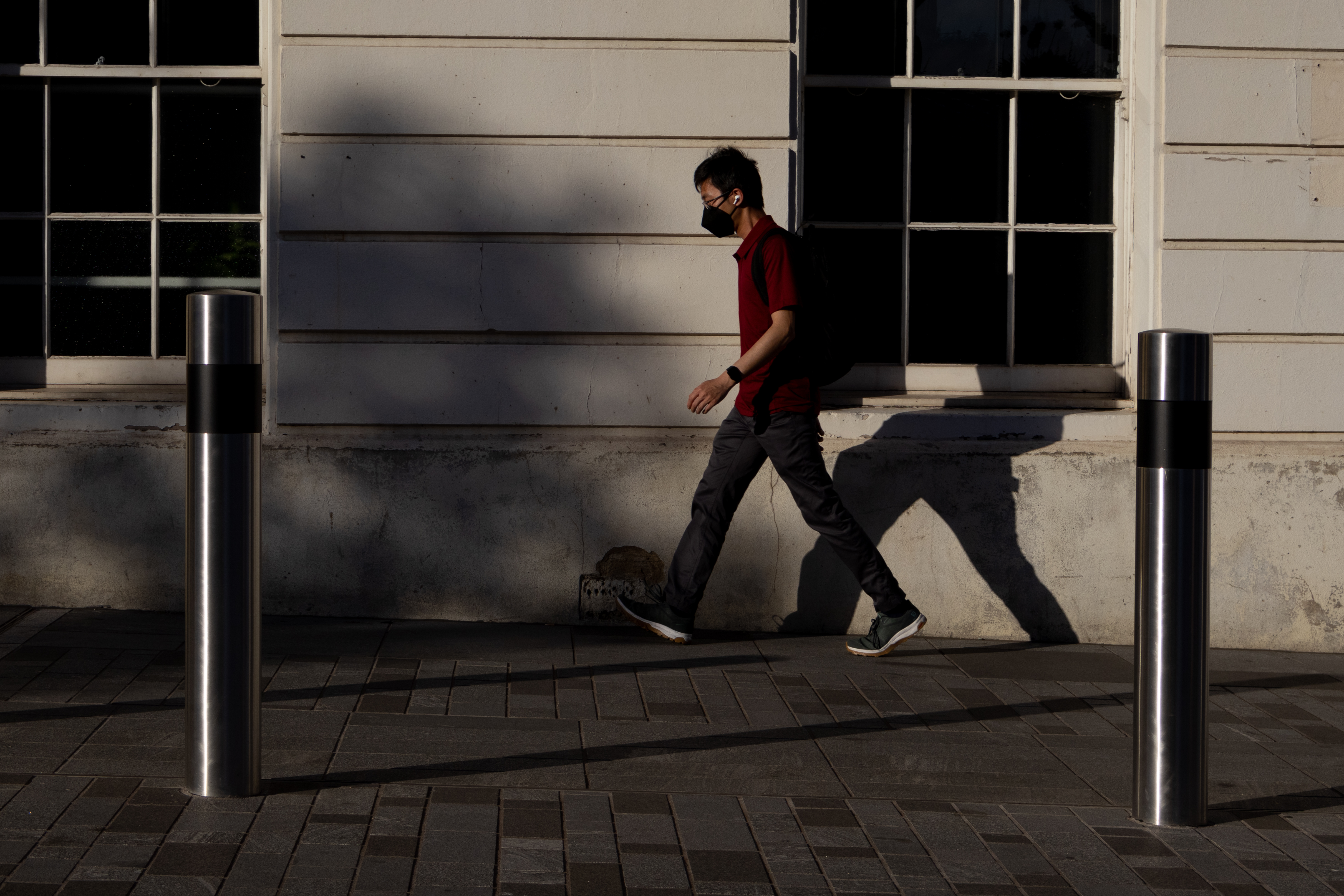
✅ You’re a beginner: We rate the Canon EOS R10 as the best beginner camera you can buy right now, thanks to its usability, affordability and powerful autofocus.
✅ You want a small, affordable hybrid: It’s built more for stills than video, but the EOS R10 can still record uncropped 4K/30p footage oversampled from 6K.
❌ You want a lot of lens choice: Lens availability is a limiting factor for the EOS R10, with few native APS-C glass options available at present.
❌ You shoot a lot of action: Burst speeds are decent, but the limited buffer depth is restrictive when shooting RAW images of action or wildlife.
If you can look past the old-school sensor, we think Canon’s EOS R10 is one of the best entry-level mirrorless cameras for beginners. Fitted with Canon’s powerful Digic X chip, it also benefits from truly modern autofocus abilities. In testing, the processor and AF tracking together proved remarkably powerful. Continuous shooting speeds of 15fps with the mechanical shutter also mean the EOS R10 is a winner if you want to experiment with action photography. Low-light abilities are limited by the lack of in-body image stabilization, but image quality proved decent during our tests, with plenty of detail hiding in the shadows. Video skills are solid too, with 4K footage oversampled at 30fps.
With dual control dials and a dedicated AF joystick, we found that the EOS R10 also made it straightforward for learners to get hands-on with creative shooting. Its lightweight body will also feels comfortably familiar for anyone coming from a DSLR, with the articulating touchscreen making it an easy switch for smartphone photographers. Provided Canon comes out with more native APS-C lenses to grow with, the R10 hits the top spot for beginners.
Read our in-depth Canon EOS R10 review
The best premium Canon camera
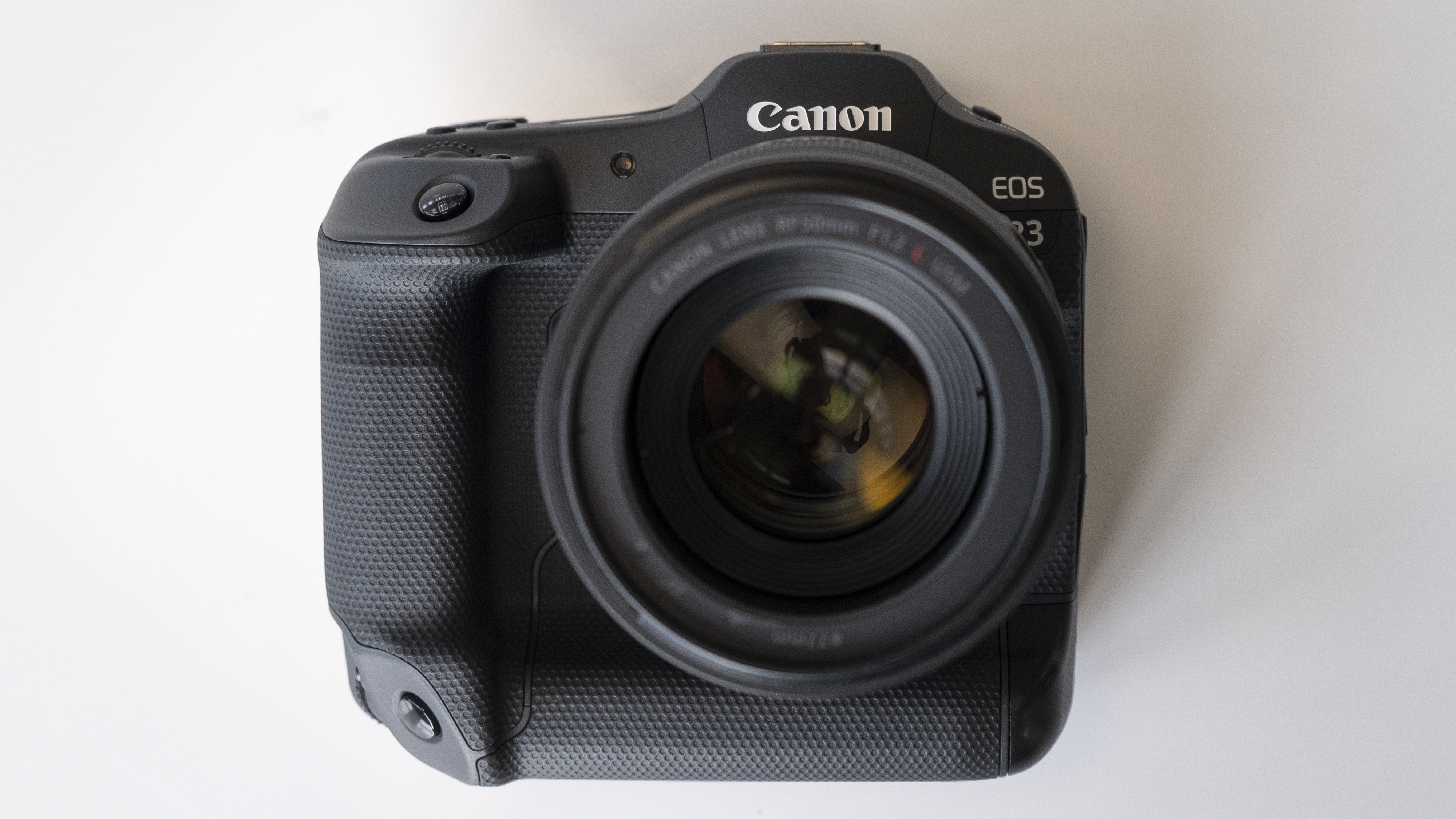
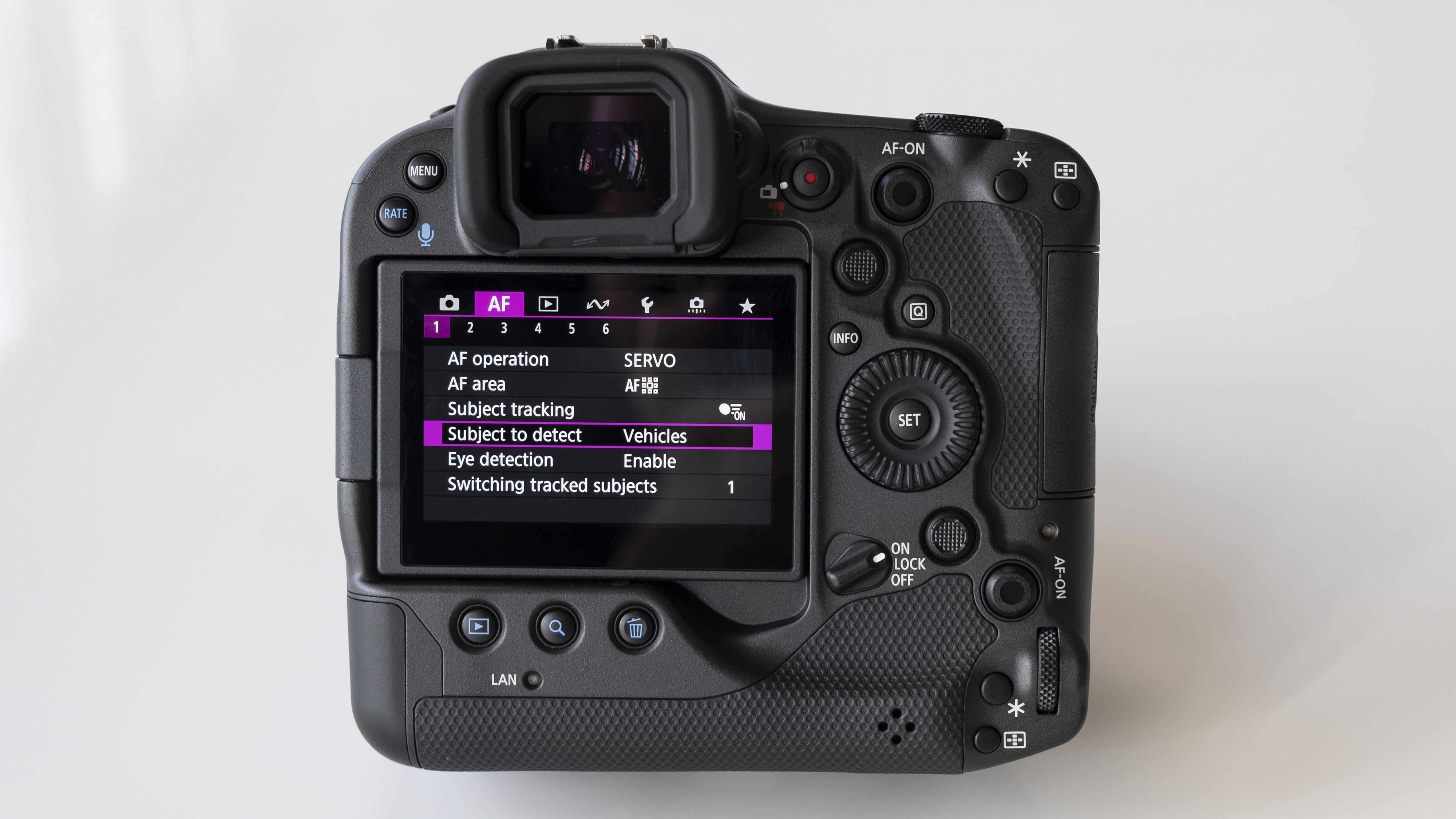
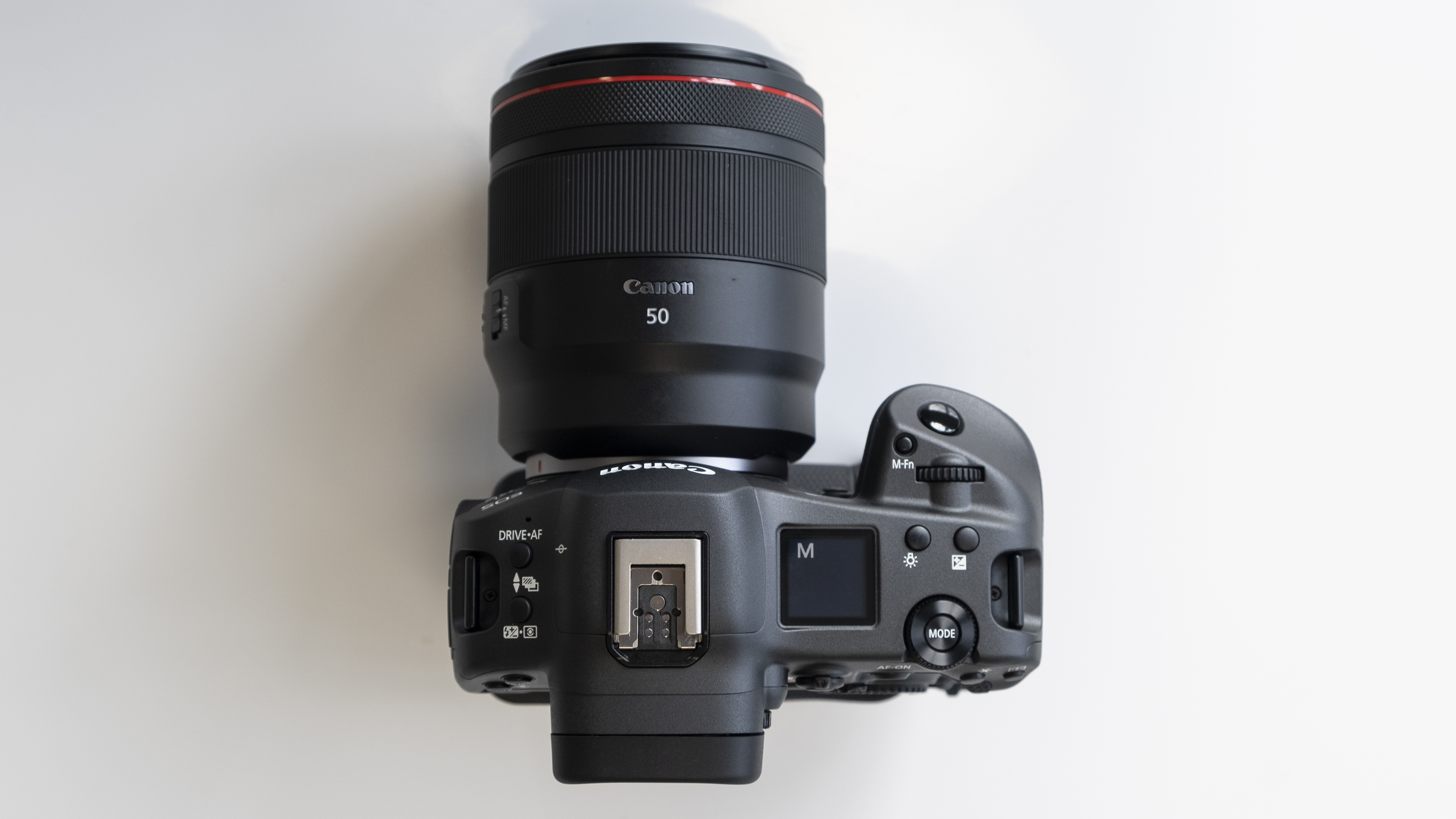
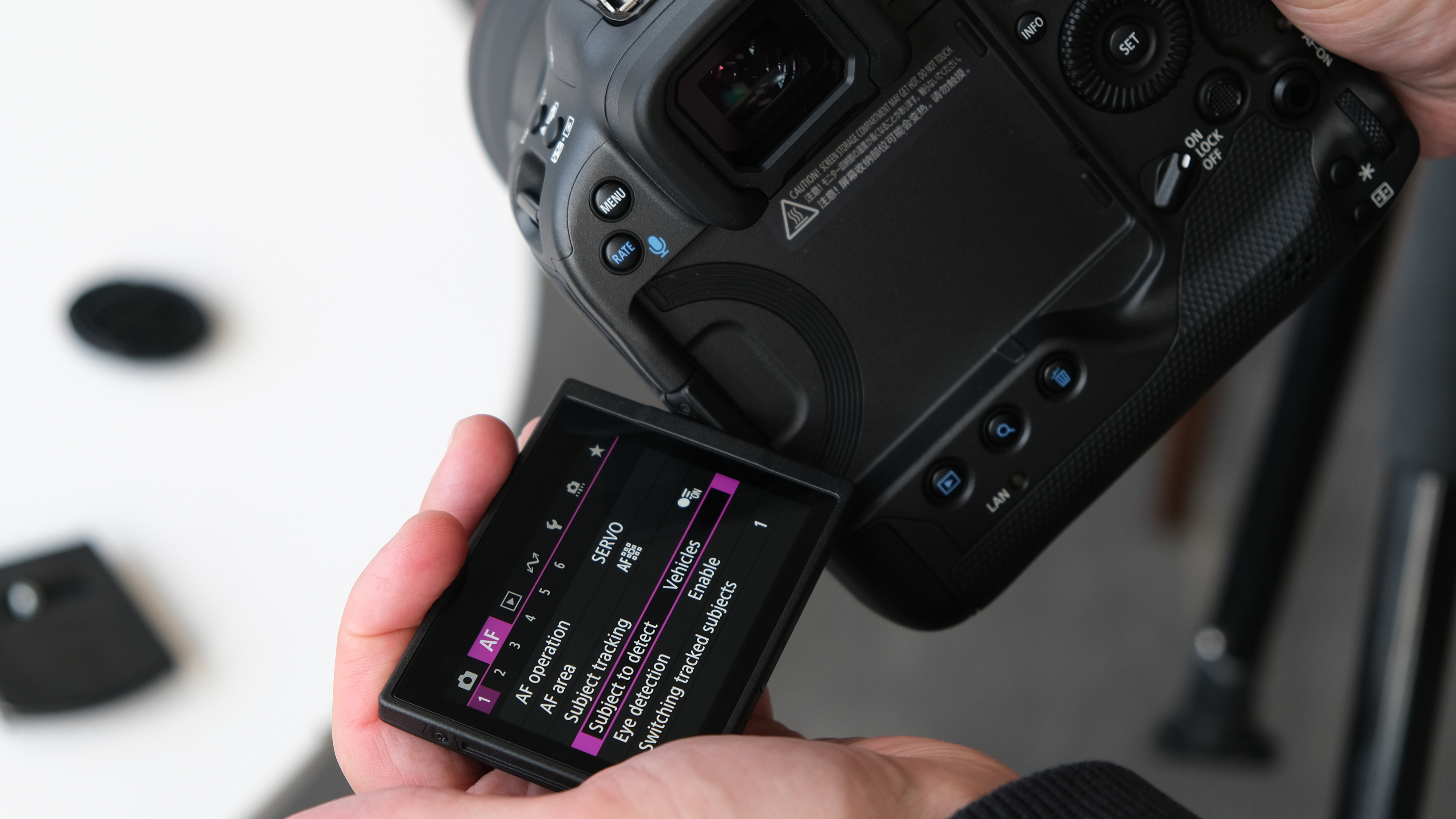
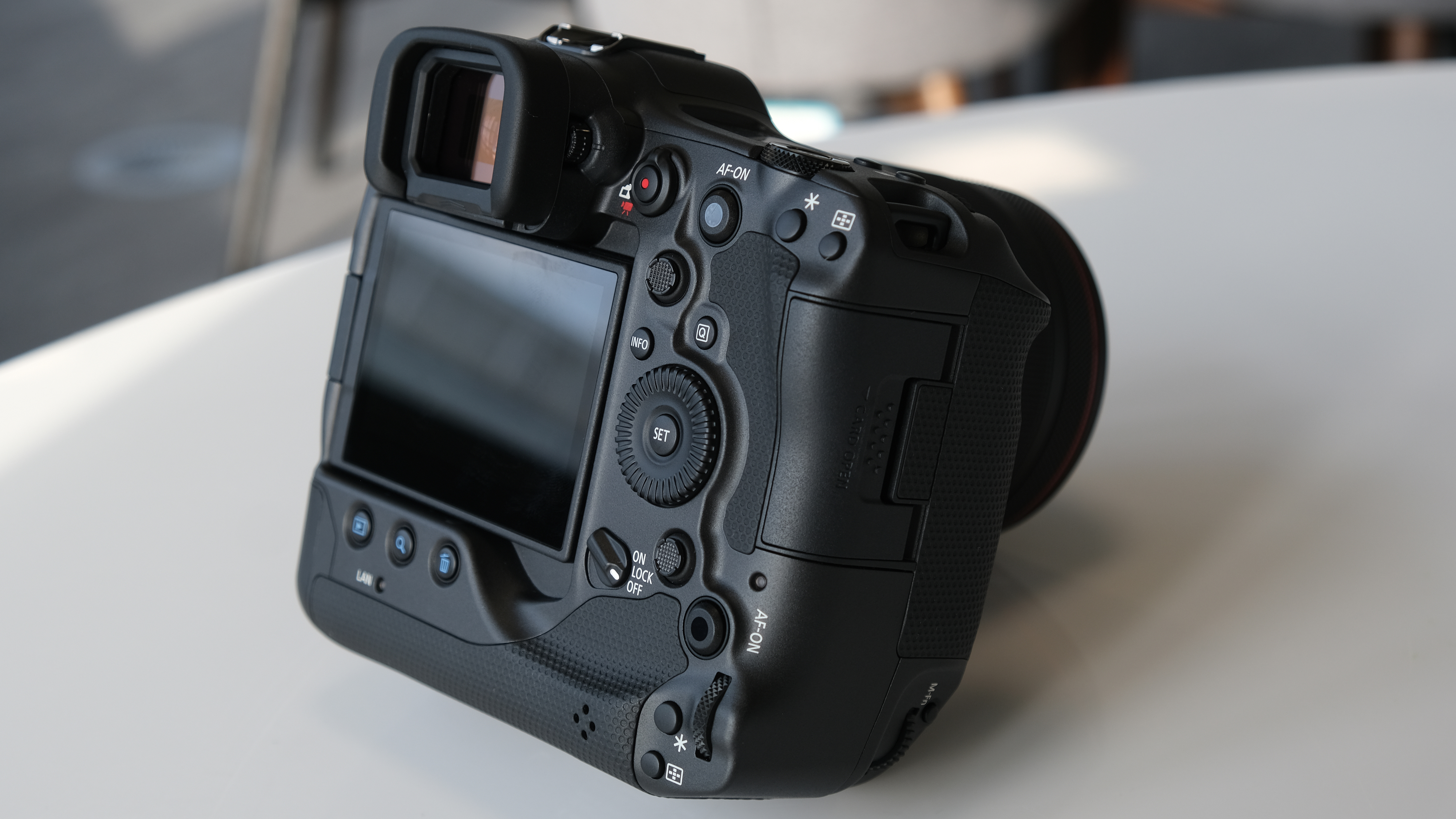
Specifications
Reasons to buy
Reasons to avoid
Canon EOS R3 sample images
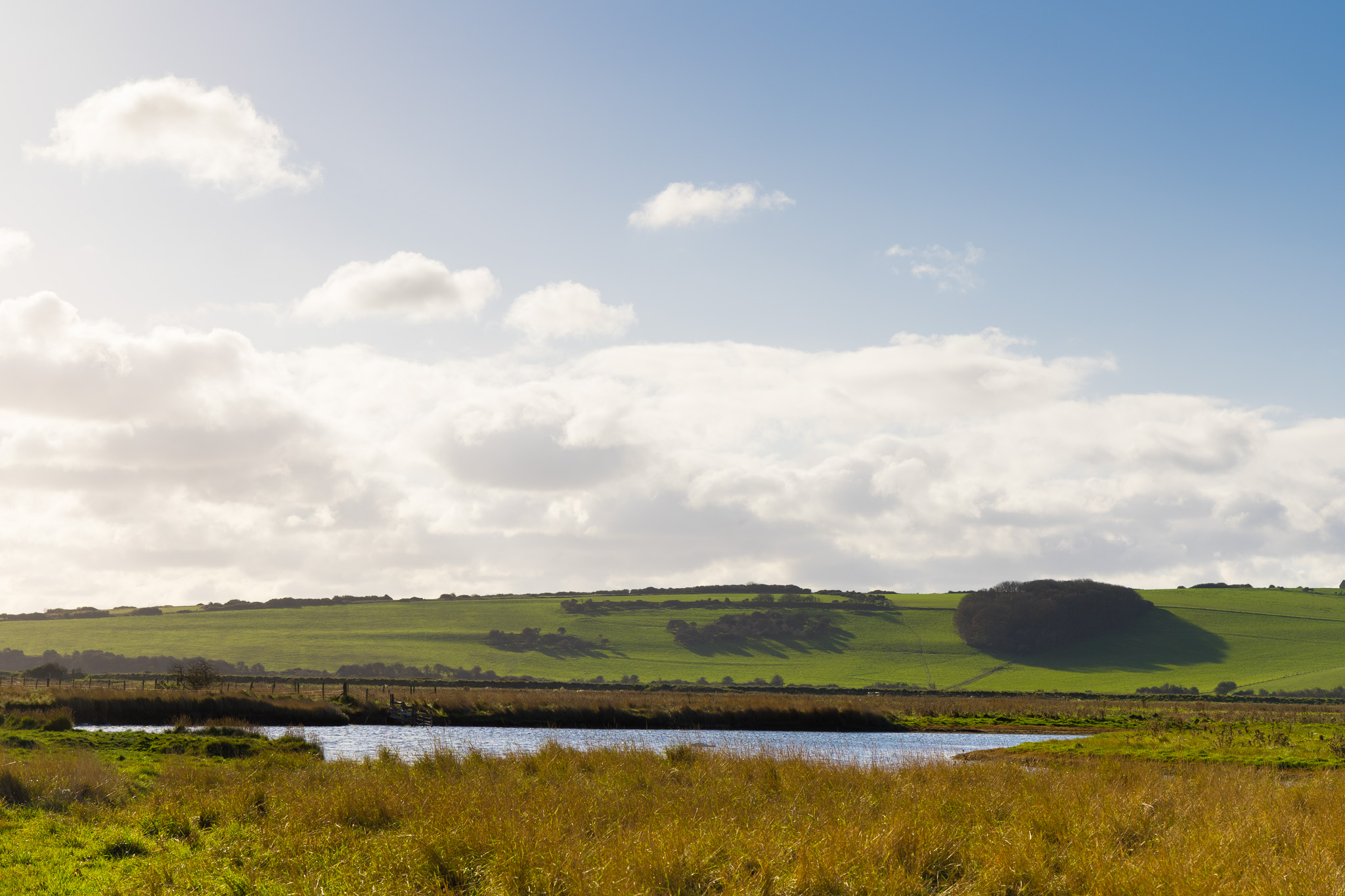
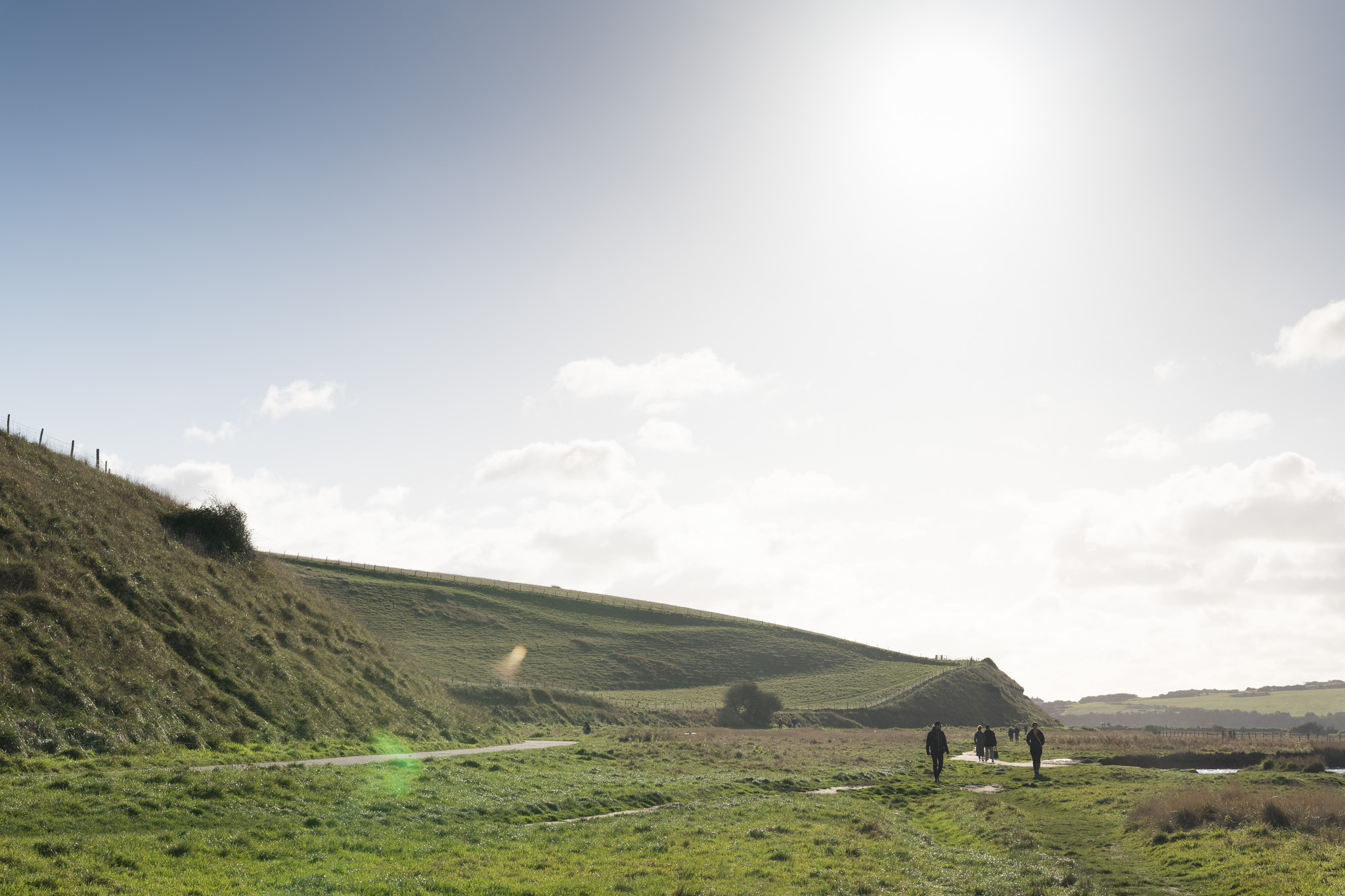
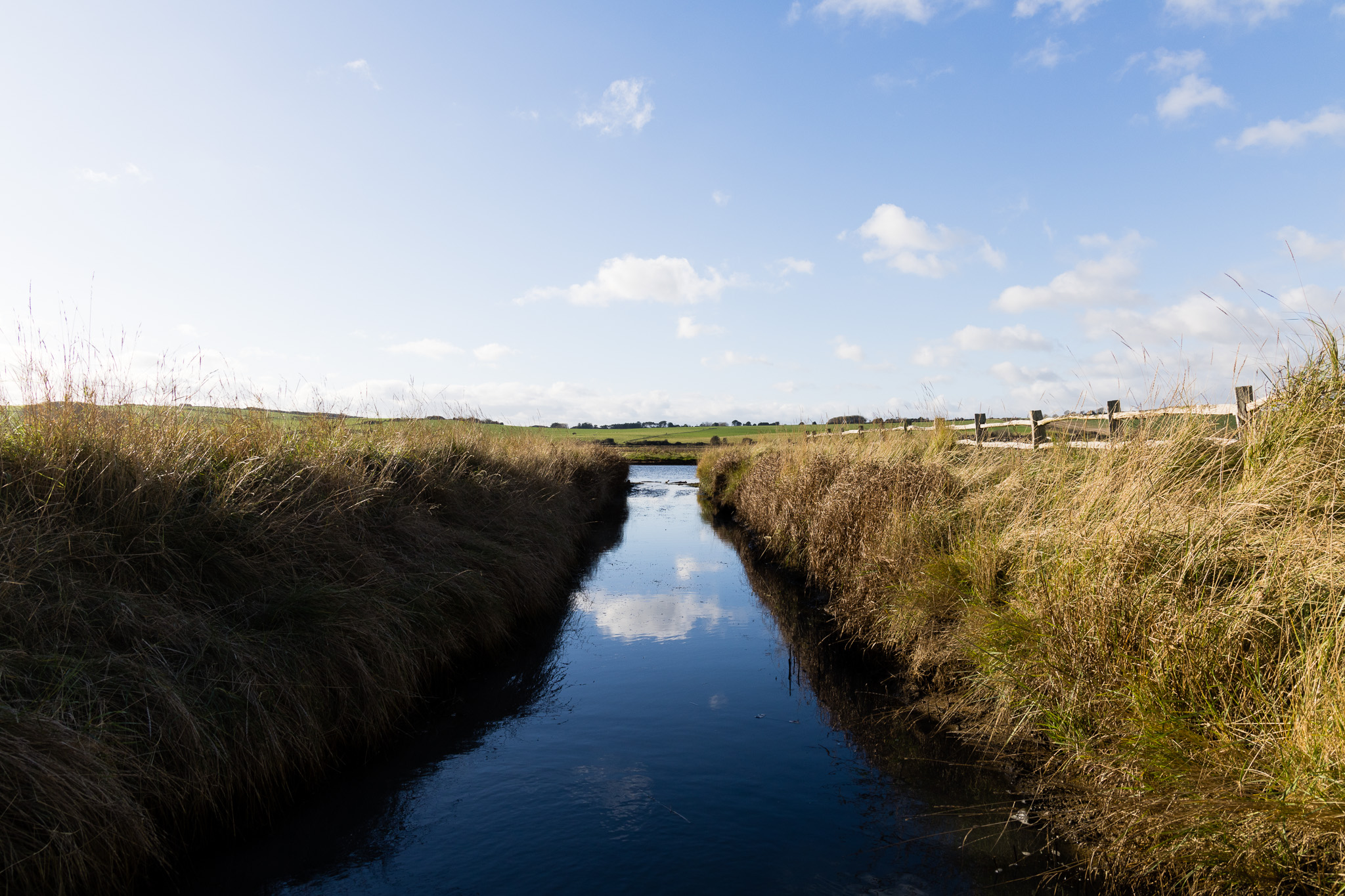
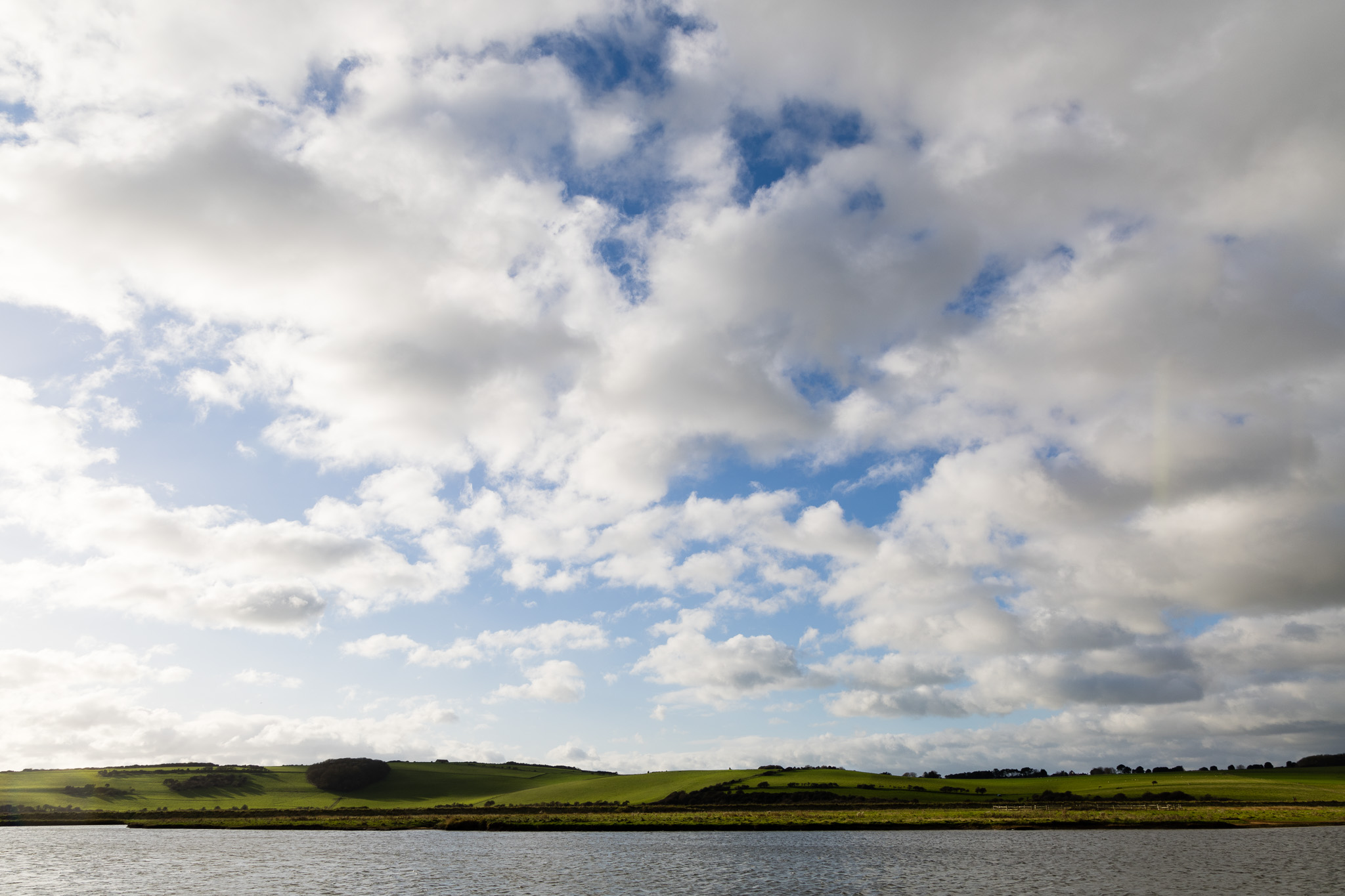

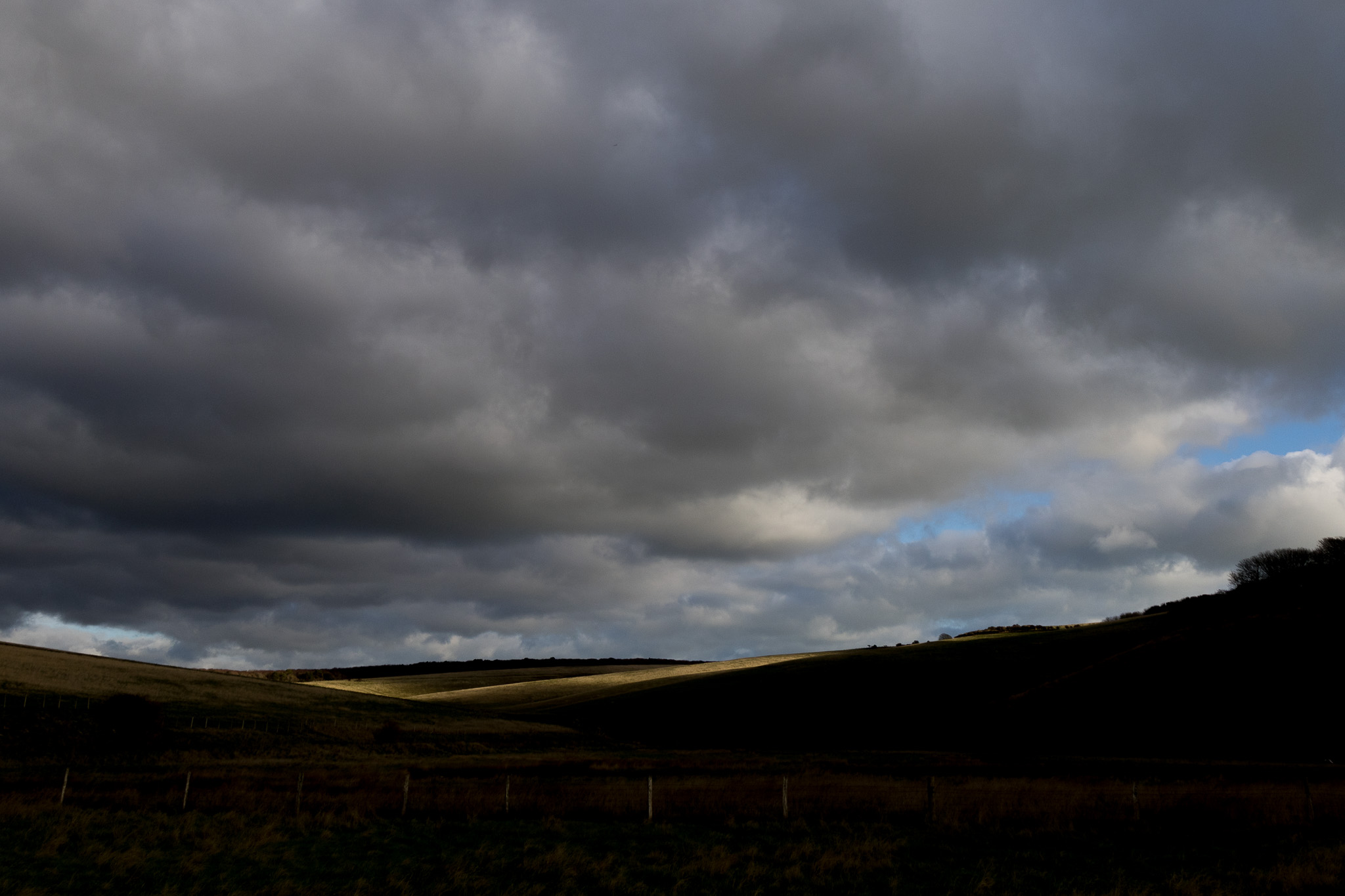
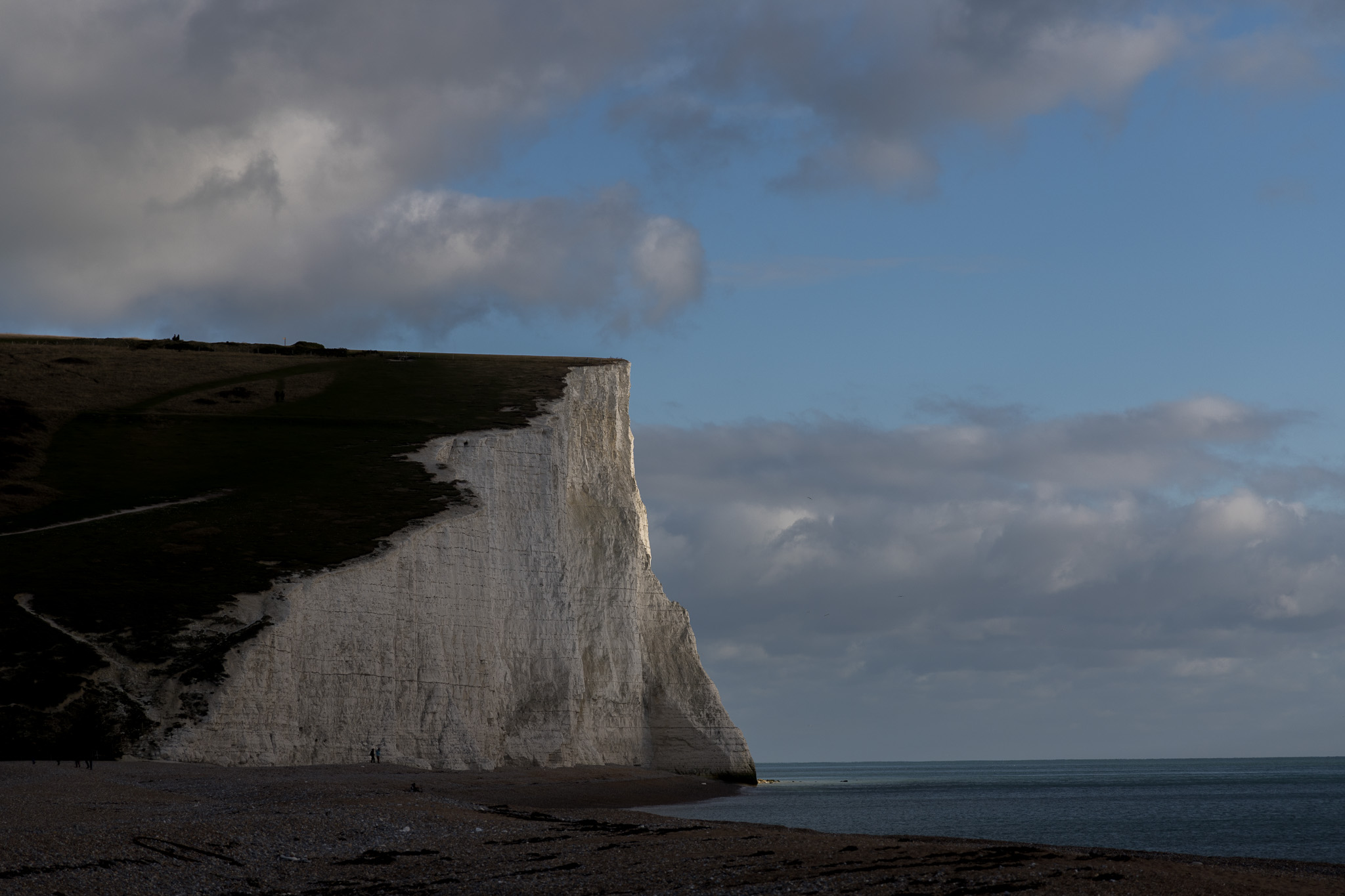
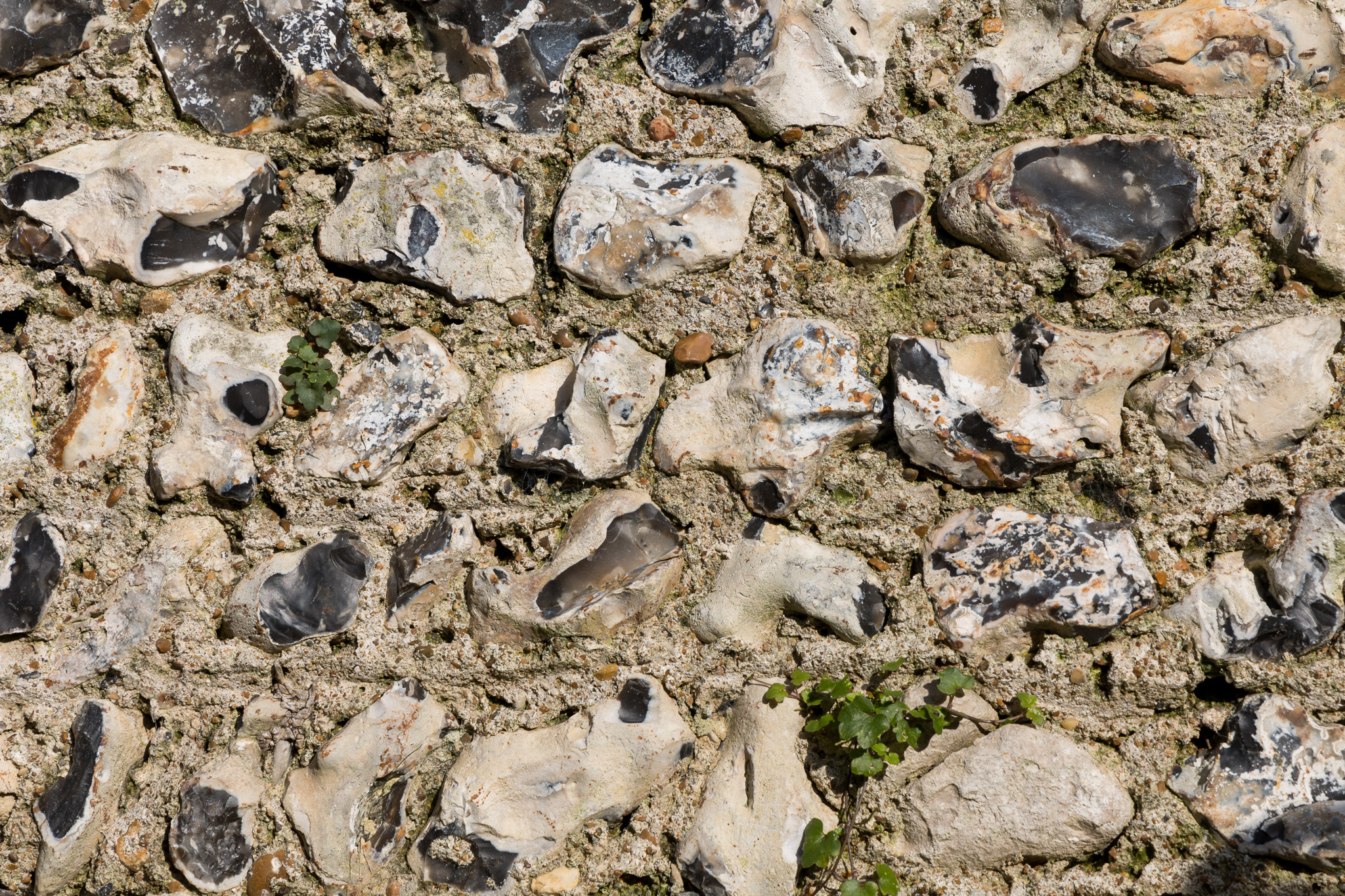
✅ You’re a pro sports photographer: The EOS R3 is built for speed, shooting full-res RAW files at 30fps, with a big buffer depth and rapid autofocus system.
✅ You want a mirrorless hybrid: The EOS R5 shoots sharper 8K video, but the R3 captures oversampled 4K/60p footage with fewer overheating issues.
❌ You need high-res stills: It’s a speed demon, but rivals like the Nikon Z9 and Sony A1 offer fast burst speeds at higher resolutions than the R3’s 24MP.
❌ You want a discreet camera: Unapologetically made for pros, the size of the EOS R3 means it isn’t a camera that goes under the radar.
Styled more like a sports DSLR than the handier EOS R5, the Canon EOS R3 is every bit a professional mirrorless camera. It has fewer megapixels than the EOS R5, because it’s built for speed instead of outright resolution – and if the former is your priority, it’s the best Canon camera you can get. During our extensive time testing the EOS R3, we found it one of the best sports and wildlife cameras we’ve ever tested.
At its core is a 24.1MP stacked CMOS sensor, which we described in our review as a “purring photographic engine”. It can shoot full-quality raw images at a remarkable 30fps, as well as 6K/60p raw video internally without any noticeable rolling shutter. We were also mightily impressed by its autofocus system, and reassured by the tough magnesium alloy build. In short, the EOS R3 is the pinnacle of mirrorless speed. It’s undeniably big and expensive, but if you need an uncompromising Canon camera and can afford to pay the premium, you won’t be disappointed.
Read our in-depth Canon EOS R3 review
The best Canon camera for hobbyists
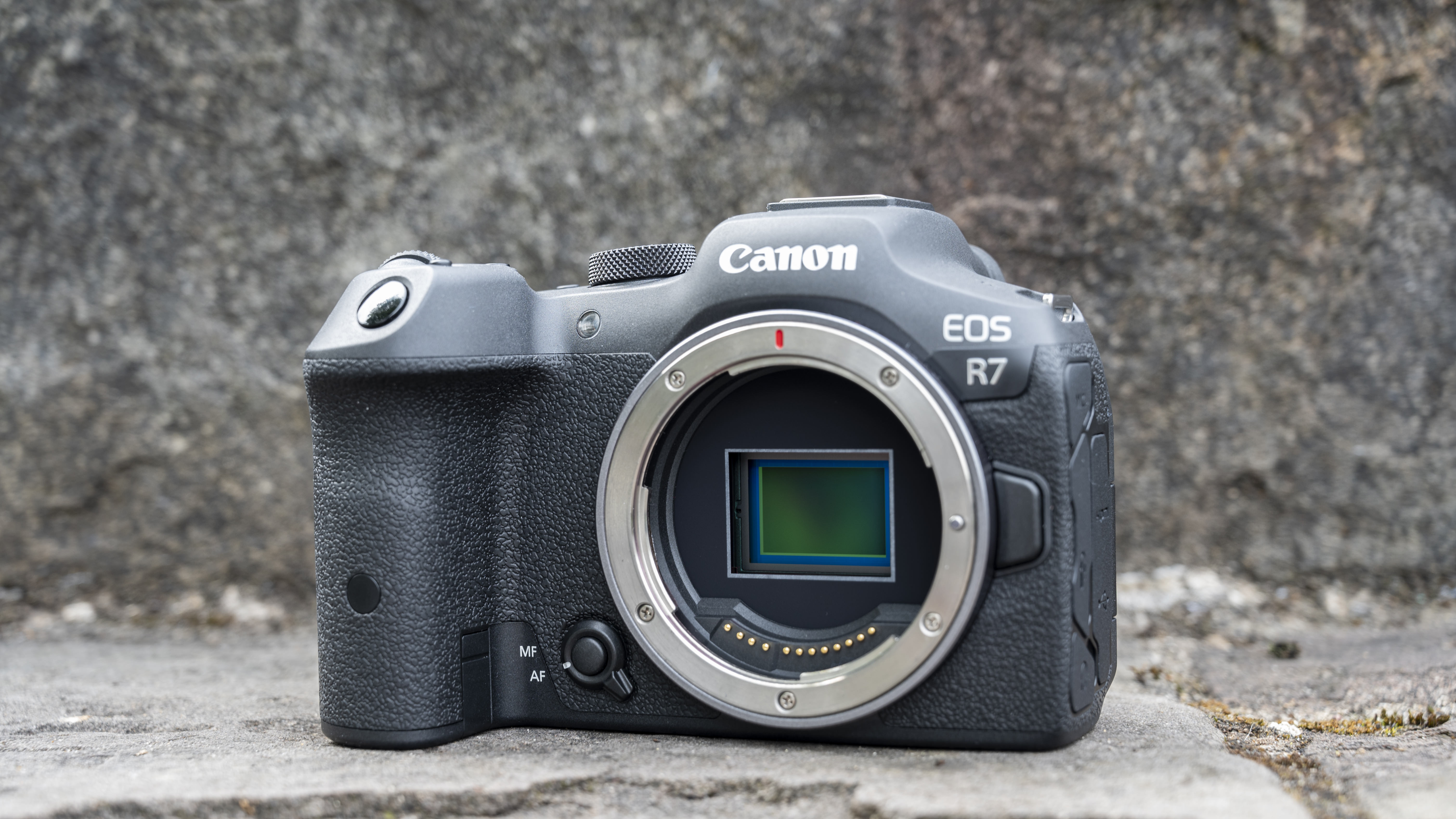

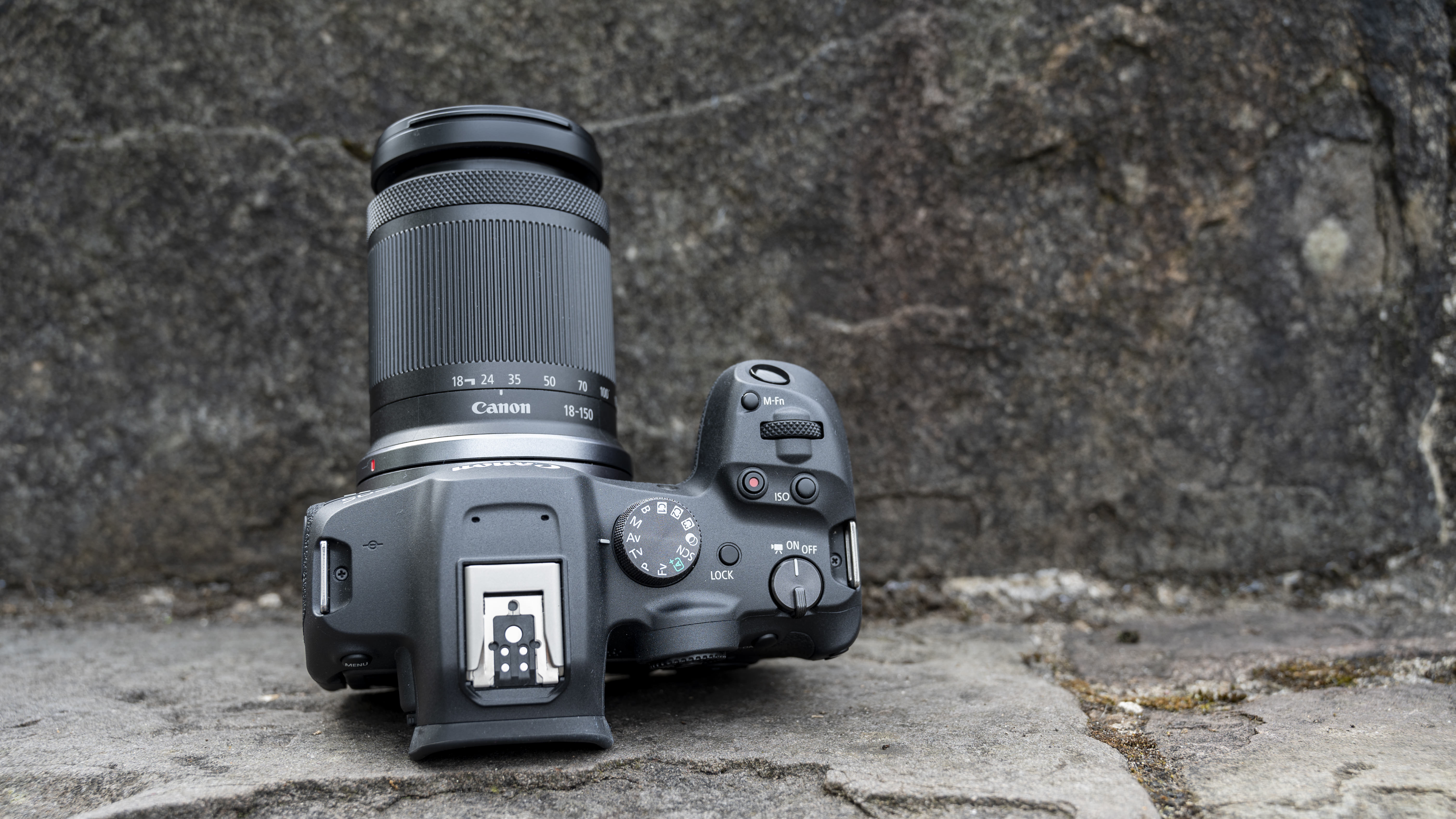

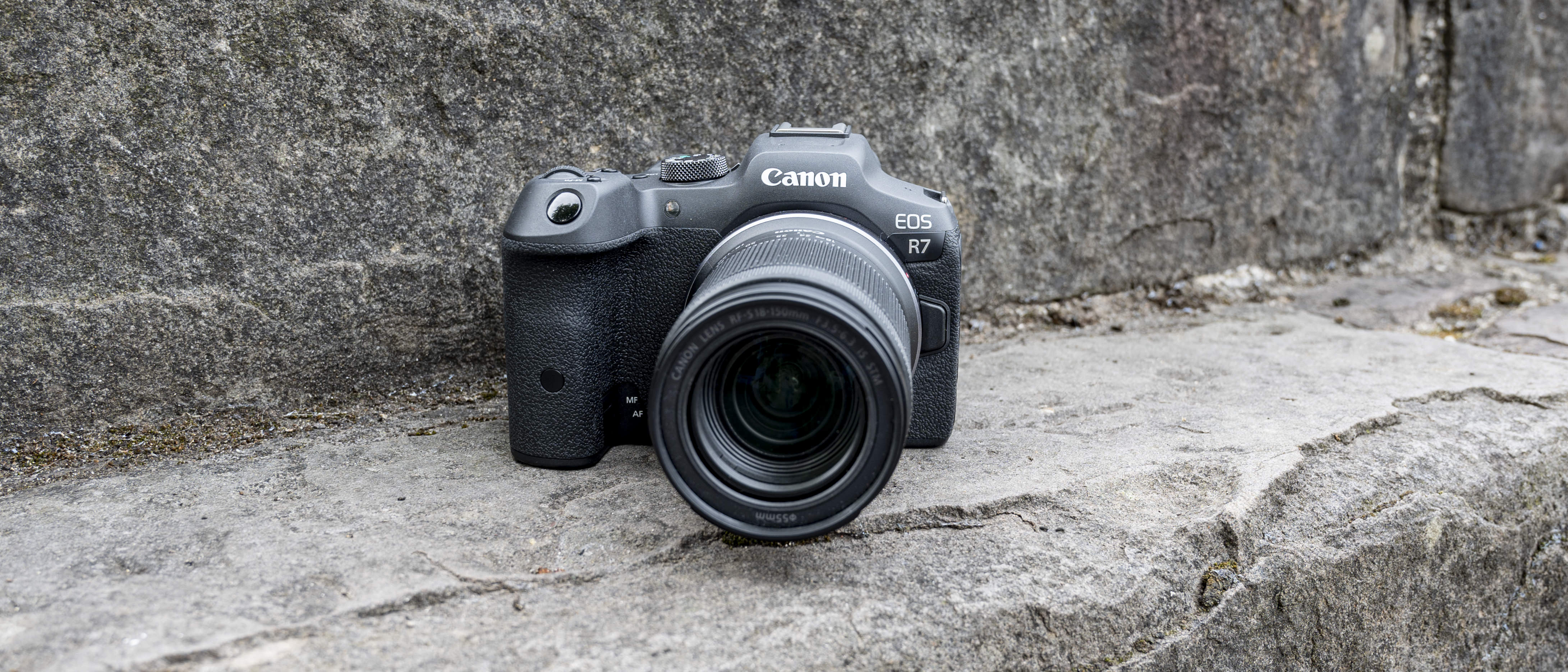
Specifications
Reasons to buy
Reasons to avoid
Canon EOS R7 sample images
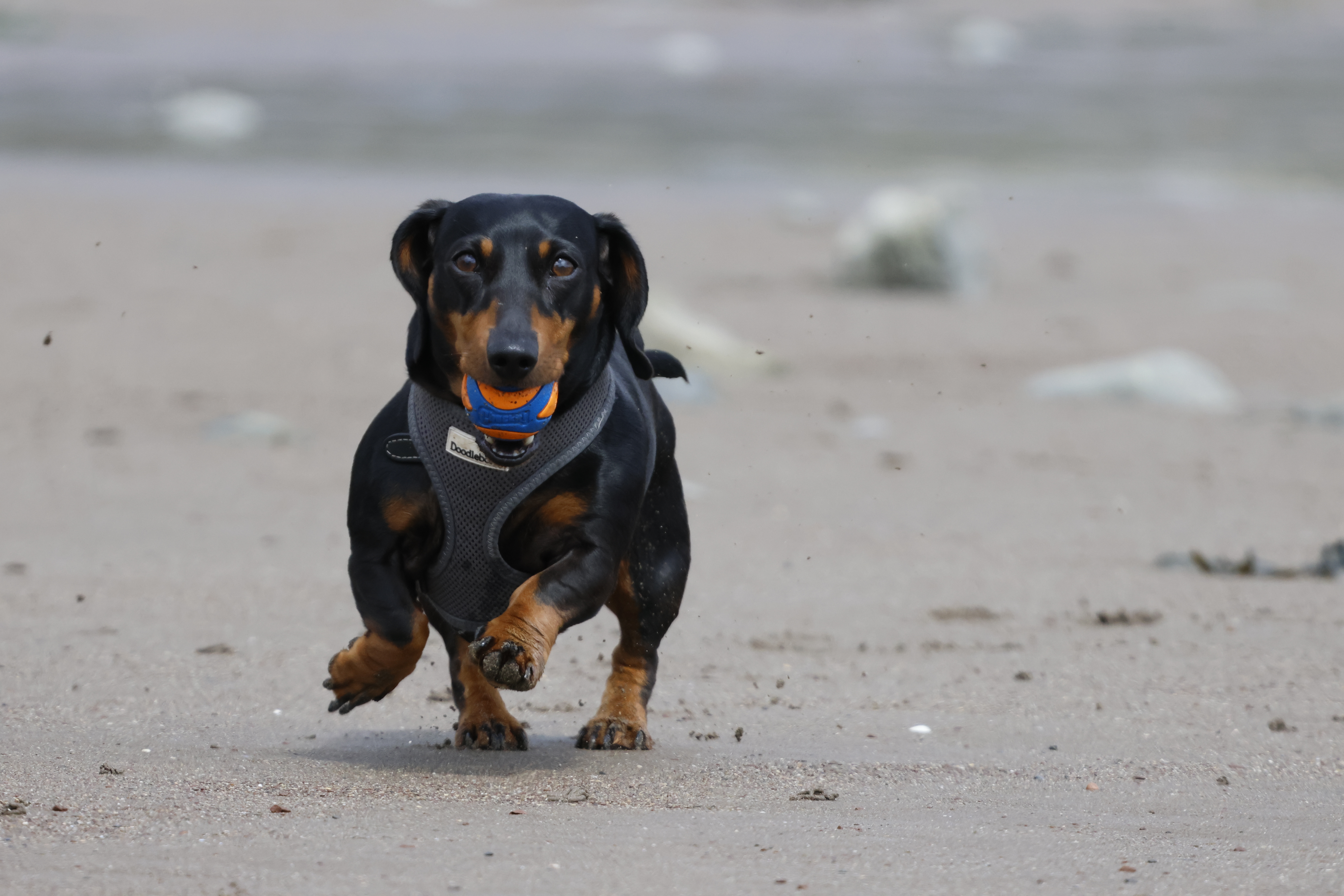

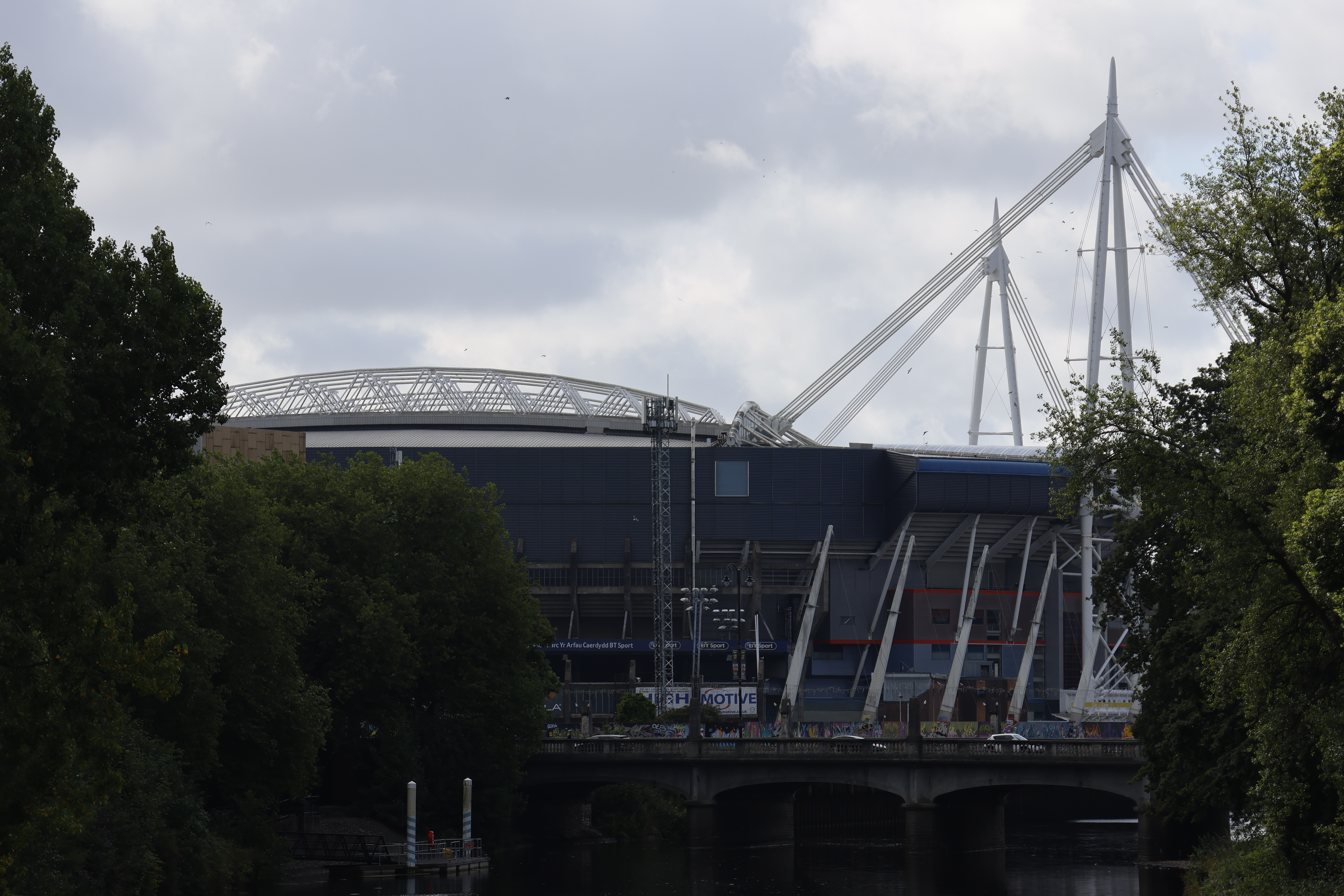
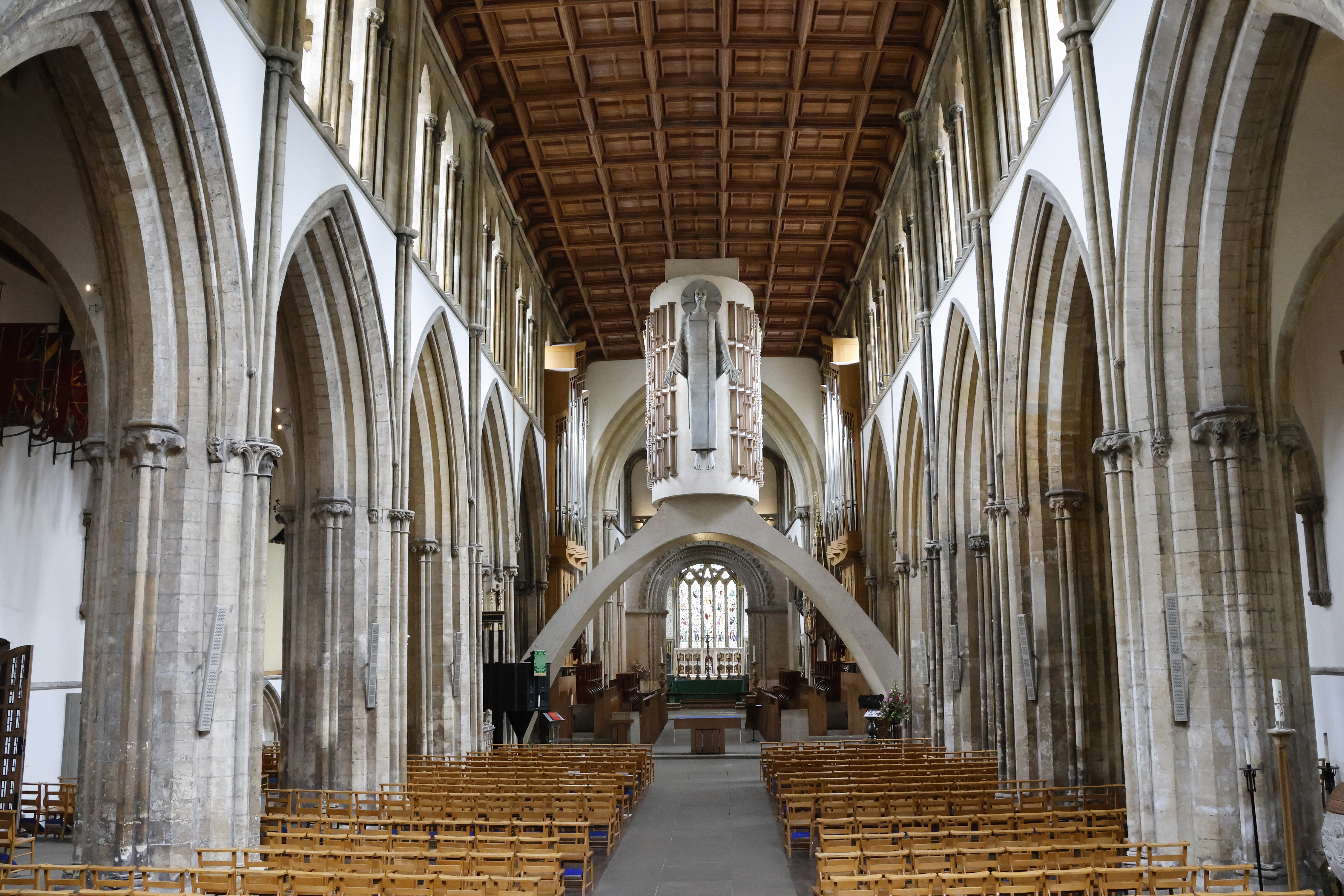

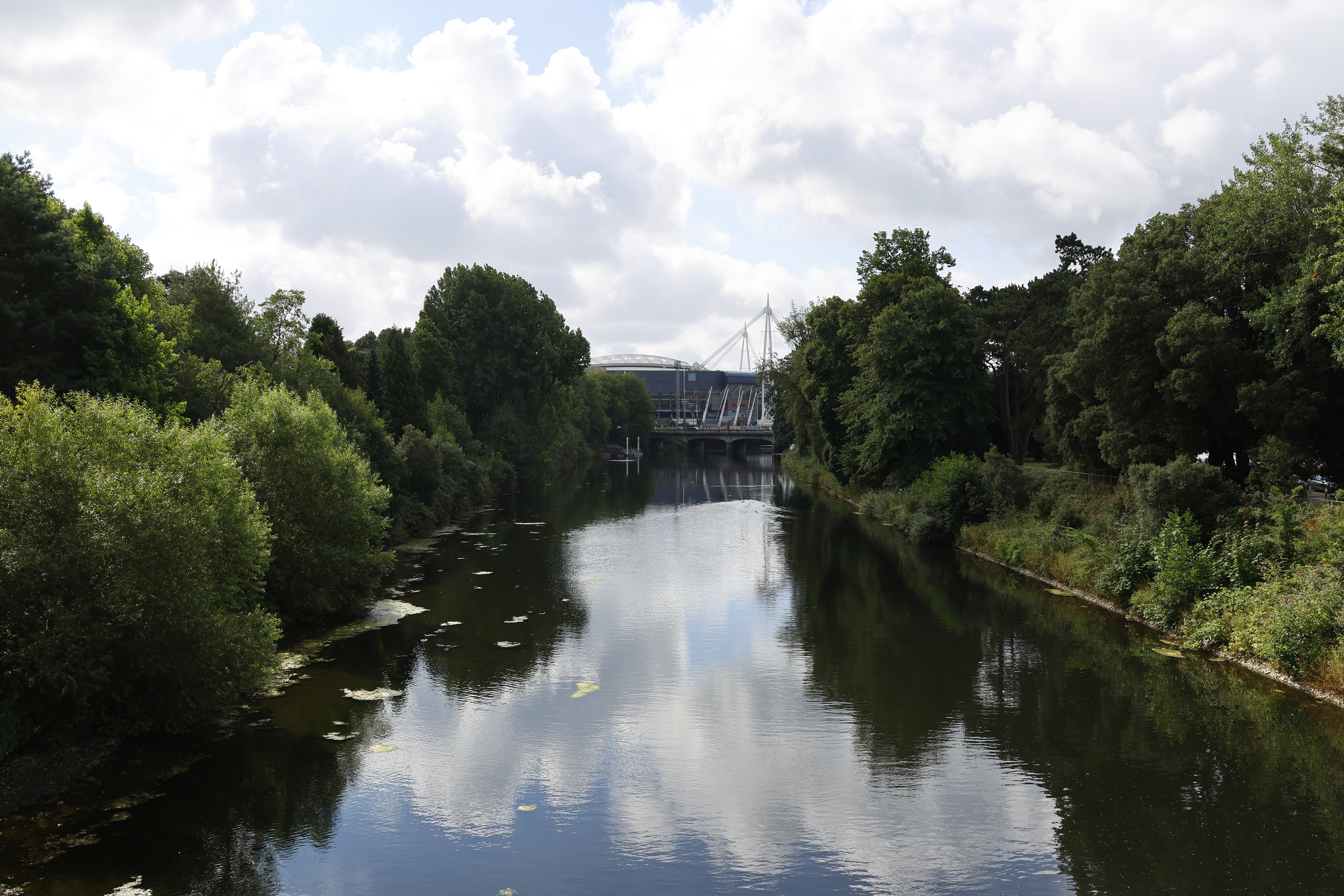


✅ You want a small all-rounder: Its APS-C sensor gives the EOS R7 travel-friendly dimensions, while its kit lens covers a useful 18-150mm focal range.
✅ You want a budget sports camera: The EOS R7 makes excellent subject-tracking autofocus available to those without top-end full-frame budgets.
❌ You want a lot of lens choice: There are few native RF-S lenses available at present, which makes a camera like the Sony A6700 more appealing.
❌ You shoot a lot in low light: The APS-C sensor takes lovely stills, but full-frame Canon cameras perform better in dim conditions.
Hitting the APS-C sweet spot, we think the EOS R7 is one of the top options in Canon’s line-up for enthusiast shooters – offering a generous feature set while undercutting its full-frame cousins. One of the highlights is Canon’s latest Dual Pixel CMOS AF II autofocus, which proved both rapid and reliable in testing. Electronic burst speeds of up to 30fps also make the R7 a dream for sports and wildlife photography, with in-body image stabilization offering eight stops of compensation when shooting handled.
Overall, our real-world usage proved that the EOS R7 can produce lovely images in a wide range of conditions. Low-light results aren’t quite on par with Canon’s full-frame models, but it’s hard to argue when you’re getting such impressive versatility and value. That includes two UHS-II card slots, an articulating touchscreen, and the ability to shoot uncropped 4K/60p video. It's also a nice camera to use, with a comfortable grip and accessible control layout. All that’s really holding the Canon EOS R7 back right now is a lack of native lenses, which Canon will surely address if the RF-S system becomes as popular as it should be.
Read our in-depth Canon EOS R7 review
The best Canon EOS R5 II alternative
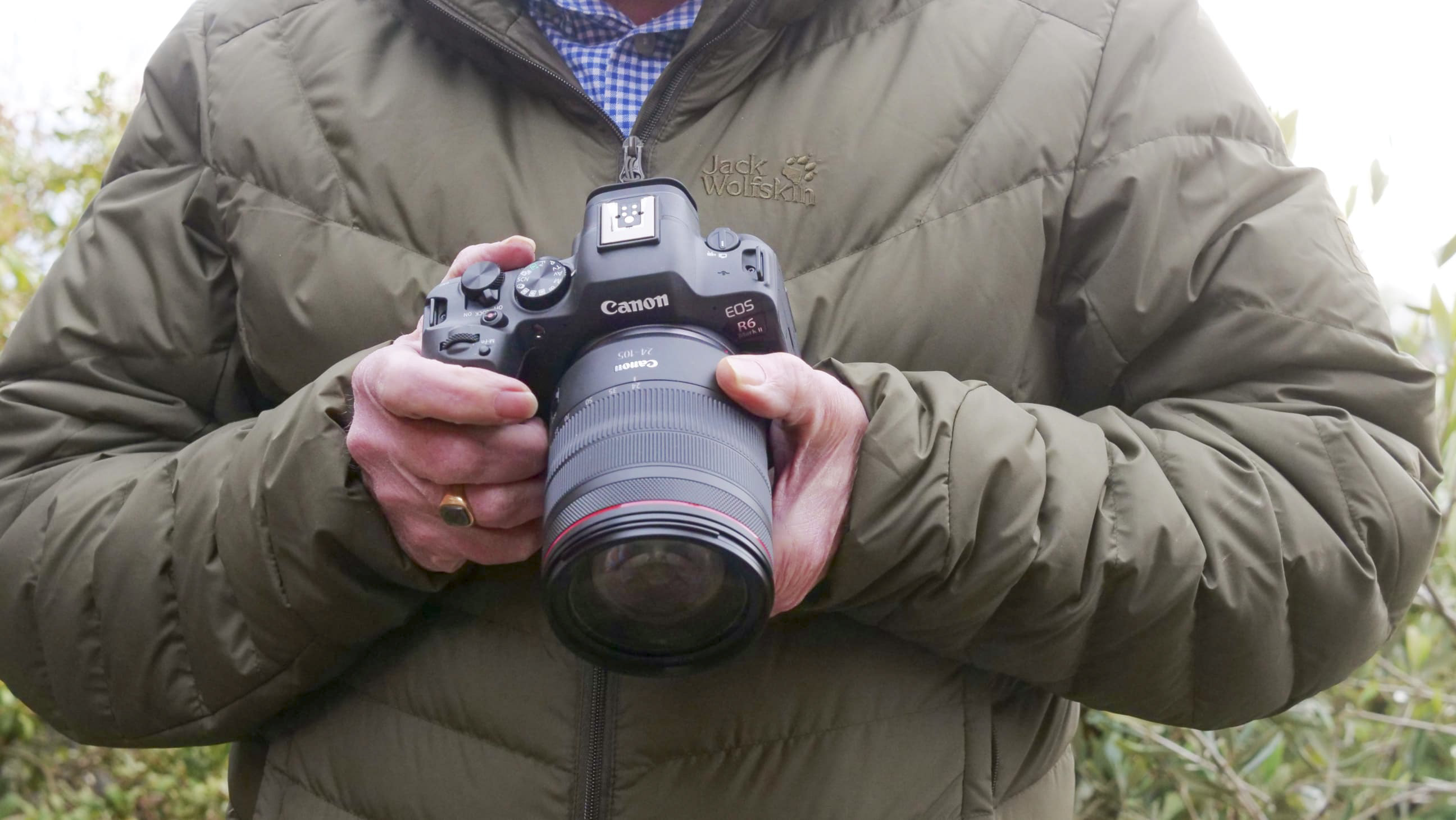
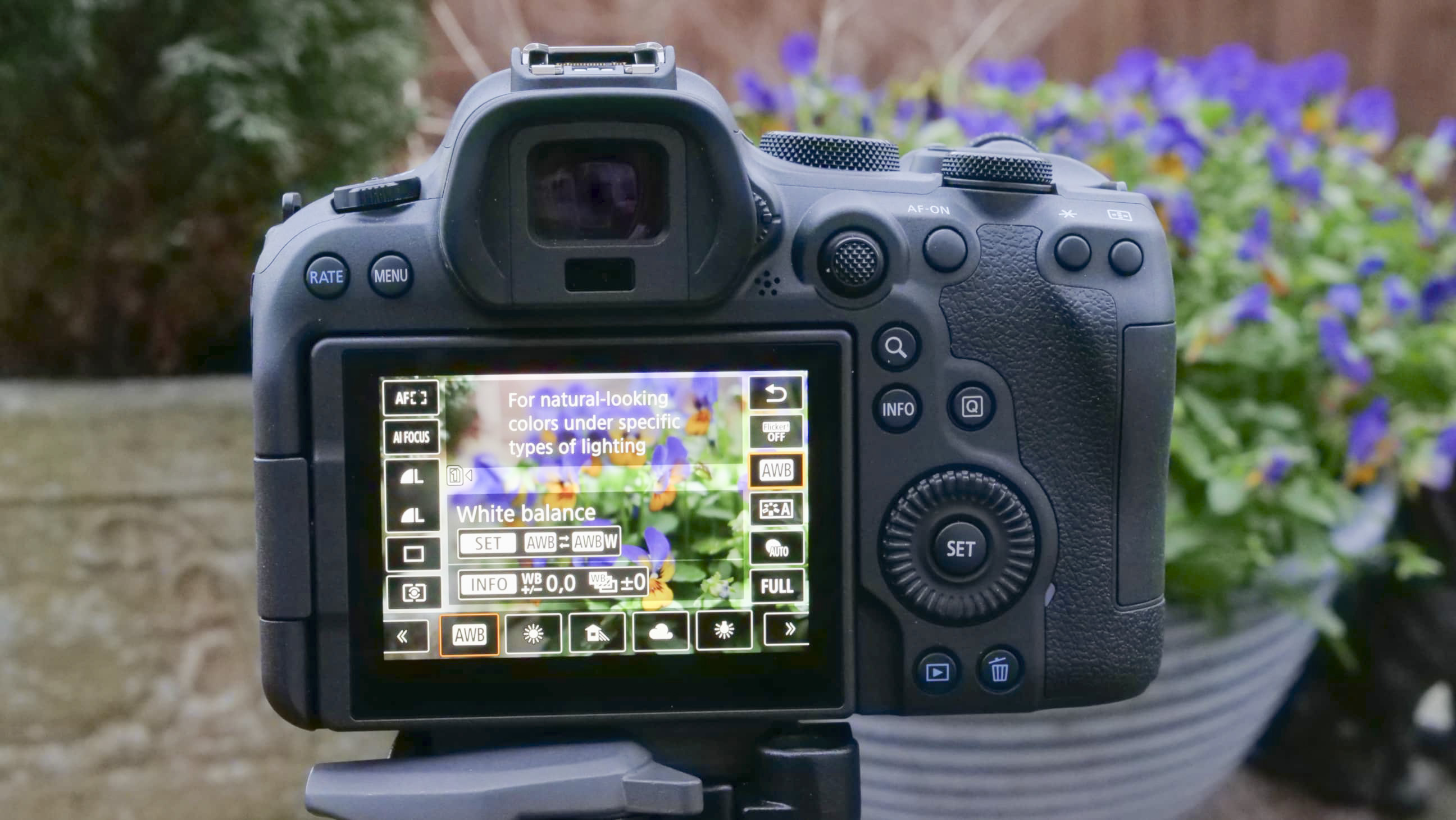
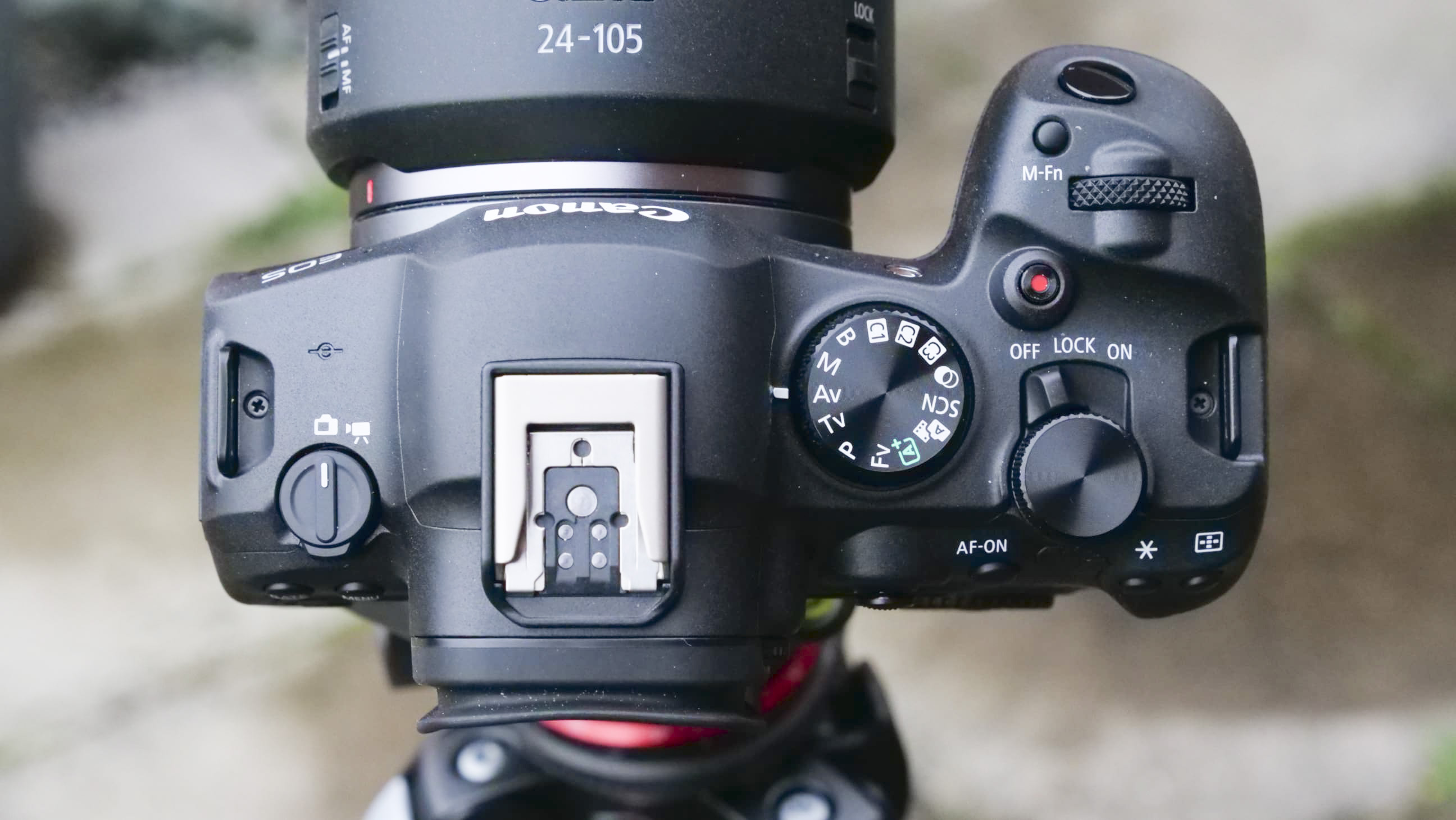
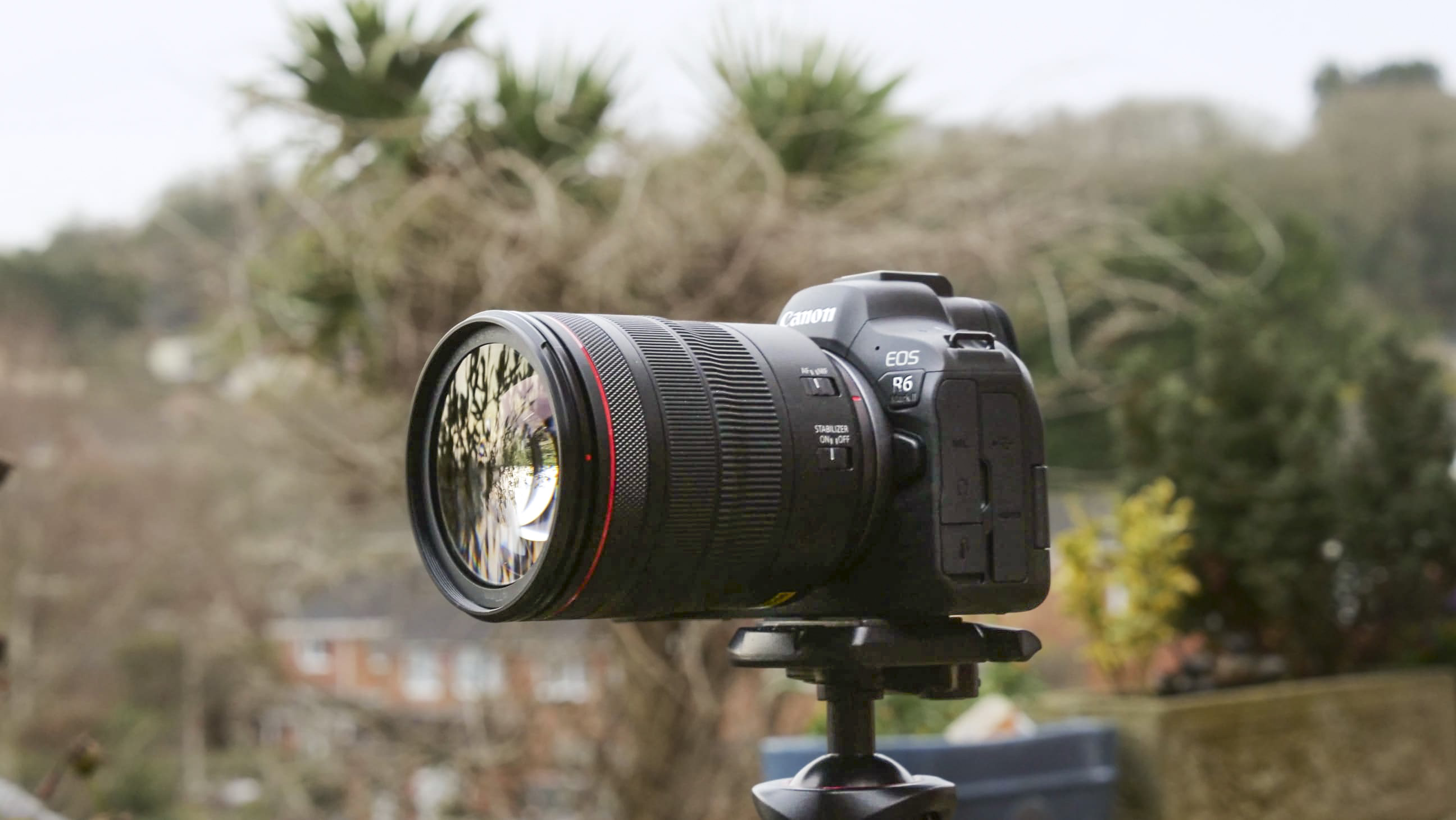
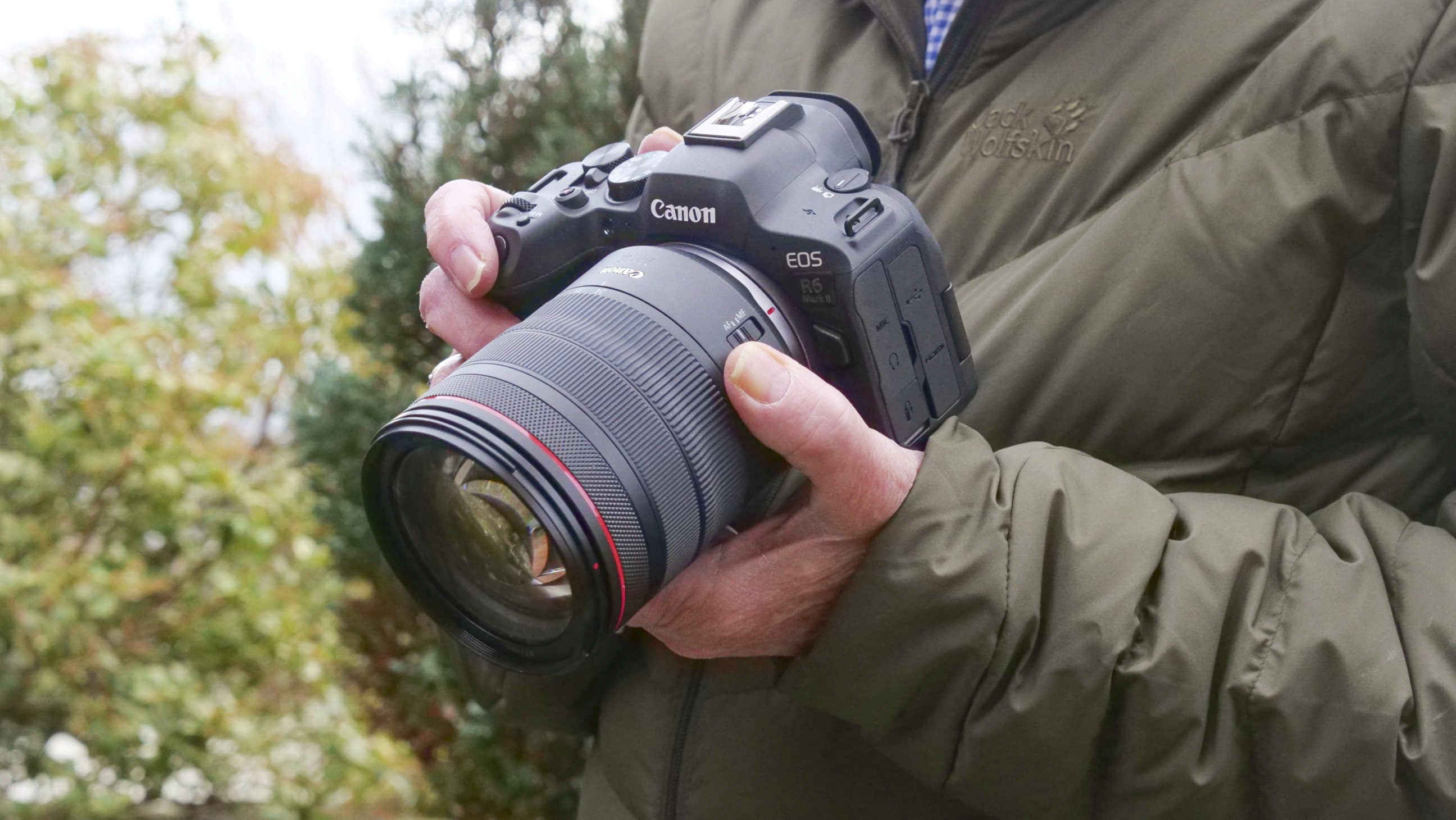
Specifications
Reasons to buy
Reasons to avoid
Canon EOS R6 II sample images
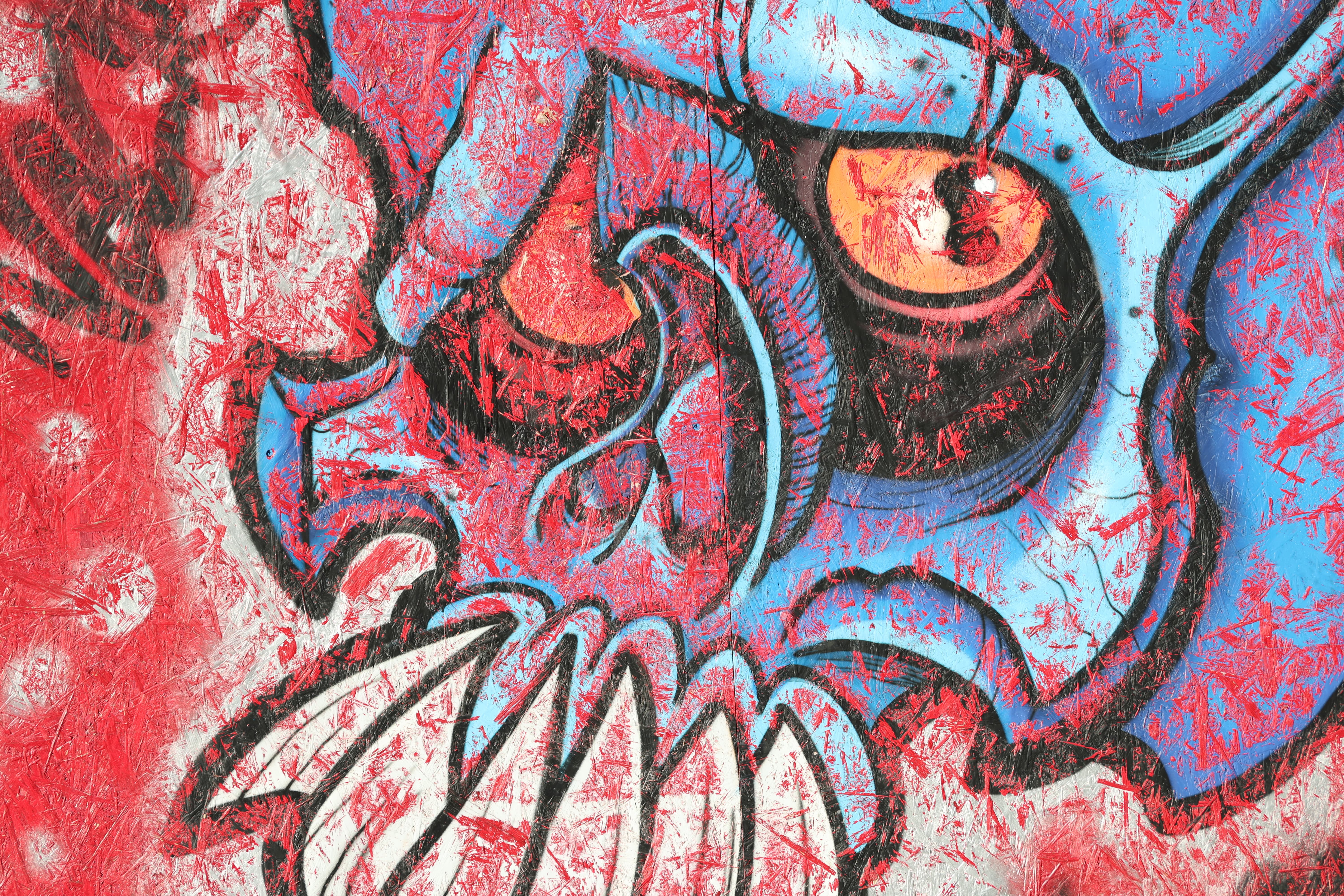
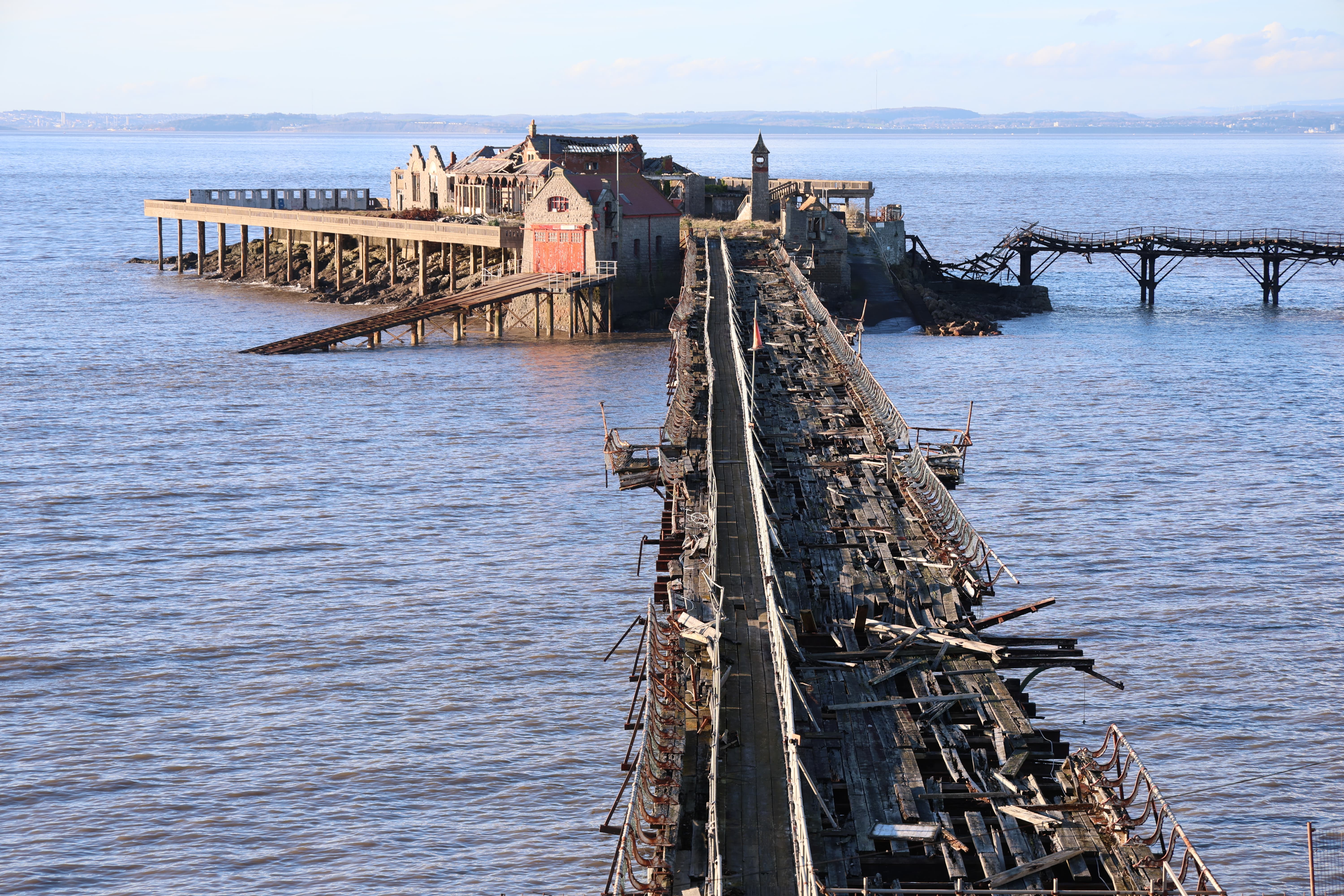
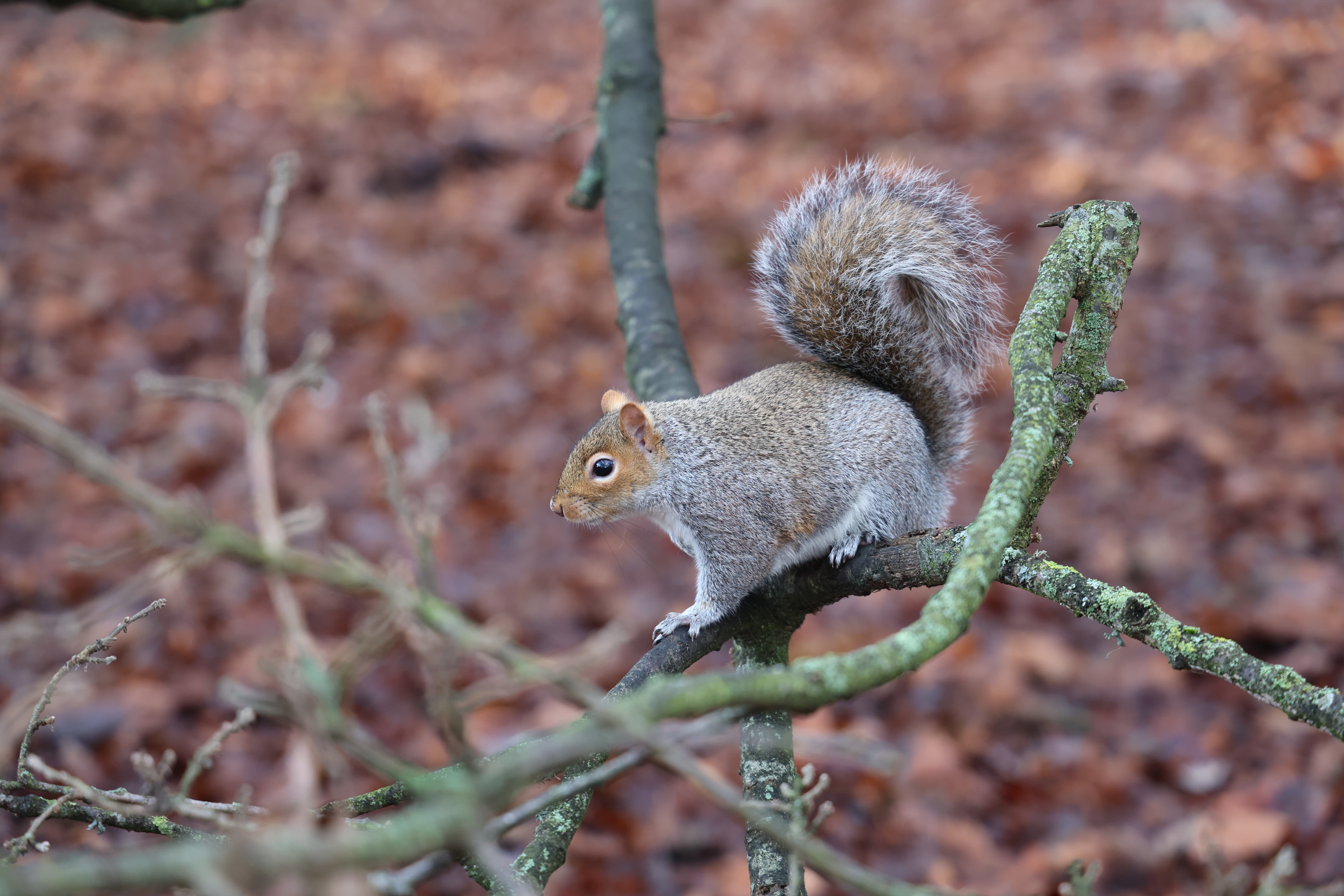
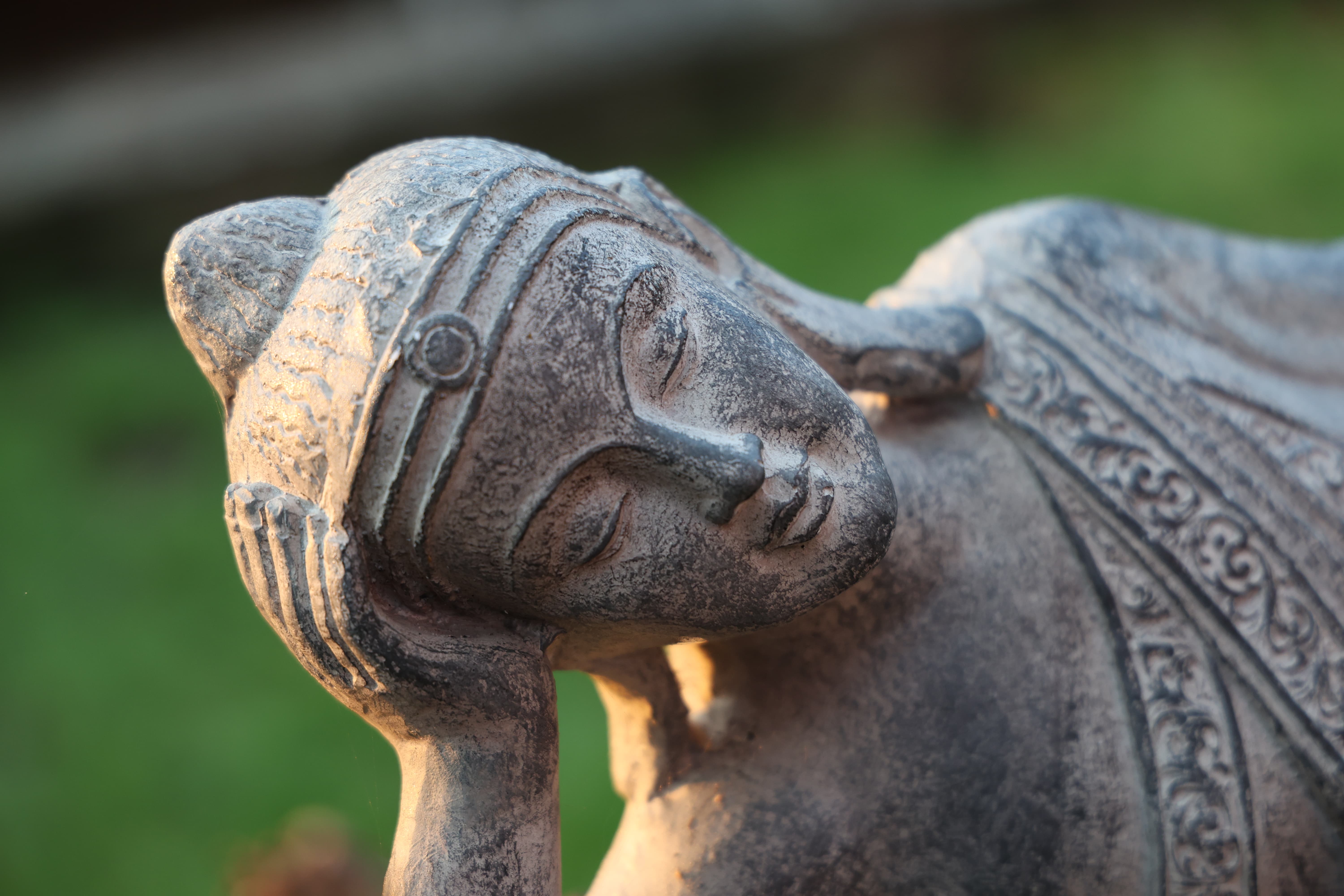
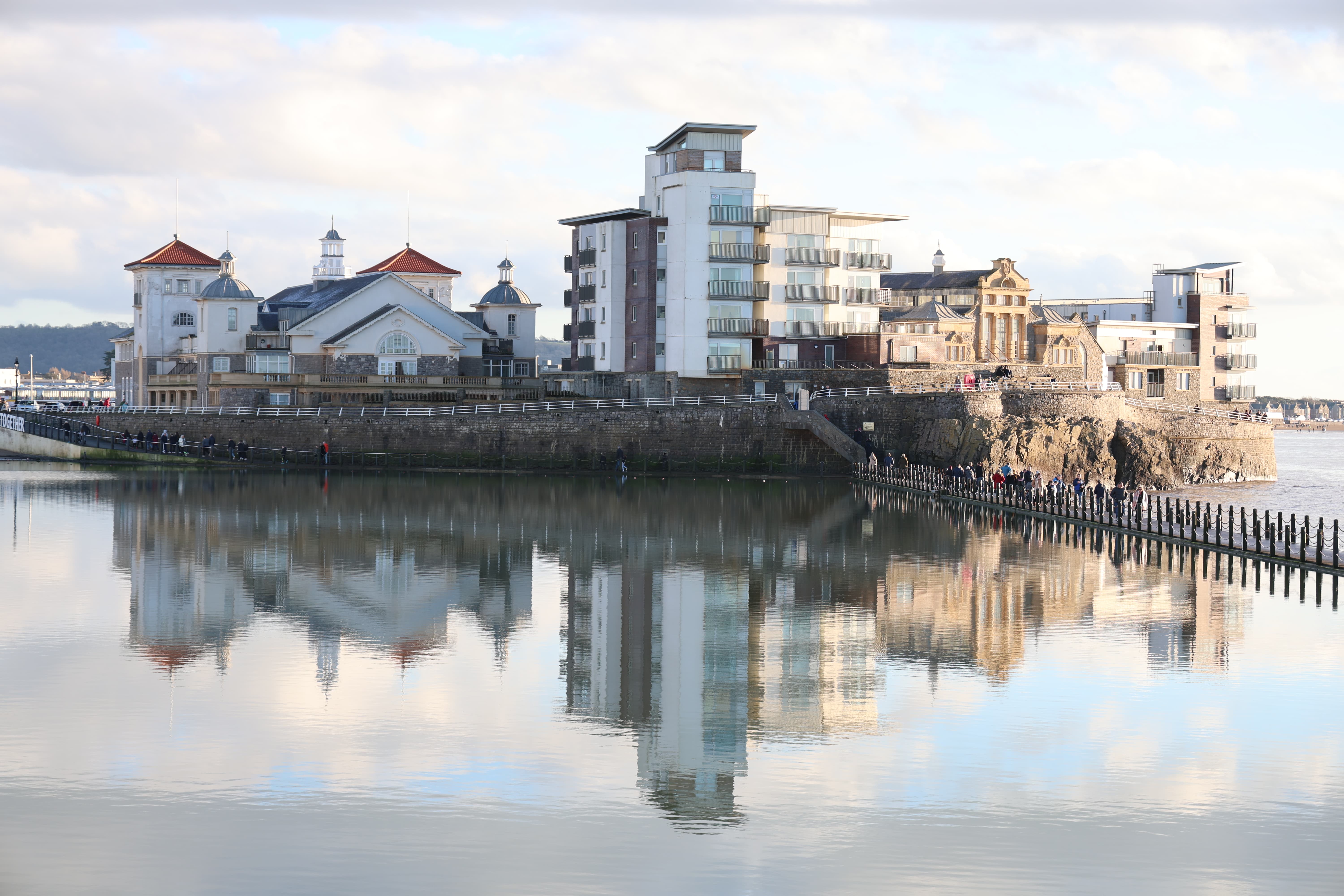
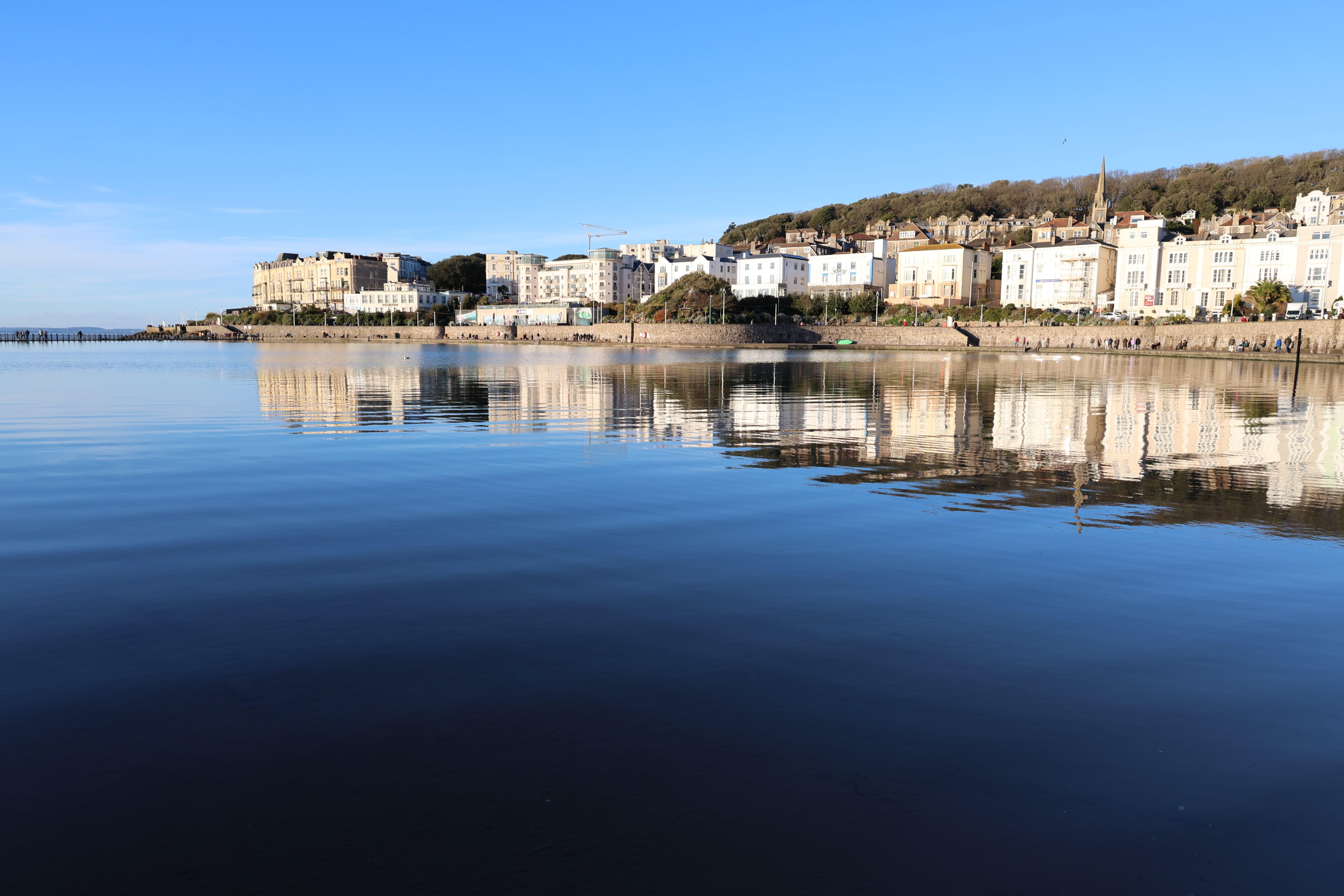
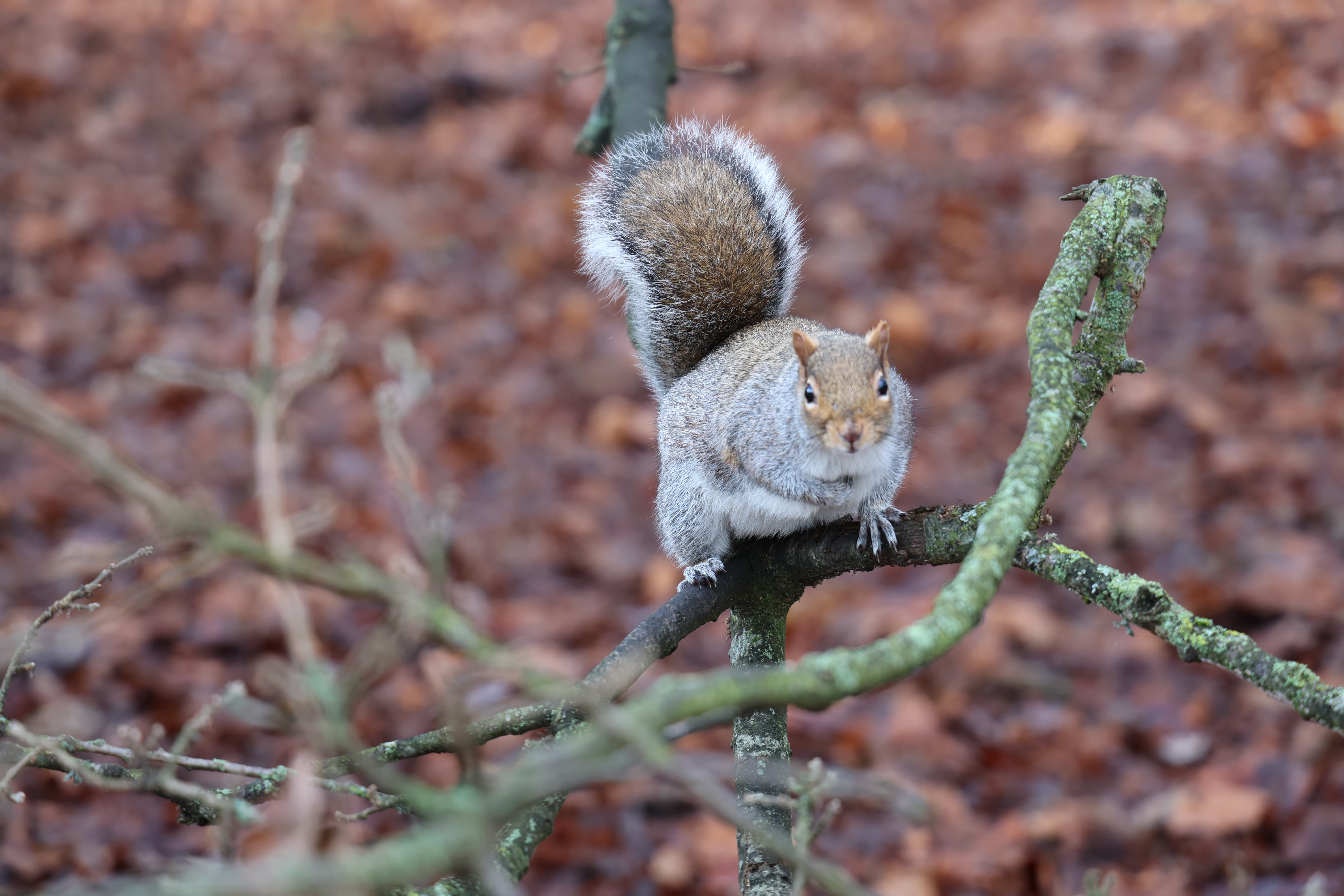
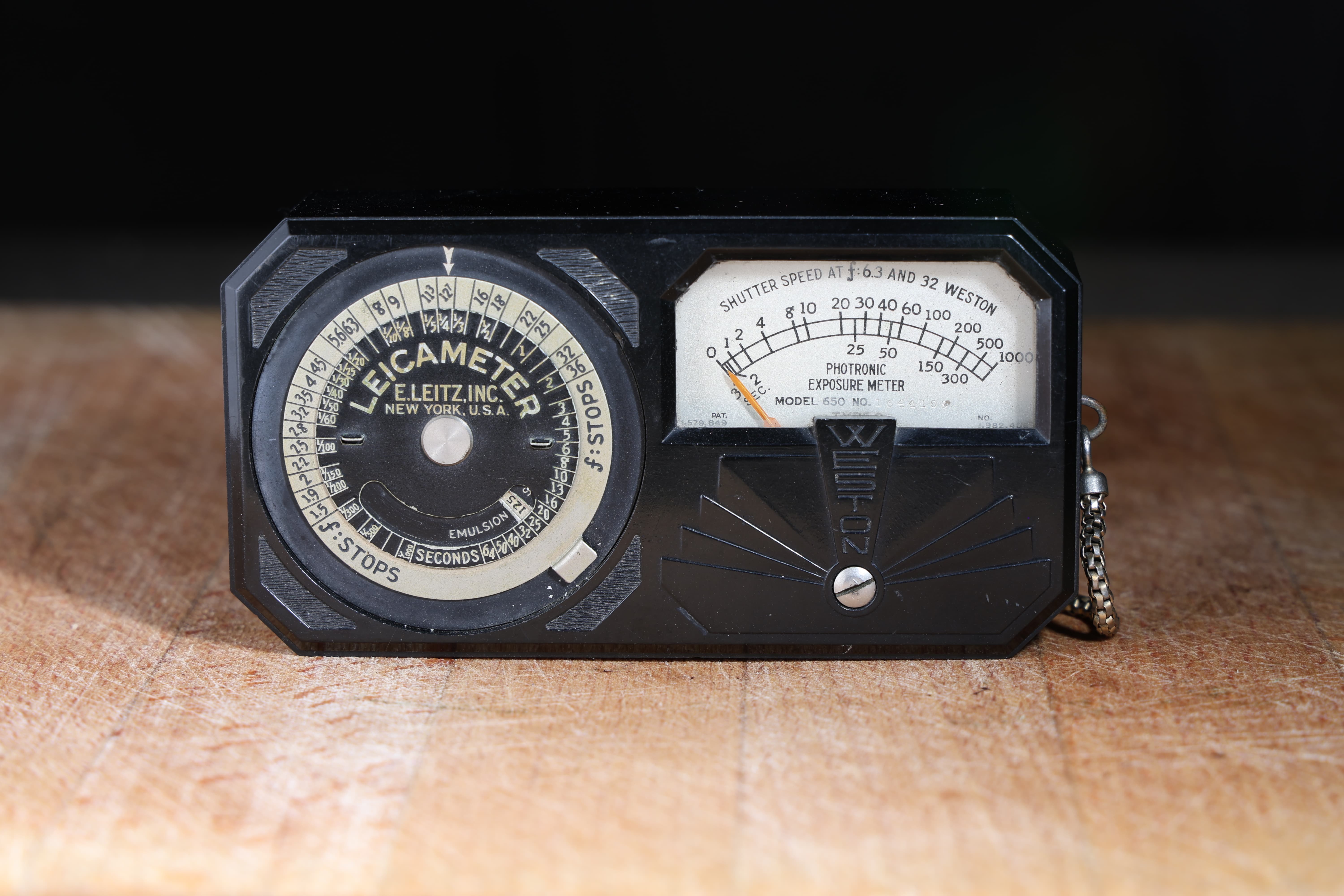
✅ You want a pro workhorse: Made for professionals, the EOS R6 II impresses with its terrific autofocus, burst shooting and low-light performance.
✅ You want a second Canon: If you’re already invested in the RF system, EOS R6 II would make a great second camera to use alongside an EOS R5 or R3.
❌ You’re conscious of cost: The EOS R6 II is a very capable all-rounder, but it’s also an expensive one, with a price that’s only justified if you really like it.
❌ You shoot more stills than video: The EOS R6 II produces excellent stills and video, but you can find better value elsewhere if your focus is on still images.
Canon’s EOS R6 was a more affordable version of the R5, favouring speed over outright resolution. The R6 II makes several useful improvements to that formula, cementing its position as one of the best mirrorless all-rounders for Canon fans. By doubling the already rapid electronic burst shooting speeds to 40fps, the EOS R6 II sets the pace among mirrorless cameras, making it a top choice for shooting action. Our tests did find that in-body image stabilization fell short of the promised eight stops, but color rendering was very attractive and image quality impressive overall.
Even boosted from 20.1MP to 24.2MP, its sensor still has a lower pixel count than the EOS 6D Mark II. And at 4K/60p, its video resolution can’t challenge the 8K offered by the R5. Yet we found in testing that the EOS R6 II is a fantastic shooting tool: its AI-powered autofocus proved highly effective and low-light performance terrific. You’ll find better value if you prioritise stills or video, and the incremental improvements don’t justify upgrading from an EOS R6. But if you’re already invested in Canon’s RF system and willing to part with a chunk of cash, the R6 II is a seriously capable hybrid.
Read our in-depth Canon EOS R6 review
The best affordable full-frame Canon camera
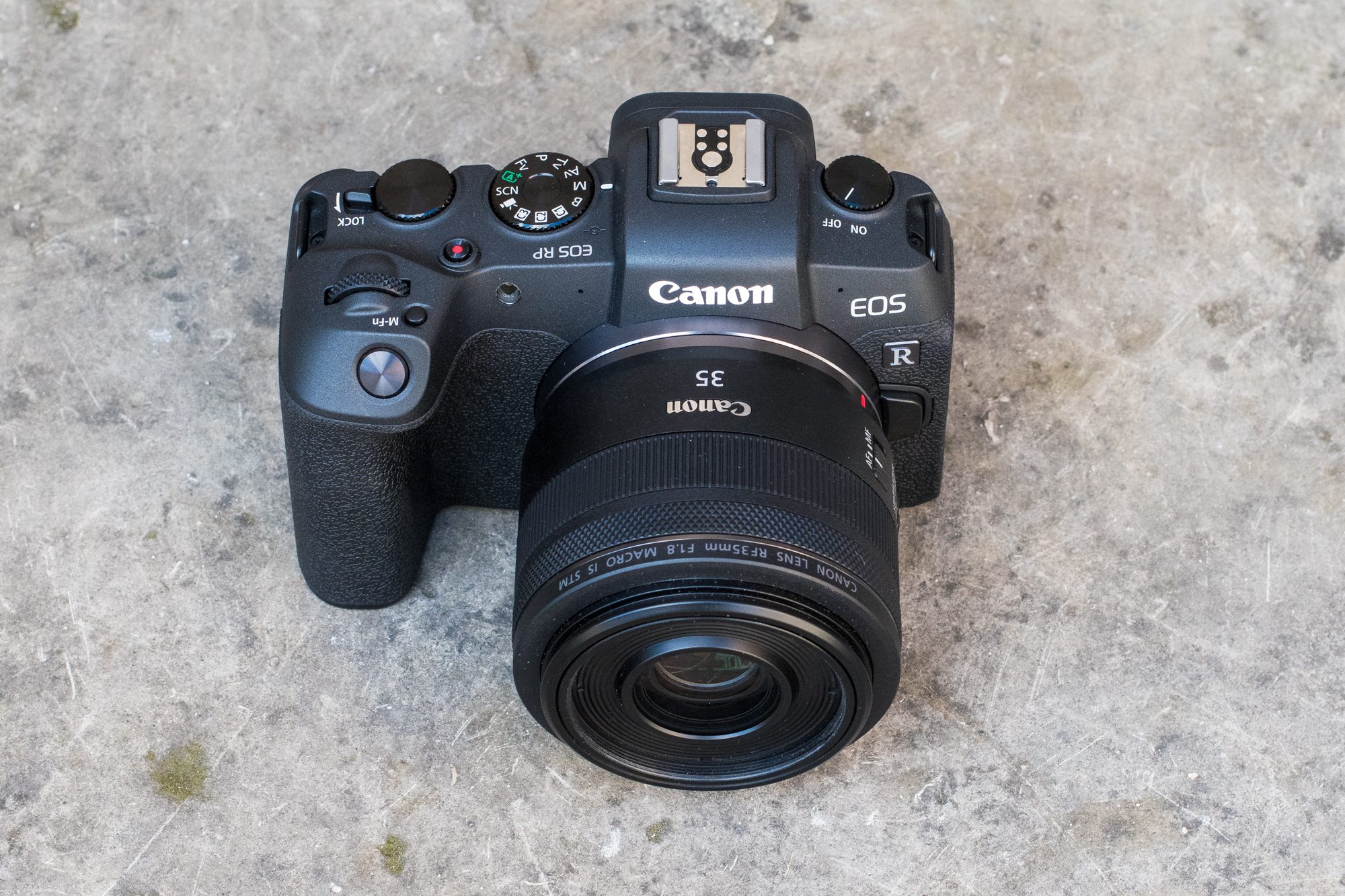
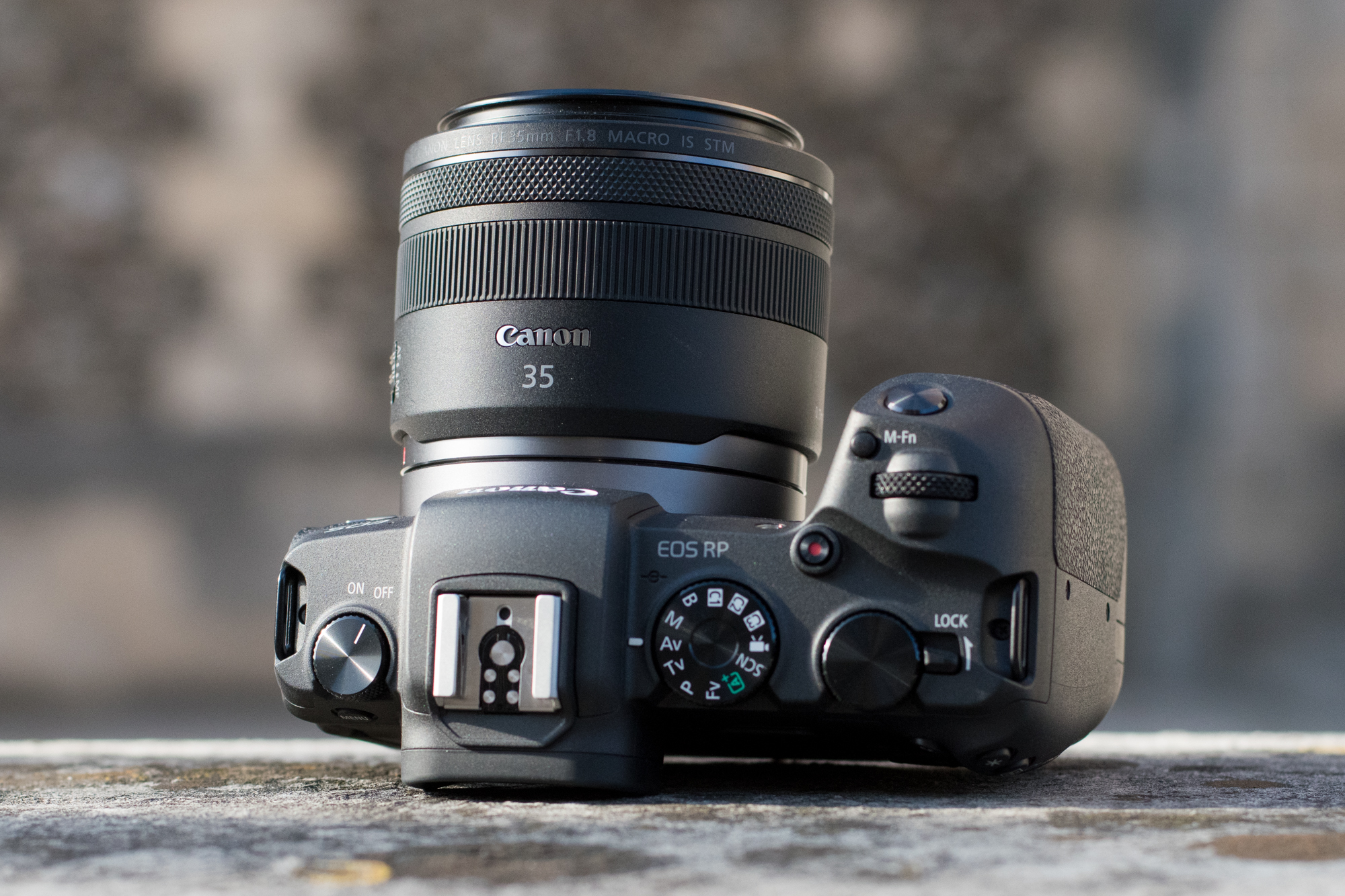
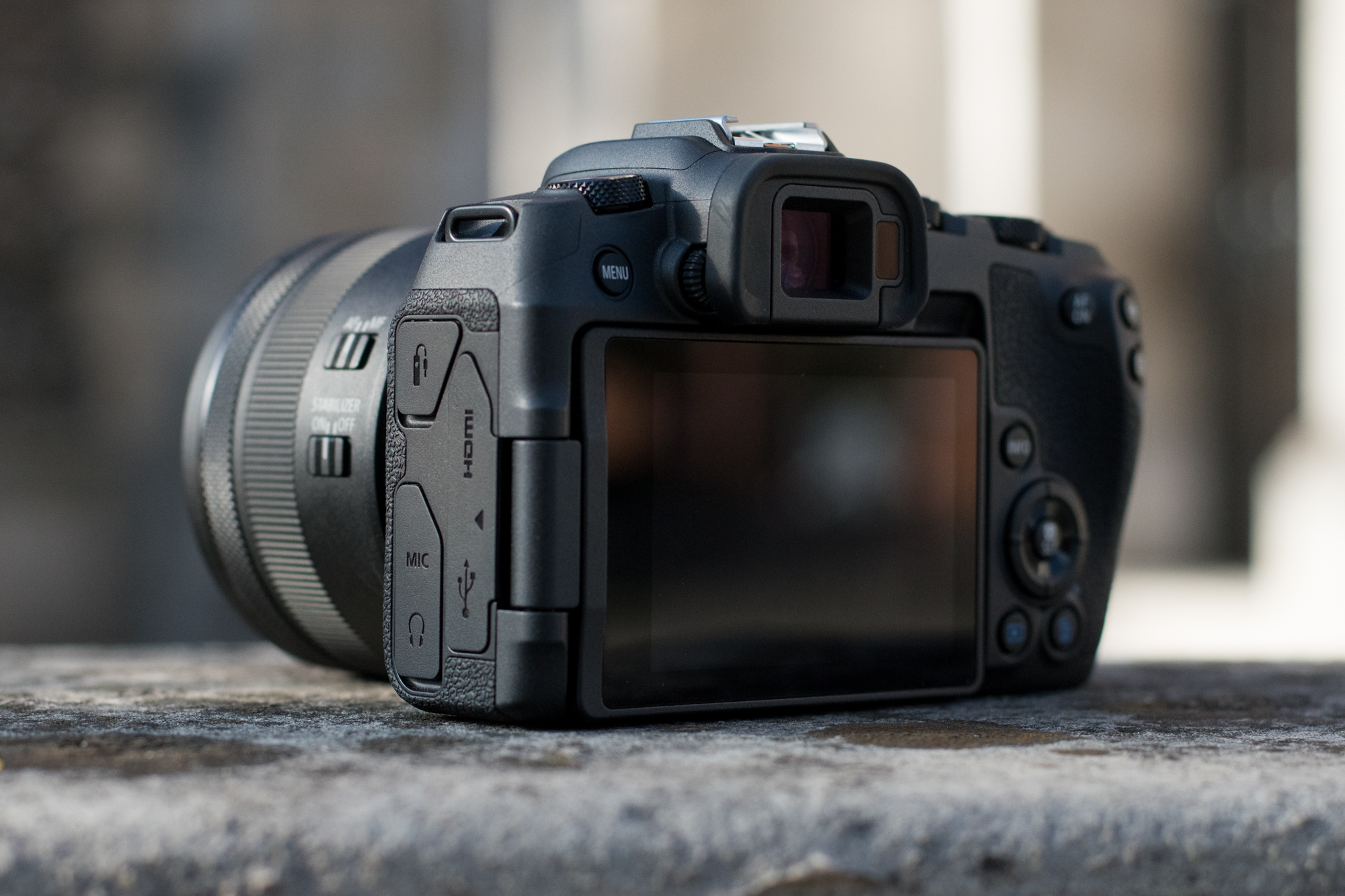
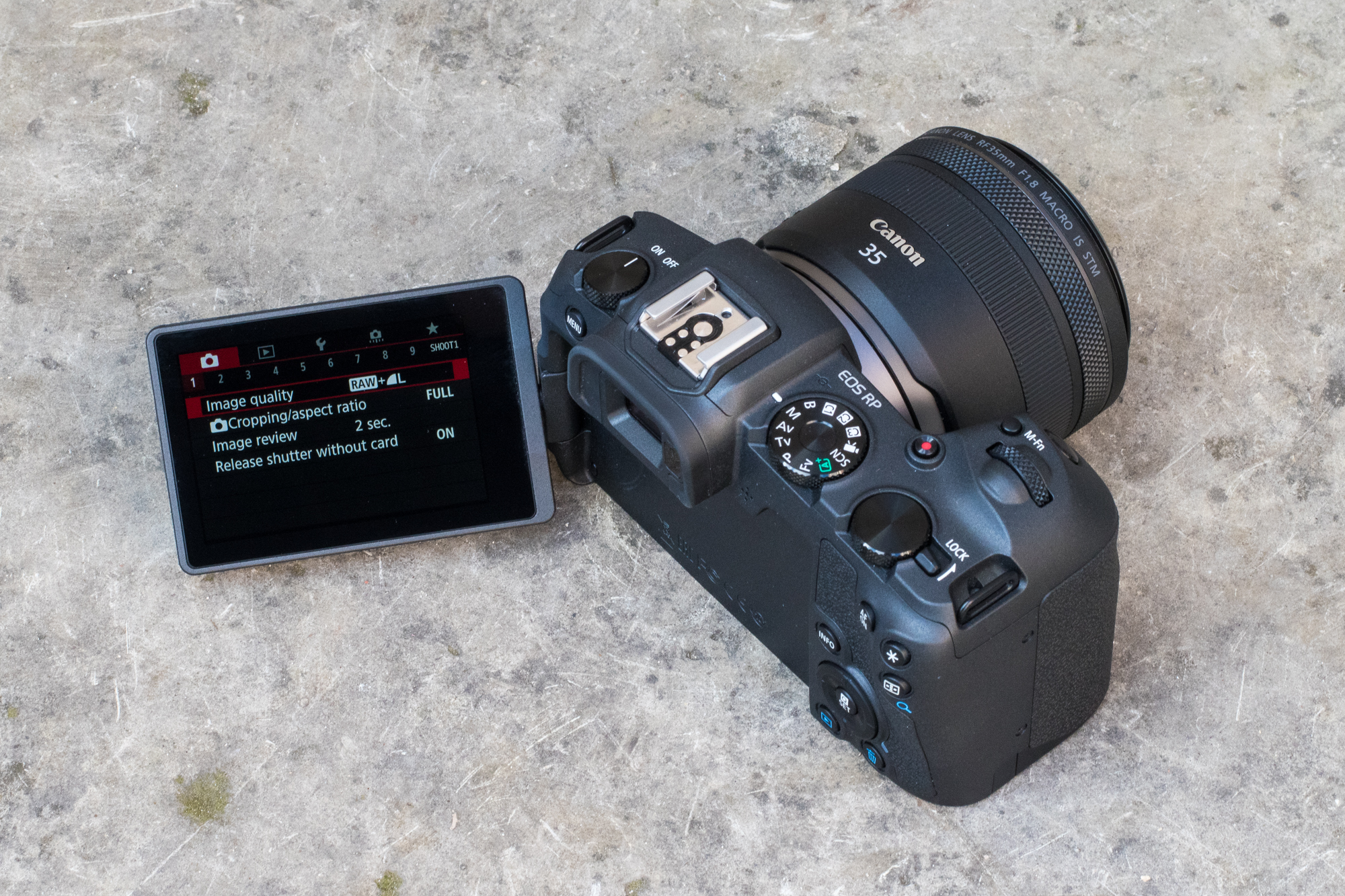

Specifications
Reasons to buy
Reasons to avoid
Canon EOS RP sample images

Click here to see the full-size image

Click here to see the full-size image
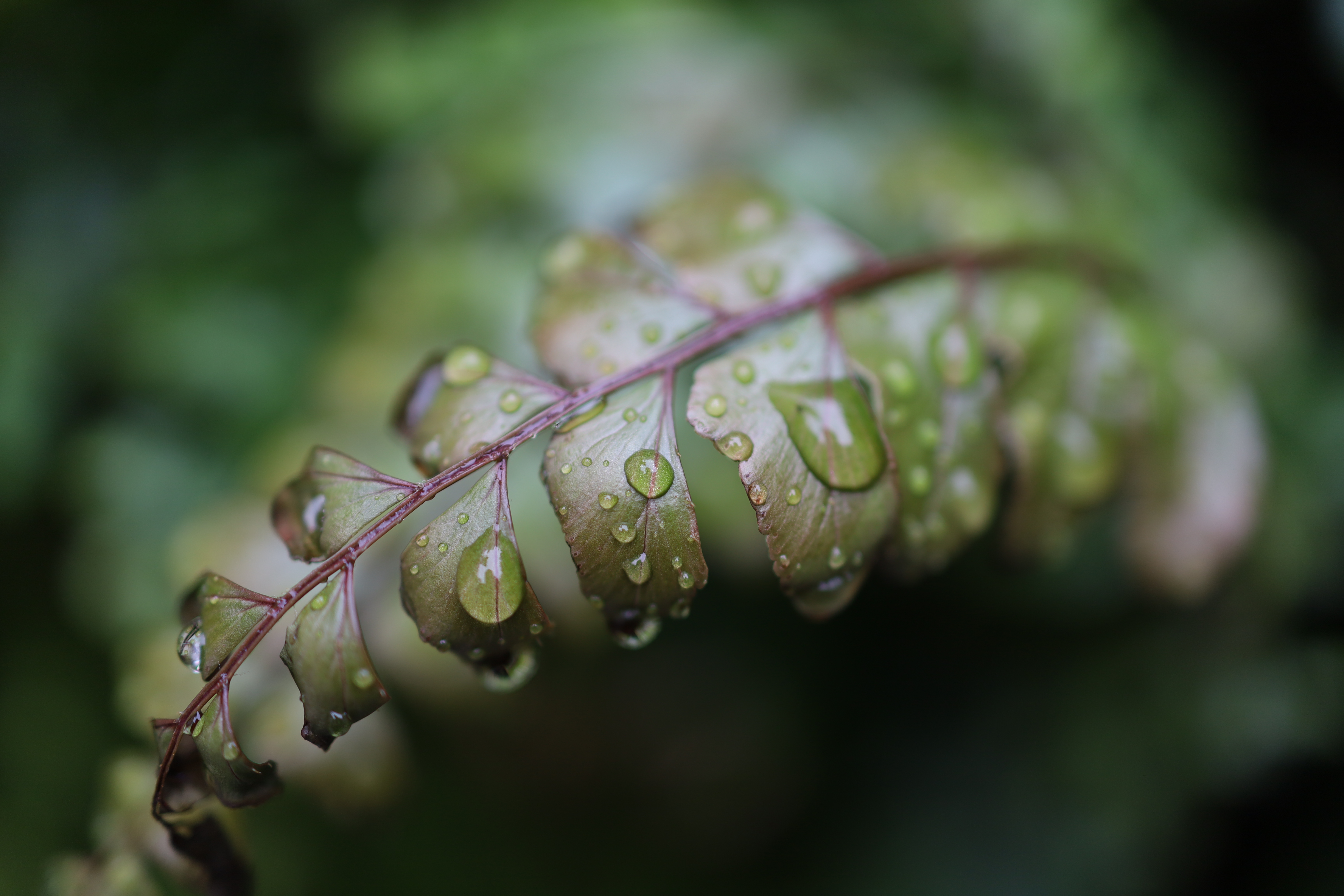
Click here to see the full-size image
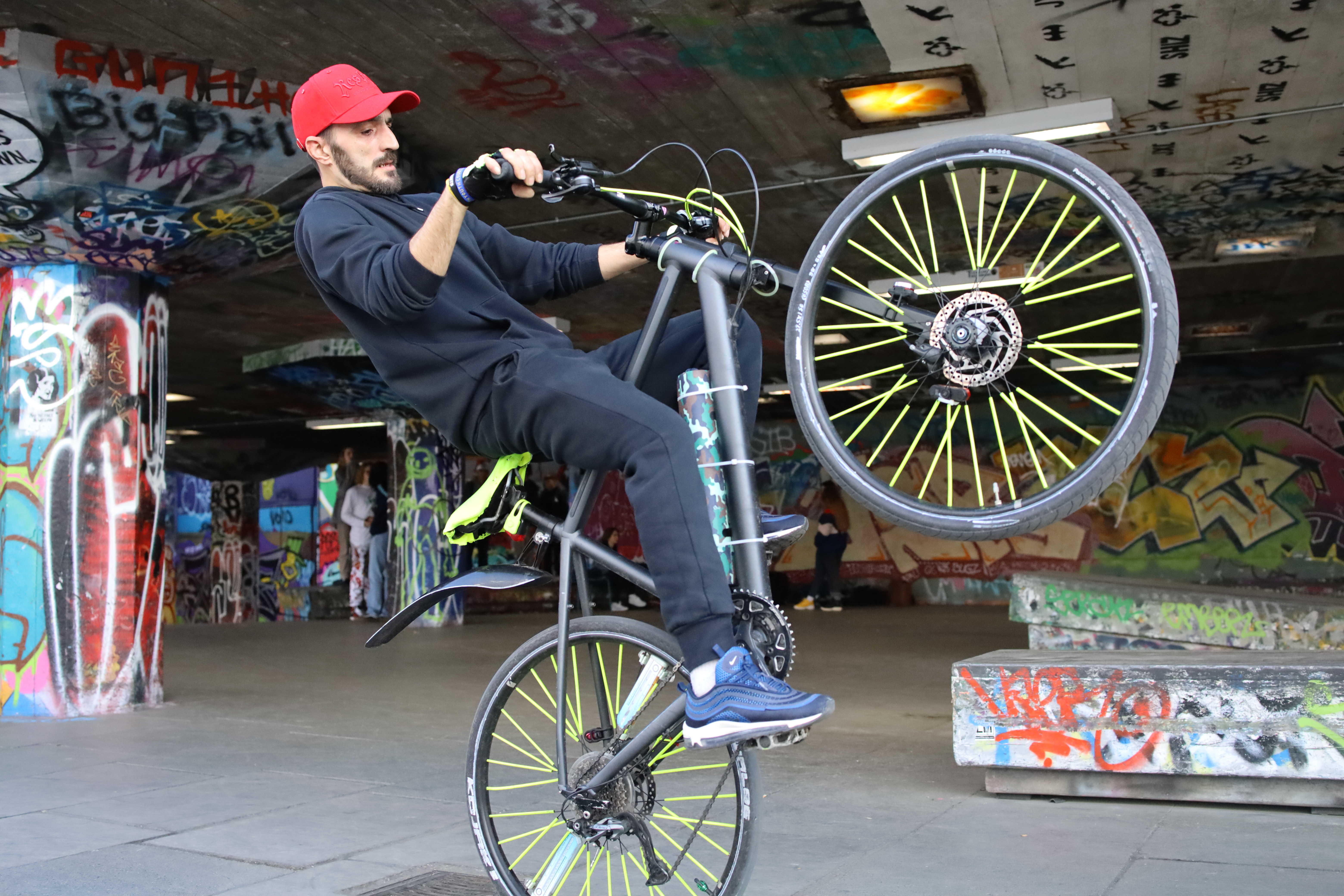
Click here to see the full-size image
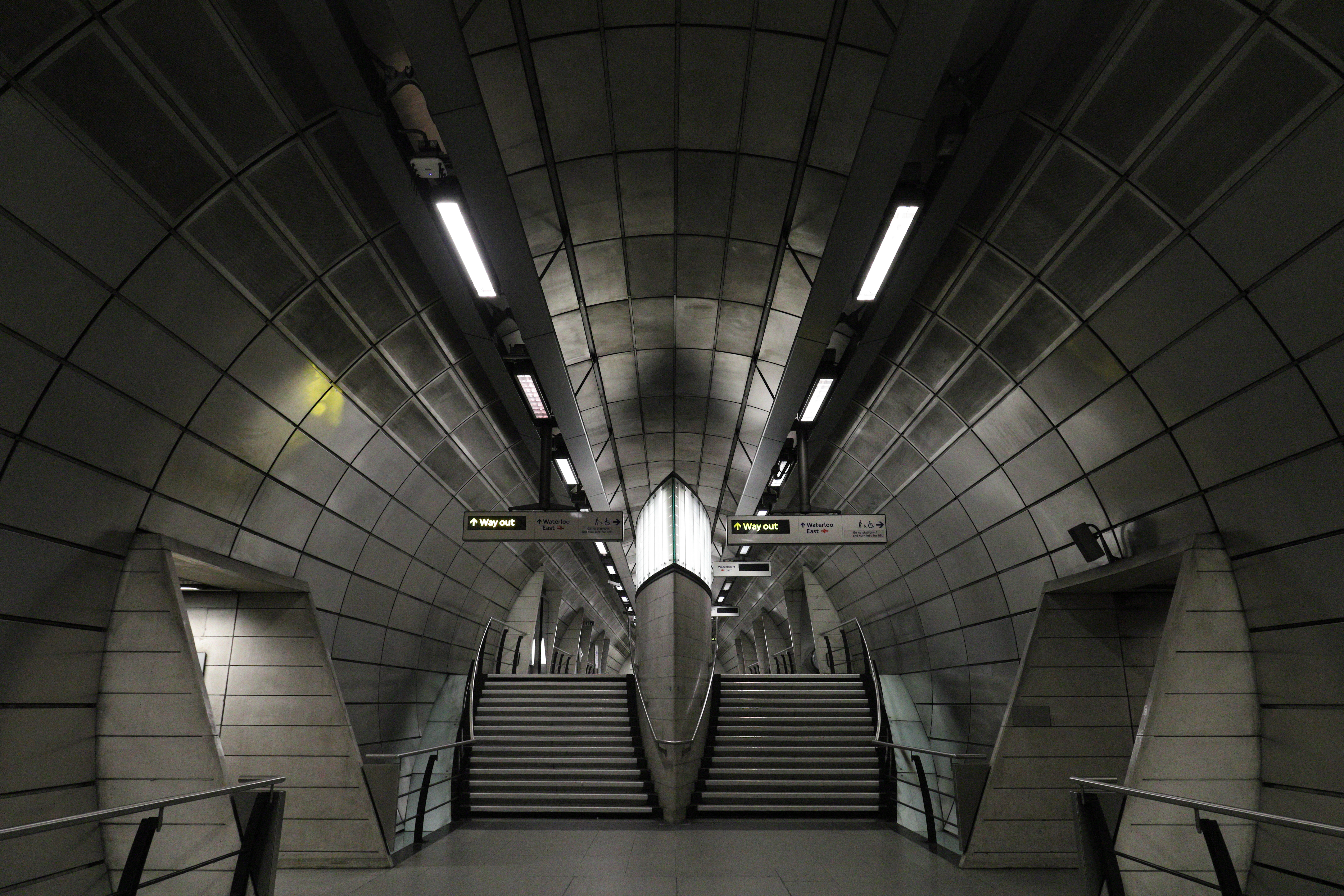
Click here to see the full-size image
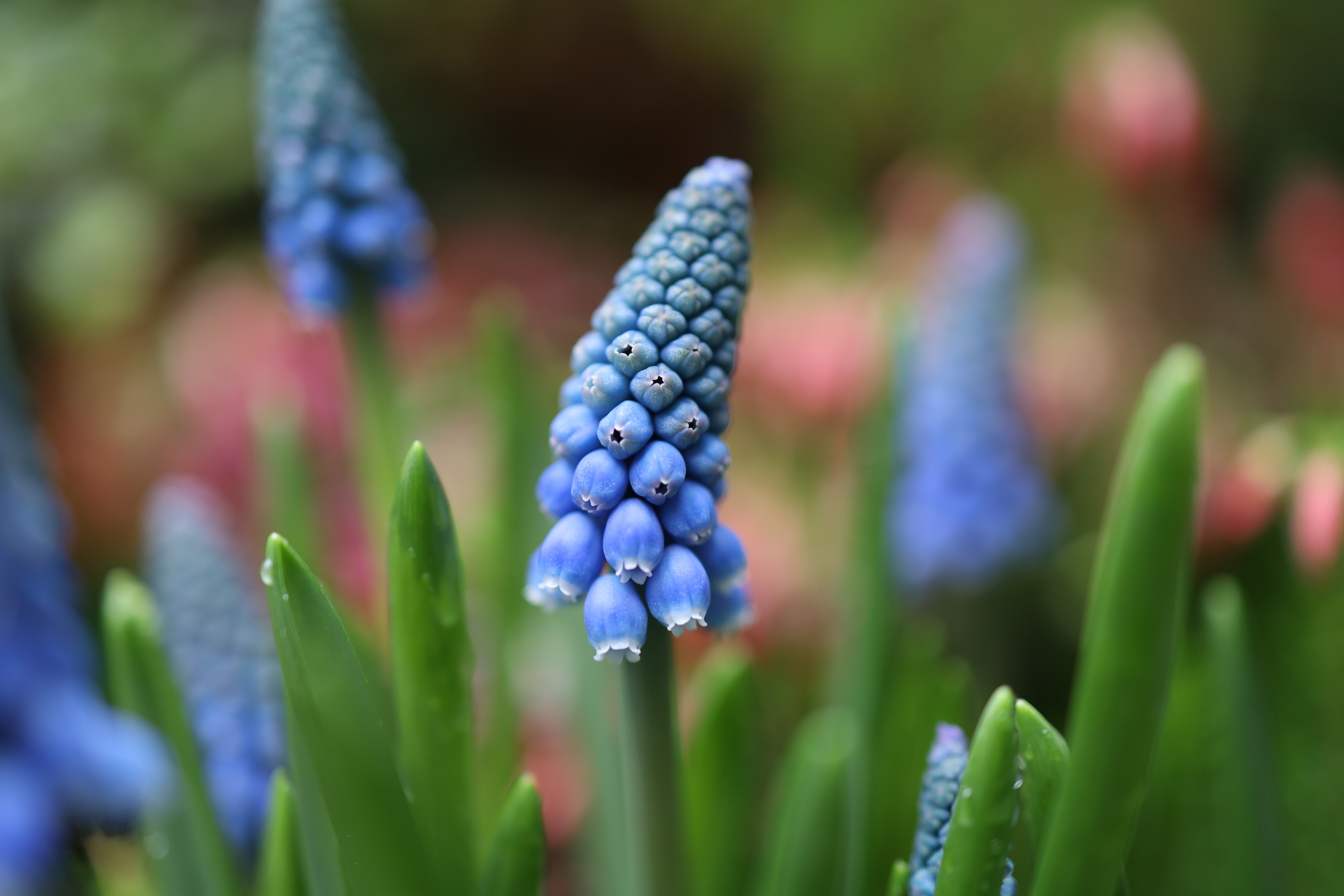
Click here to see the full-size image

Click here to see the full-size image
✅ You want full-frame on a budget: The EOS RP offers a capable full-frame sensor and solid feature set at a reasonable asking price.
✅ You want a compact body: Even with a full-frame sensor inside, the Canon EOS RP is nicely packaged, with a compact, lightweight body.
❌ You shoot a lot of video: With a crop on 4K video and rolling shutter experienced in testing, the EOS RP’s recording skills are compromised.
❌ You want a lot of lens choice: The EOS RP uses an RF mount, but there are currently few lenses that complement the camera’s proportions and price.
It's a few years old, but we think the Canon EOS RP still offers excellent value for those who want to go full-frame, but can't stretch to the pricier Canon EOS R5 and EOS R6. We found it to be charmingly compact and easy to use during our review, which means even beginners will be able to quickly find their way around the camera. The EOS RP's small size does occasionally make the camera feel front-heavy when using larger lenses, but it pairs perfectly with some of the best Canon RF lenses, including affordable primes like the RF 50mm f/1.8.
The EOS RP's 4K video game is a little more restricted, as it comes with a 1.6x crop factor and you can't use Canon's trusted Dual Pixel CMOS autofocus system at resolutions higher than 1080p. That aside, we continue to be impressed by the value the EOS RP offers. It has excellent AF performance, produces vibrant and sharp images, boasts a wonderfully responsive rear LCD touchscreen, and can be used with existing EF lenses with a lens adaptor.
Read our in-depth Canon EOS RP review
The best compact Canon camera for vlogging
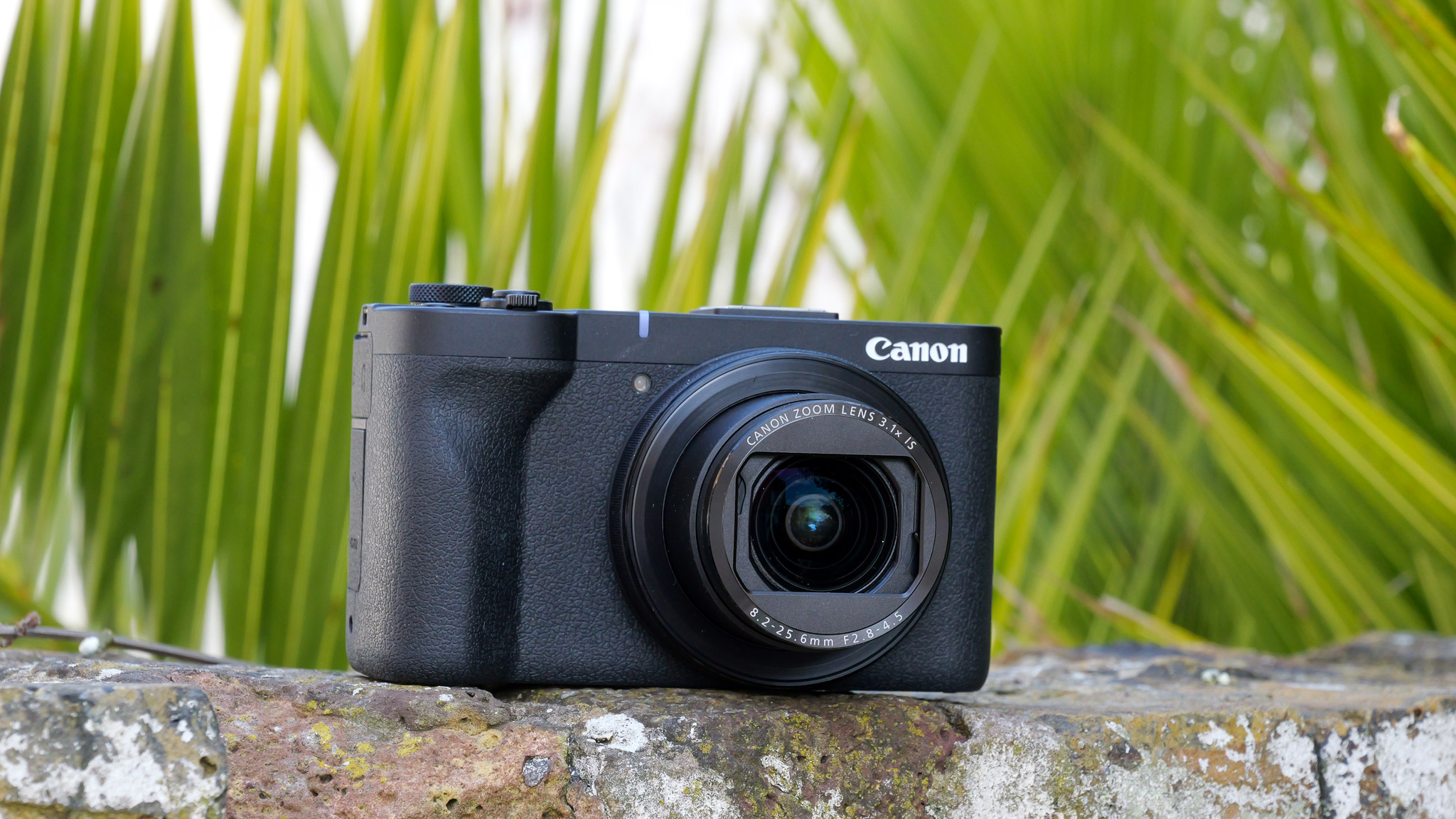
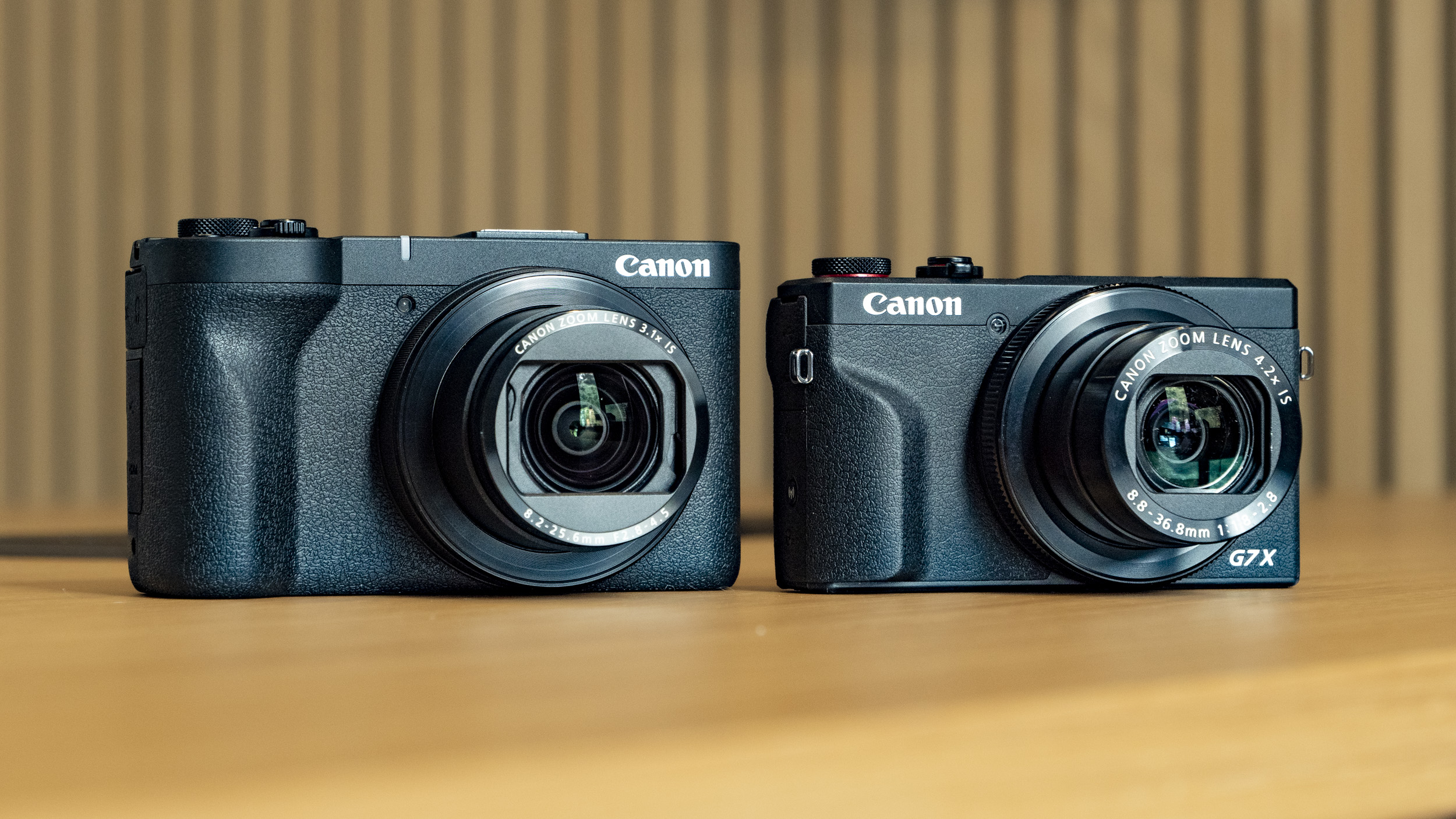
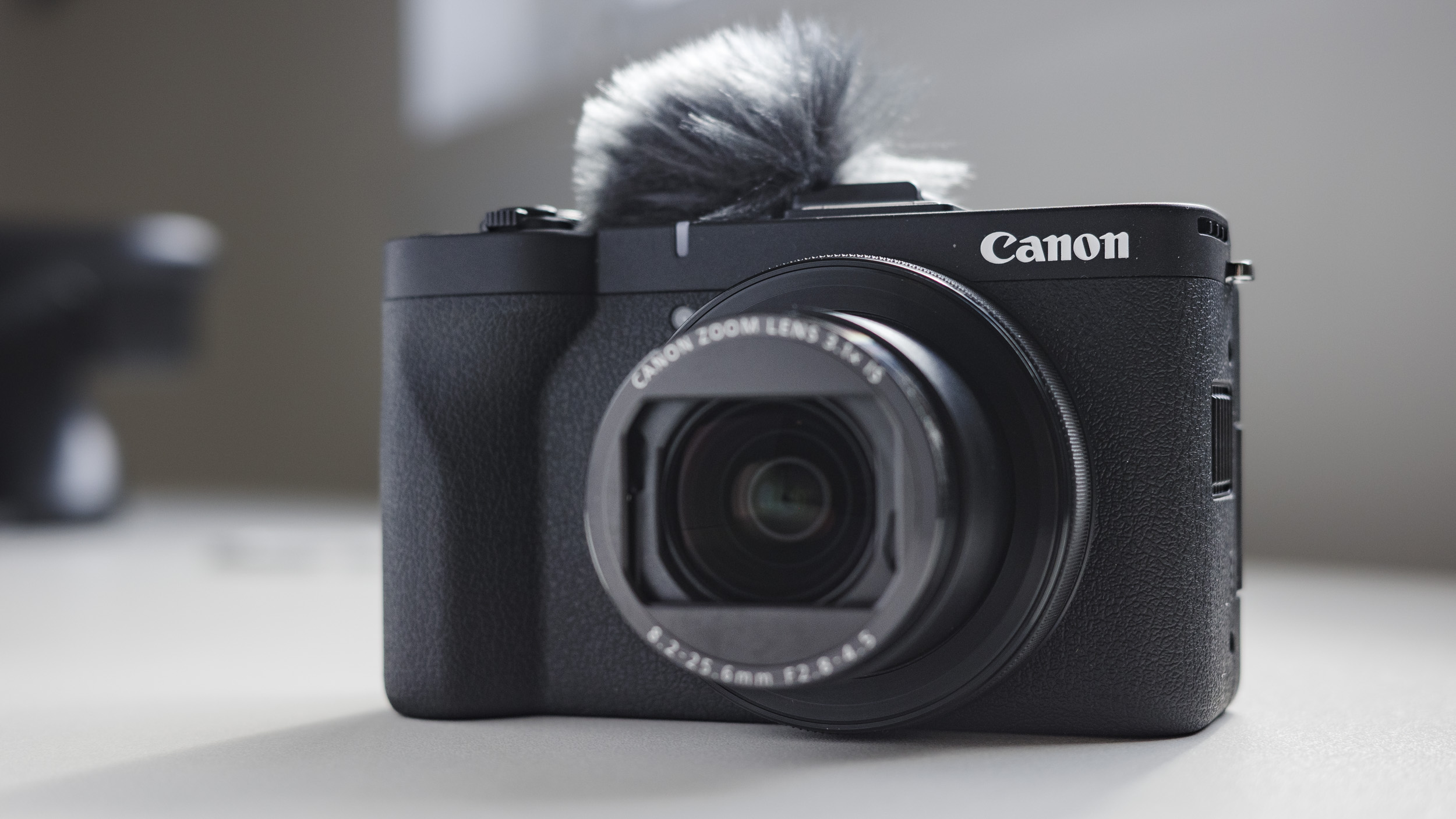
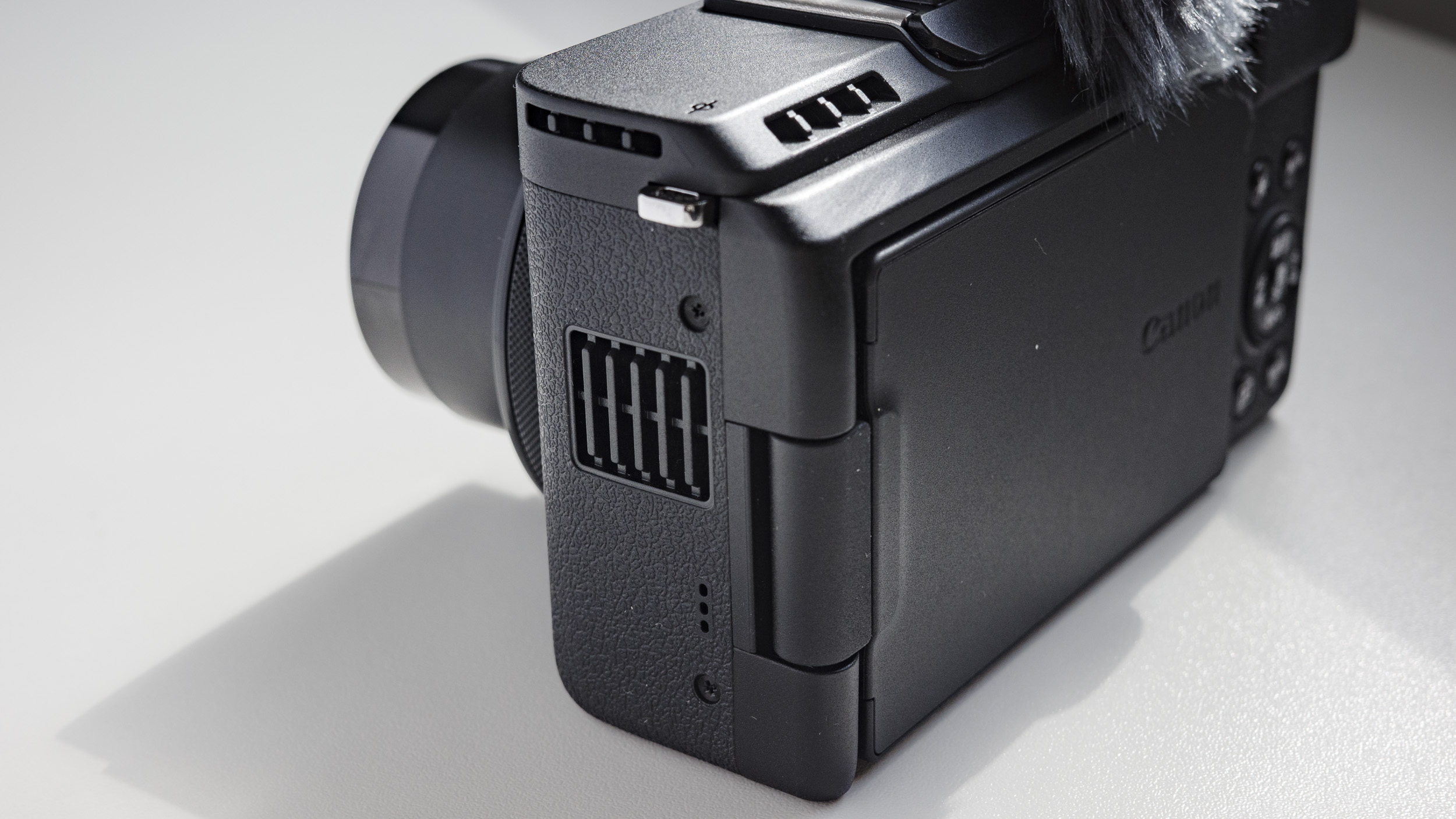
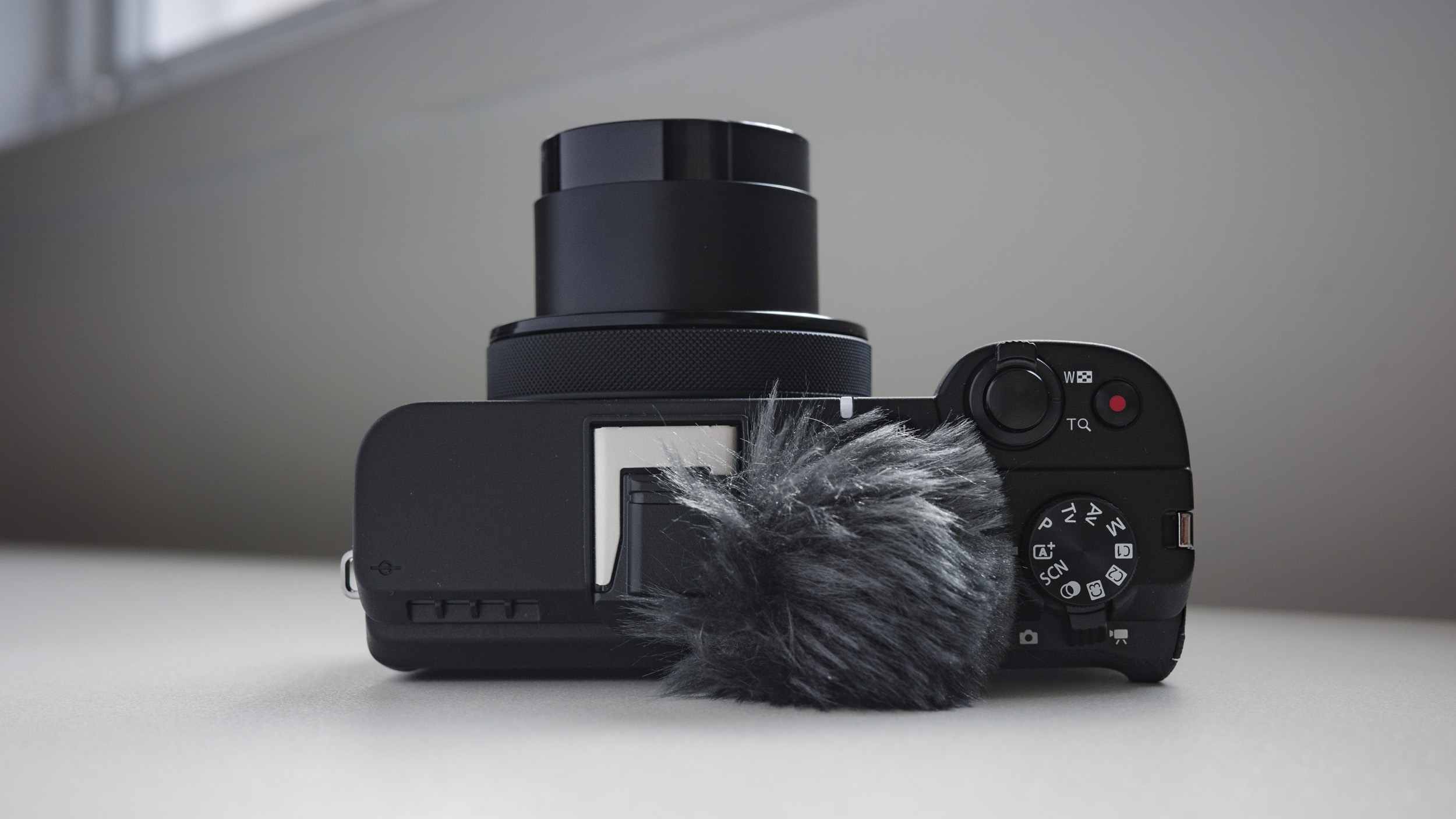
Specifications
Reasons to buy
Reasons to avoid
Canon PowerShot V1 sample video
✅ You'd like a compact vlogging camera that takes good photos: No doubt this is a video-first compact, but with optical stabilization, decent handling and RAW shooting, the V1 a solid stills camera too.
✅ You want superb image quality, no fuss: A class-leading 1.4-inch sensor, decent autofocus skills plus excellent zoom lens combine with Canon's killer color science for superb photos and video, in a simple point-and-shoot package.
❌ You're a photographer first: The PowerShot V1 is a decent stills shooter, but its lack of a viewfinder and built-in flash do limit its appeal for photographers – this is a video-first tool.
❌ You're simply wanting a cheap vlogging camera: The V1 is a decent value hybrid compact, but if vlogging is you're game then the DJI Osmo Pocket 3 is a thriftier purchase.
In the PowerShot V1, Canon has created an all-new hybrid compact camera which betters the trending PowerShot G7X Mark III in every way. It packs a class-leading 1.4-inch sensor, new 16-50mm lens which is wider than most and ideal for vlogging, Canon's best autofocus system in a PowerShot model, plus handy video features such as a built-in ND filter and cooling vents for unlimited 4K video record times. It comes at a time when there are few brands launching such cameras at the sub $1,000 pricepoint, too.
During testing, we discovered a few V1 drawbacks: the lens' small maximum aperture somewhat counters the large sensor appeal, plus you lose out on optical stabilization when recording 4K 60fps video. And while this is largely a better model for photos than Sony's ZV1-II, photographers will likely wish for a viewfinder and built-in flash – neither feature here. Dedicated vloggers are probably better served by the half size, half price DJI Osmo Pocket 3. Overall, however, this is an affordable hybrid compact that's ideal for aspiring vloggers and content creators who like to shoot photos too.
Read our in-depth Canon PowerShot V1 review
The best Canon DSLR overall

Specifications
Reasons to buy
Reasons to avoid
Canon EOS 5D Mark IV sample image
✅ You want a well-rounded DSLR: Improved in every way, the Mark IV is one of the most well-rounded and complete DSLR cameras we’ve tested.
✅ You want excellent autofocus: Dual Pixel AF is a huge upgrade from the 5D Mark III, with instantaneous focusing and excellent tracking.
❌ You have a tight budget: Performance upgrades come at a price, and the Canon EOS 5D Mark IV represents a significant investment compared to rivals.
❌ You record a lot of video: 4K video is a welcome presence, but the 1.64x is prohibitive and there’s no support for 4K output via HDMI.
Canon’s 5D range continues to be popular among traditionalists. And for good reason: these high-specced DSLRs offer a huge number of features in a body that handles superbly. Here we have an excellent 30.4MP sensor which, although lower in resolution than the likes of the Nikon D850, still gives you plenty of scope to create fantastic shots in a range of conditions.
Our tests also found that the 61-point AF system performed well in low-light and was also impressively quick, if not quite up to the standard of the latest mirrorless models. 4K video recording is available, but this being a slightly older model, it's limited to 30p. While autofocusing is whip-smart, the 5D Mark IV can only manage 7fps burst shooting, which puts it behind many newer models. But if you’re shooting landscapes, portraits, still life – in short, anything which doesn’t move too quickly – you'll find it an excellent photographic companion.
Read our in-depth Canon 5D Mark IV review
The best Canon DSLR for beginners
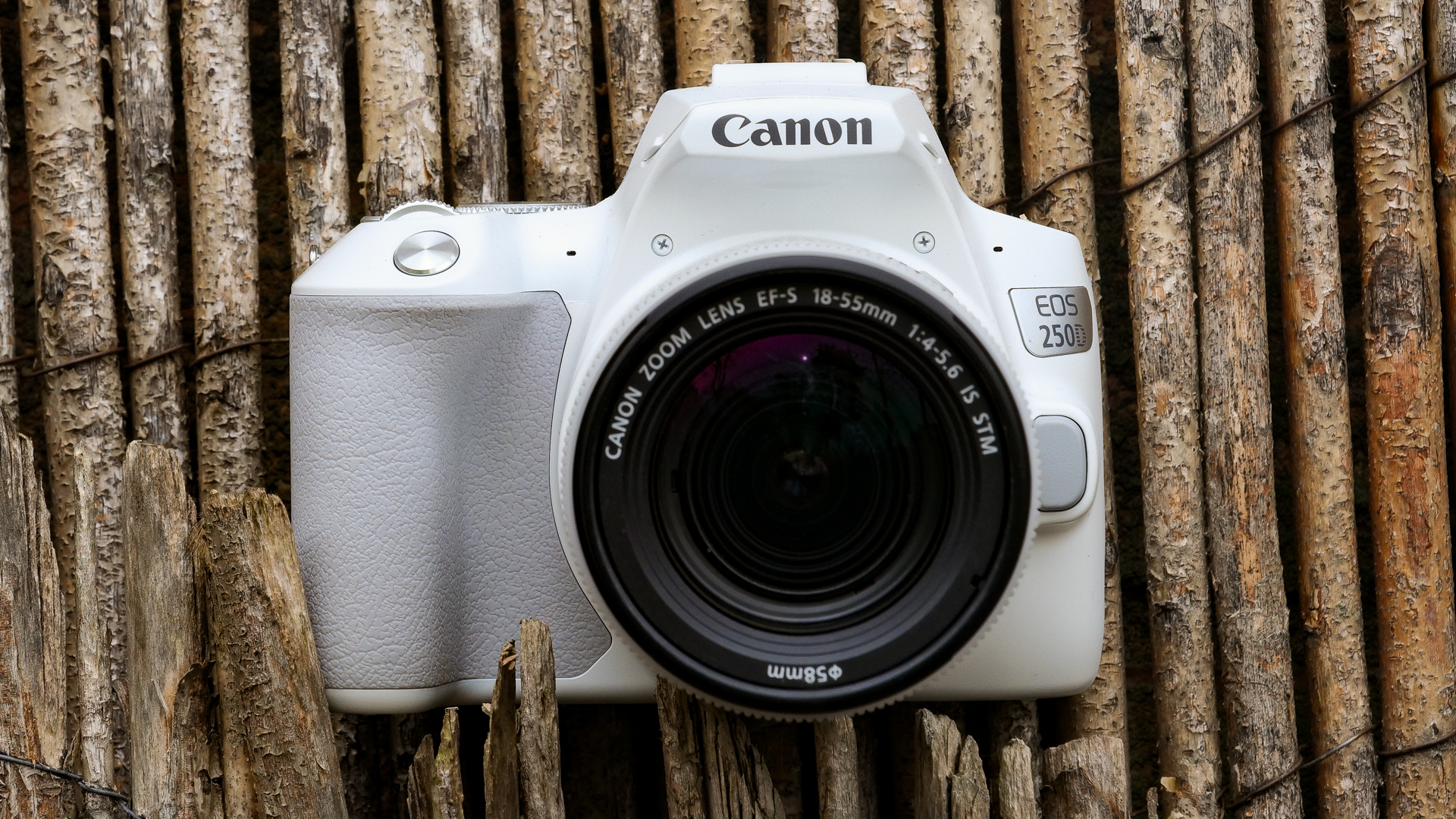
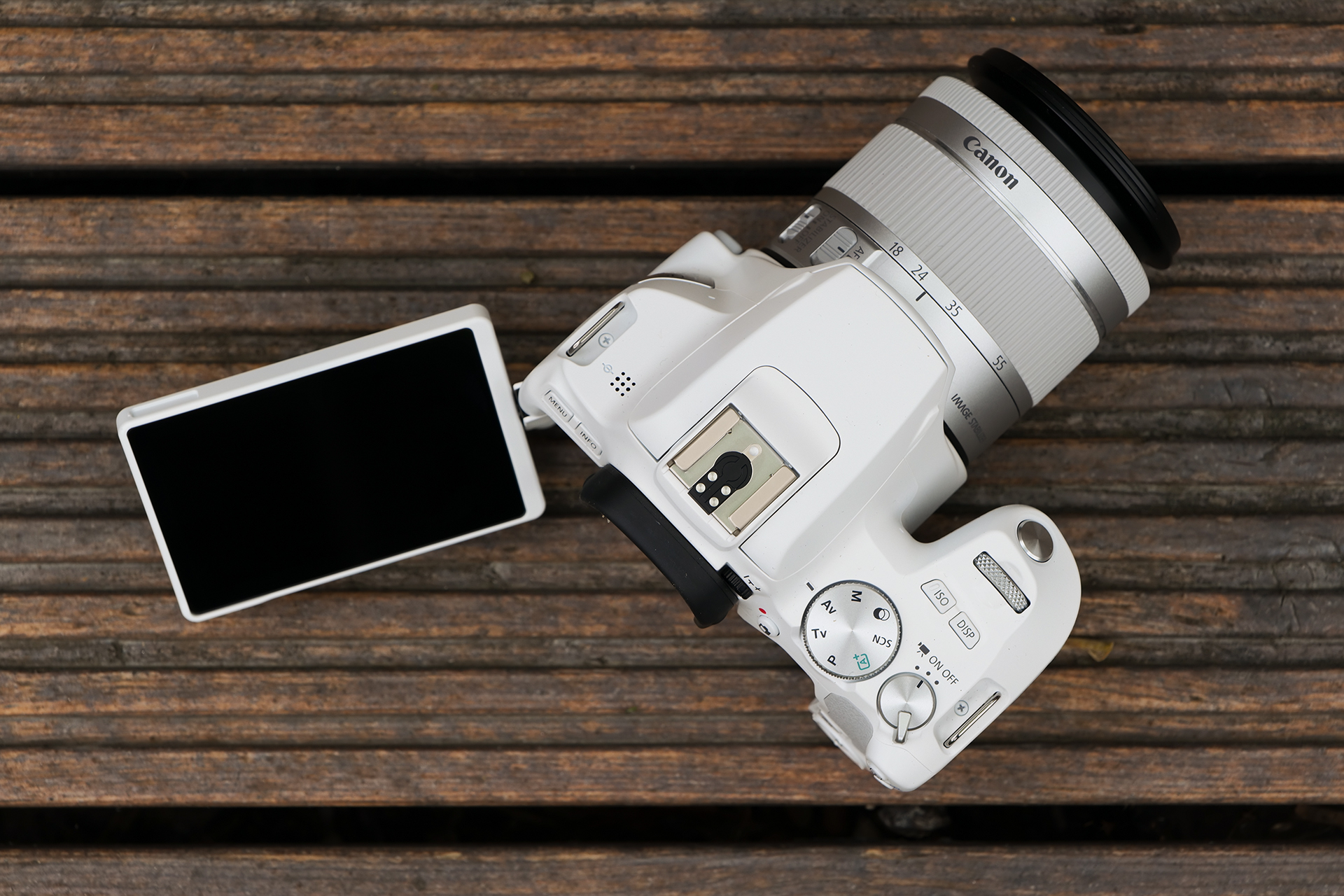
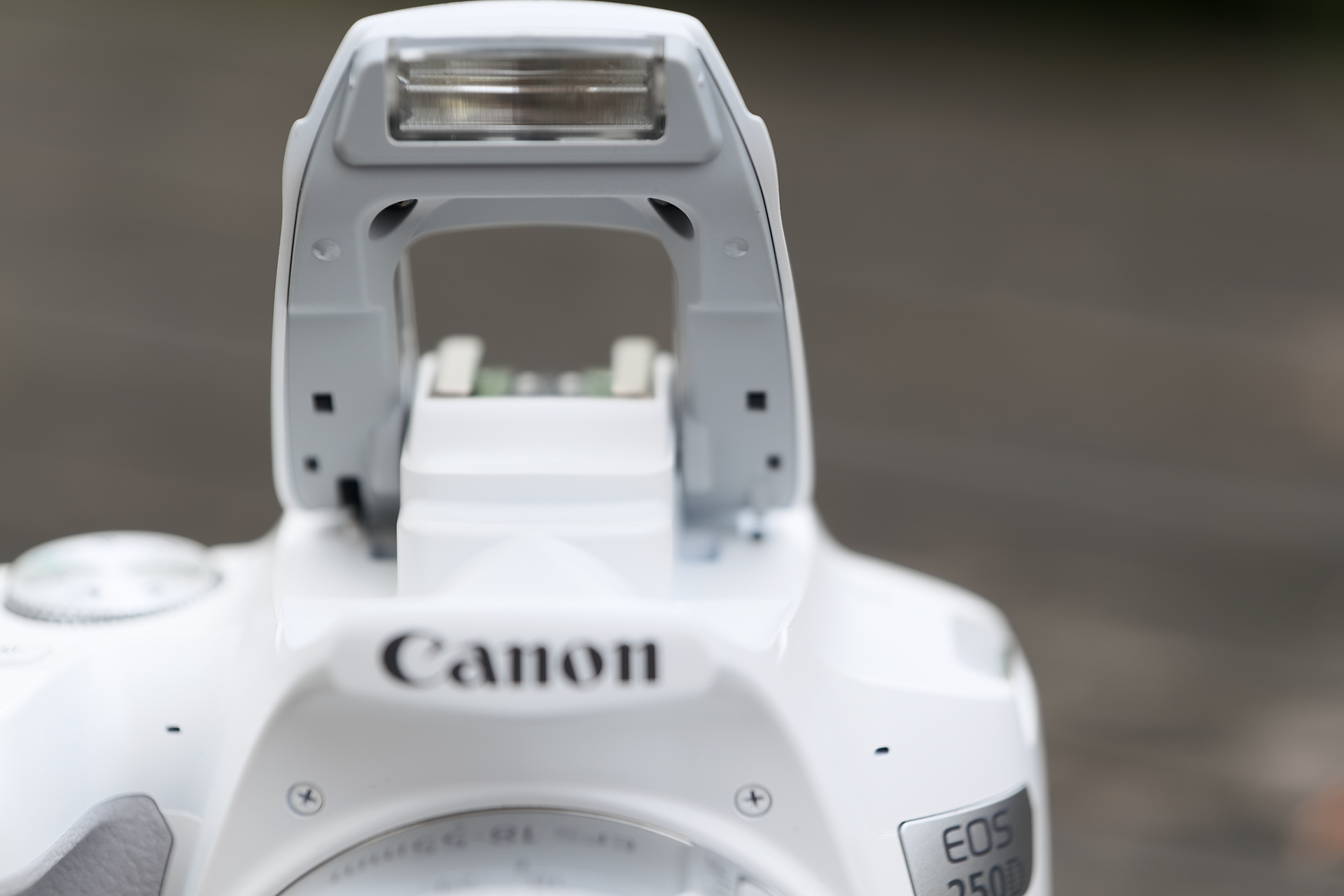
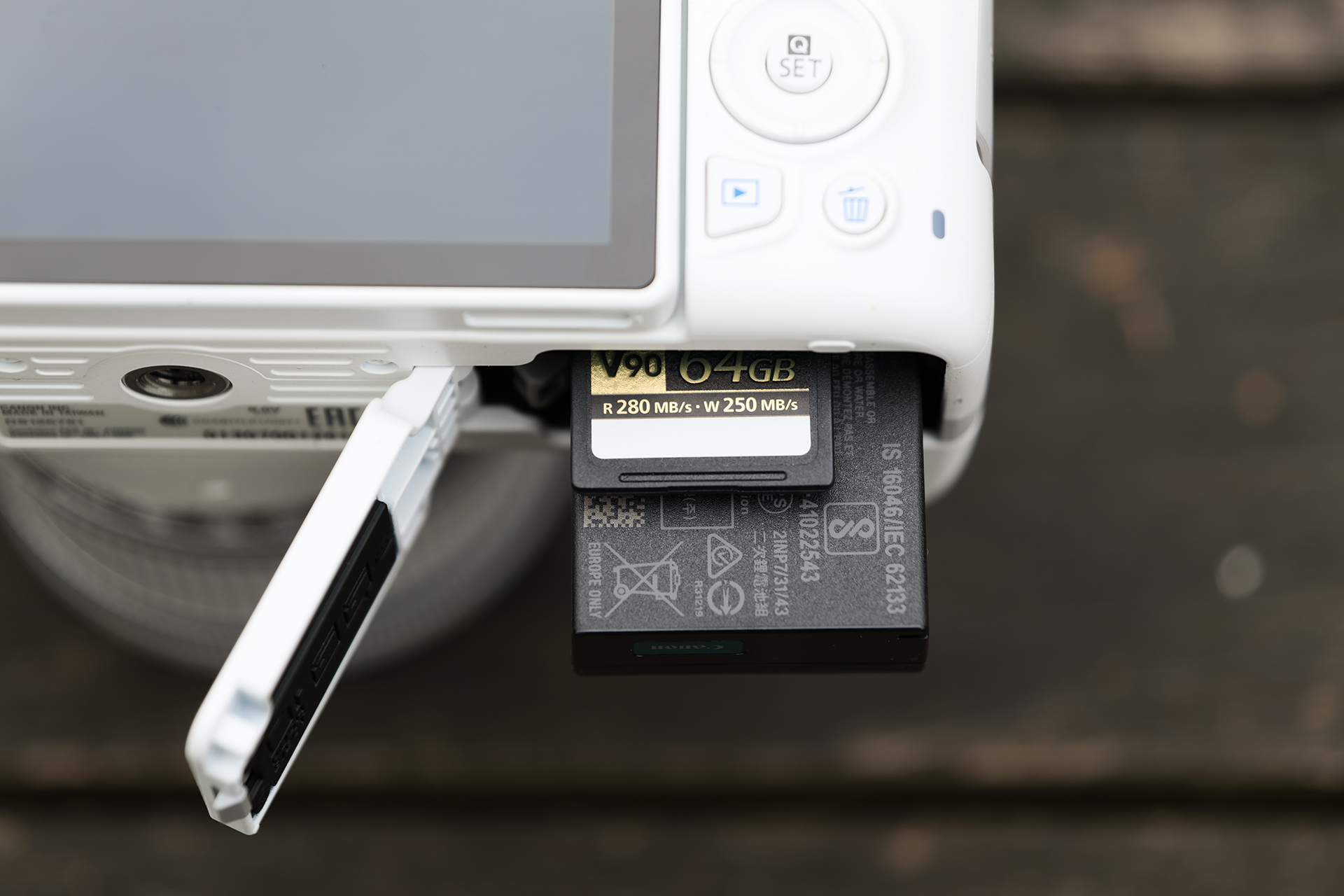
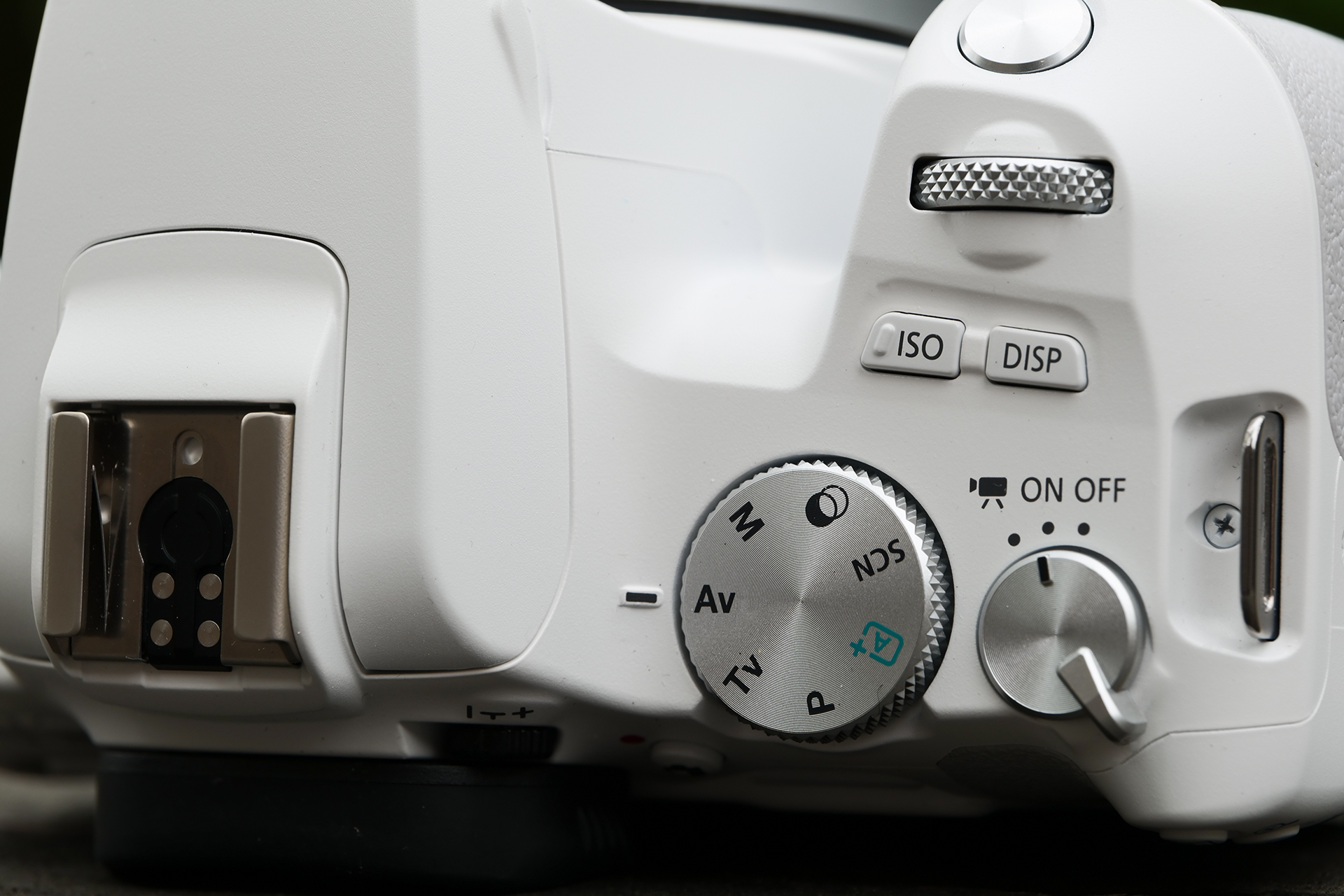
Specifications
Reasons to buy
Reasons to avoid
Canon EOS Rebel SL3 / 250D / 200D Mark II sample images
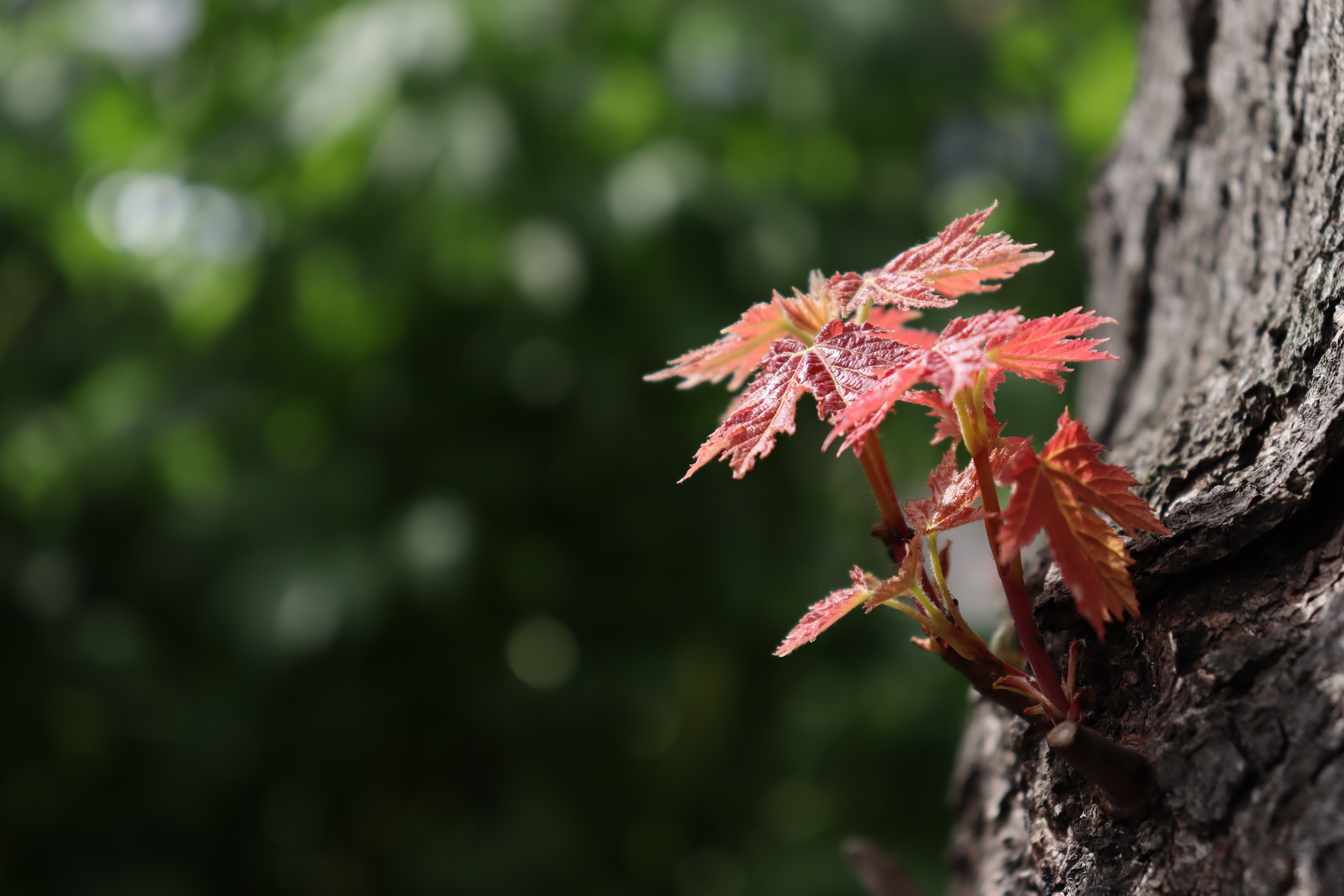
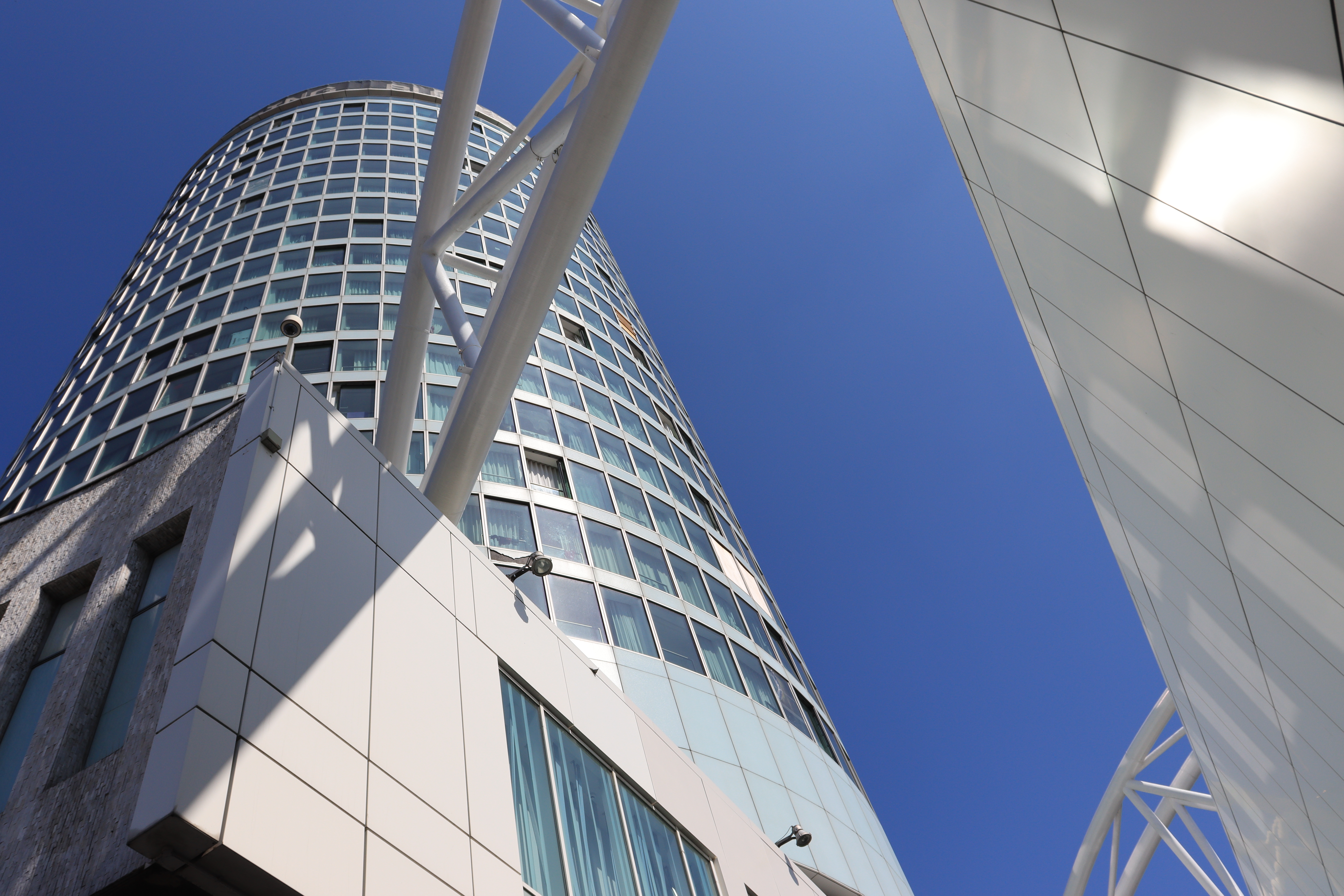




✅ You want an entry-level all-rounder: It’s not cutting edge, but the EOS 250D pairs solid battery life with reliable autofocus in a tidy, well-built package.
✅ You value a variety of lens options: Because Canon’s EF mount is well-established, the EOS 250D benefits from compatibility with a wide range of lenses.
❌ You need the very latest autofocus: While Canon’s Dual Pixel AF system is decent enough, its 9-point array looks dated next to other entries in this list.
❌ You’re a budding videographer: Although the EOS 250D can capture 4K video, issues with rolling shutter, as well as a crop on 4K footage, mean its potential is limited.
If you’re a fan of the DSLR format, we think the Canon EOS Rebel SL3 (known as the EOS 250D or 200D Mark II outside the US) is one of the best entry-level DSLR cameras you can buy. In our review, we praised its combination of build quality and features, which add up to excellent value for beginners. We also found it relatively light and compact for a DSLR. It’s an easy camera to use and wield in the hand, aided by an articulating touchscreen which proved very responsive in testing.
We were also impressed by its Dual Pixel CMOS AF system. A more recent mirrorless camera will outclass its 9-point array and 5fps burst shooting rate, but we found that the system can still focus quickly in good light. Images are generally well-exposed, too. Rolling shutter and a crop factor unfortunately reduce the usefulness of 4K recording, but if you want an affordable camera that’s compatible with a wide range of lenses, we think the EOS Rebel SL3 / EOS 250D is a good choice for beginners.
Read our in-depth Canon EOS Rebel SL3 / EOS 250D review
- Find savings on Canon cameras with our Canon promo codes.
Also consider
It was no easy task narrowing down the best Canon cameras to just nine entries. Naturally, there are plenty of other compelling alternatives that didn't make the cut. Below are some of our other favorite Canon cameras, together with what makes them special:
Best flagship DSLR – Canon EOS 1DX Mark III: the most capable DSLR ever made, the 1DX Mark III is a tough as they come, with unmatched high-speed to boot for a camera of this kind. 20MP stills for 20fps with no real limit on how many frames, superb autofocus, supreme build quality and battery life, this one is for demanding pros, as is its high price tag.
Best travel compact – Canon EOS M6 Mark II: Canon discontinued its EOS-M mount, for which the EOS M6 Mark II mirrorless camera is the priciest model. Should you still buy a camera from a discontinued system? If you're happy in the knowledge Canon won't make any more lenses, you could just pick up a bargain. And with lenses like the EF-M 22mm F2 STM which is a superb option for street / travel / reportage, you could just get a bargain for what will be a superb pairing for years to come.
Best purpose-built vlogging tool – Canon Powershot V10: This one is a little different. Built specifically with vlogging in mind, the tiny V10 features a kick-stand, fixed wide angle lens and 1-inch sensor, 2-inch tilt-touchscreen, together with decent autofocus skills. One to slip in your pocket or position in tight spaces, the V10 could elevate your video creation game.
Cheap mirrorless – Canon EOS R100: OK, so we slammed the EOS R100 when it was launched and even labelled it the worst camera of 2023. However, it's pretty much the cheapest Canon camera available new, and it's part of Canon's excellent RF-mount, equipped with the 24MP APS-C sensor found in pricier models like the EOS R10, our favorite Canon camera for beginners. If you're not put off my the EOS R100's limitations, such as basic video recording and fixed LCD that's not touch sensitive, this could be a superb starter camera especially if learning photography is your focus.
Best for sports – Canon EOS R1: Launched alongside the EOS R5 Mark II and somewhat in its shadow, the EOS R1 is Canon's best-ever camera for sports photography. It boasts much the same tech, with twin processors, in-camera upscale editing and a stacked sensor, only the physically larger EOS R1 is designed for raw speed, being able to rattle off 24MP stills at 40fps for photo sequences longer than you'll realistically ever need to keep shooting for.
Best trending – Canon PowerShot G7 X Mark III: Long popular with vloggers, Canon’s G7X range kicked it up a notch with the G7X Mark III, which features a 20.1MP one-inch sensor, uncropped 4K video recording, flip-up touchscreen and a microphone socket. Years after its release, it trended in TikTok and demand surged, as did its price. If you want a similar camera but that's better in just about every regard, the slightly bulkier PowerShot V1 is the wise pick.
How to choose the best Canon camera
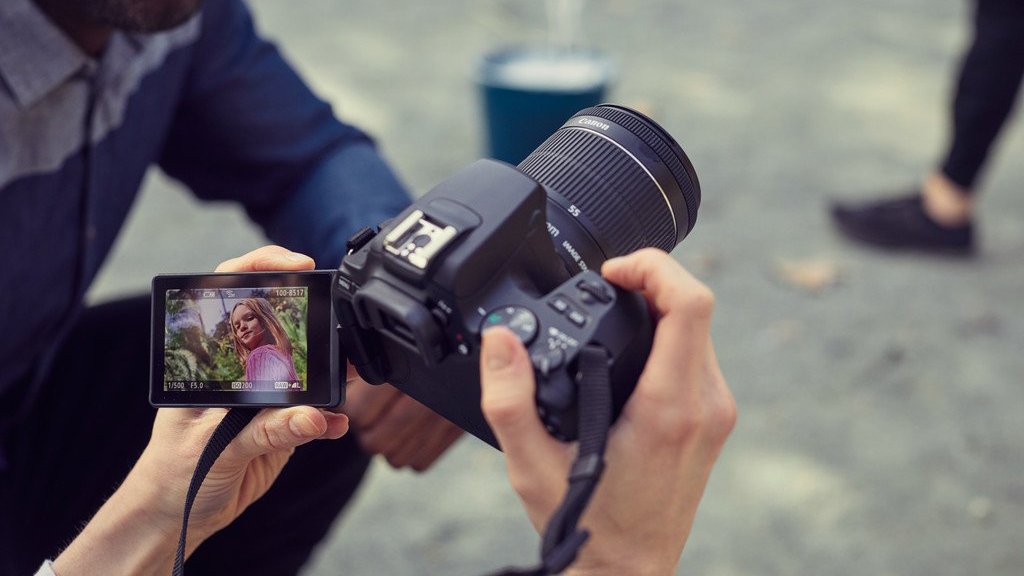
How to choose the best Canon camera
It can be tricky to pick the right Canon camera for you. The brand offers a wide array of choices, ranging from pocket-friendly compacts to bulkier DSLRs to cutting-edge mirrorless systems. Canon caters to pretty much every type of photographer and filmmaker out there, and which model is right for you will depend hugely on what and how you like to shoot. In particular, you’ll need to consider which body style and sensor format best suits your needs.
If you’re into sports and wildlife photography, for example, should you should be looking for a camera with fast frame rates and reliable in-body image stabilization to steadily capture rapid action. The Canon EOS R3 delivers all this and more (but at a price).
Equally, if you’re more focused on moving images than moving subjects, Canon’s range is home to several video-focused cameras, which support external microphones, feature flip-out screens for easy framing, and can capture uncropped 4K footage. The Canon PowerShot G7 X Mark III is a pocketable solution for travelers, as is the Canon EOS M6 Mark II for those who’d like an APS-C sensor in a travel-friendly form factor (though it might be an idea to hold off a little to see how the R7 and R10 perform).
Canon also makes several fantastic all-rounders. These versatile cames work well in multiple scenarios, and will often be the best choice for hobbyists who’d like to try their hand at multiple photography and video genres. The Canon EOS R6 is the best Canon all-rounder you can currently buy, while the EOS Rebel SL3 / EOS 250D is a more affordable all-rounder.
Canon has traditionally been a big player in the DSLR market, which has now come to an end, thanks to the popularity, weight saving, and technological breakthroughs with mirrorless tech. While it still remains one of the most established names in relation to the format, it’s now also become a mirrorless force to be reckoned with. If you’re searching for the ultimate in resolution, performance, and technology, you should be looking at its latest mirrorless cameras, like the Canon EOS R3, R5, and EOS R6. That said, you’ll need a pretty serious budget to take one home.
Those with a more limited budget needn’t worry. Canon offers a fantastic range of compact, DSLR, and mirrorless options that won’t break the bank. The Canon EOS M50 is a great example: recently succeeded by a minor upgrade, it’s available at particularly affordable prices, yet still represents excellent value as an everyday or travel camera.
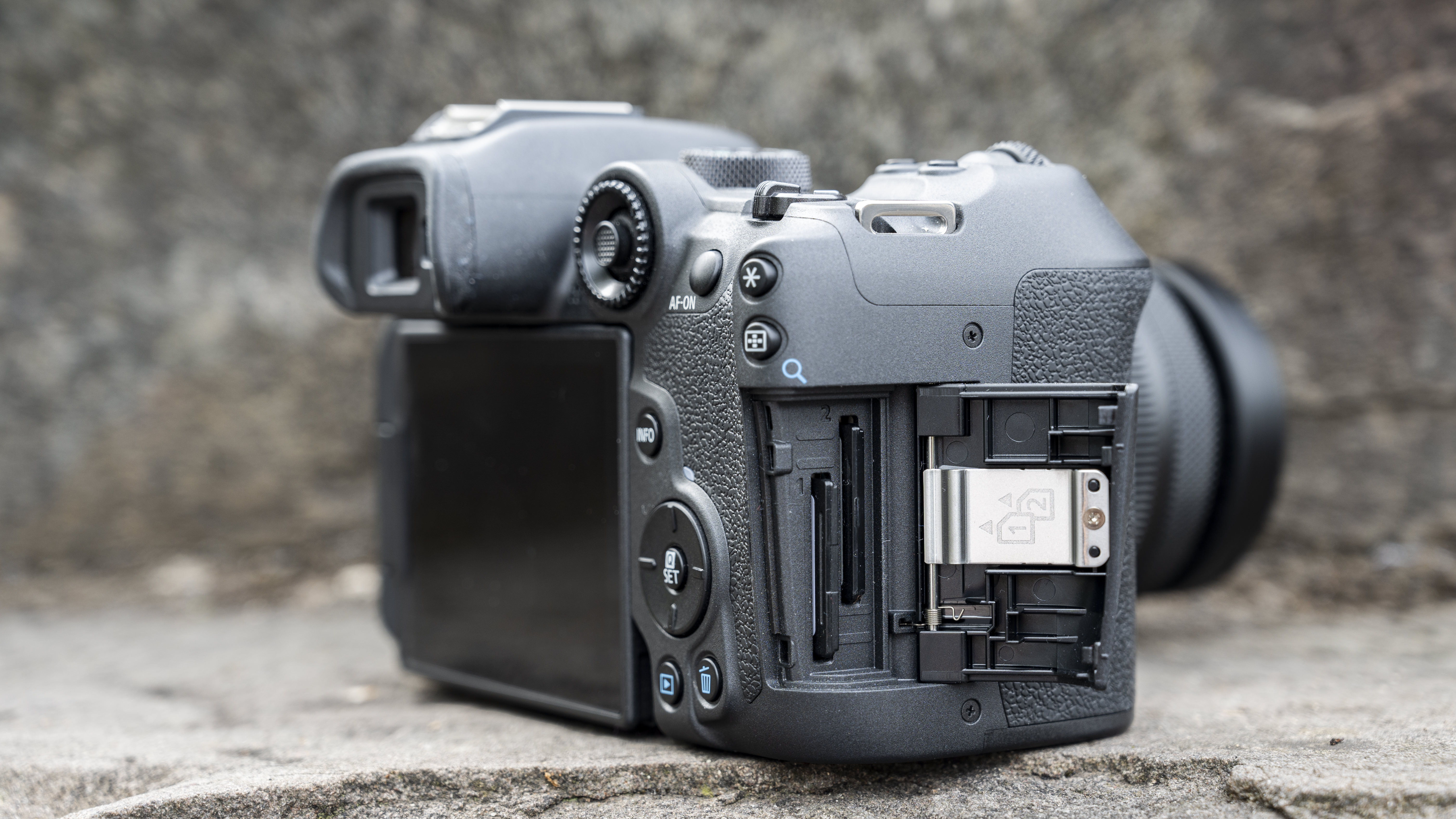
What’s the best Canon camera for beginners?
Canon makes a range of cameras for beginners. Which one is right for you will depend on your specific needs, skills, and budget. Whether you’re upgrading from a point-and-shoot or switching from a smartphone, Canon has a camera for you.
Which is the best Canon camera for beginners? We think the best all-round Canon camera for most novices is the Canon EOS Rebel SL3 / EOS 250D. A lightweight, entry-level DSLR with excellent battery life and ergonomics that make it great to hold, it’s a brilliant camera for new photographers to handle. Although its 9-point autofocus system is dated, it performs consistently and image quality is good. Plus there are plenty of compatible lenses in Canon’s catalog when you’re ready to get creative.
That said, if you’d prefer to start out with a mirrorless camera, the Canon EOS M50 is also an excellent choice for beginners. Since succeeded by the Canon EOS M50 Mk II (a minor upgrade), it remains a very capable APS-C camera that’s accessible and easy to use. Its combination of an excellent electronic viewfinder with a slick, vari-angle touchscreen makes it very approachable for first-timers. Dual Pixel autofocus is also fast and reliable. If you can look past the limited battery life and plasticky finish, it’s a great value choice if you’re just starting out.
Prepared to take the plunge and buy a camera that you can grow into? The Canon EOS RP is a full-frame mirrorless camera that’s relatively affordable and offers top-notch performance. It’s compact and easy to use thanks to a responsive rear touchscreen, so beginners should quickly get to grips with its interface – yet the EOS RP also produces sharp, vibrant images and boasts excellent autofocus performance. If you can deal with the 1.6x crop on 4K footage, it’s an appealing package.
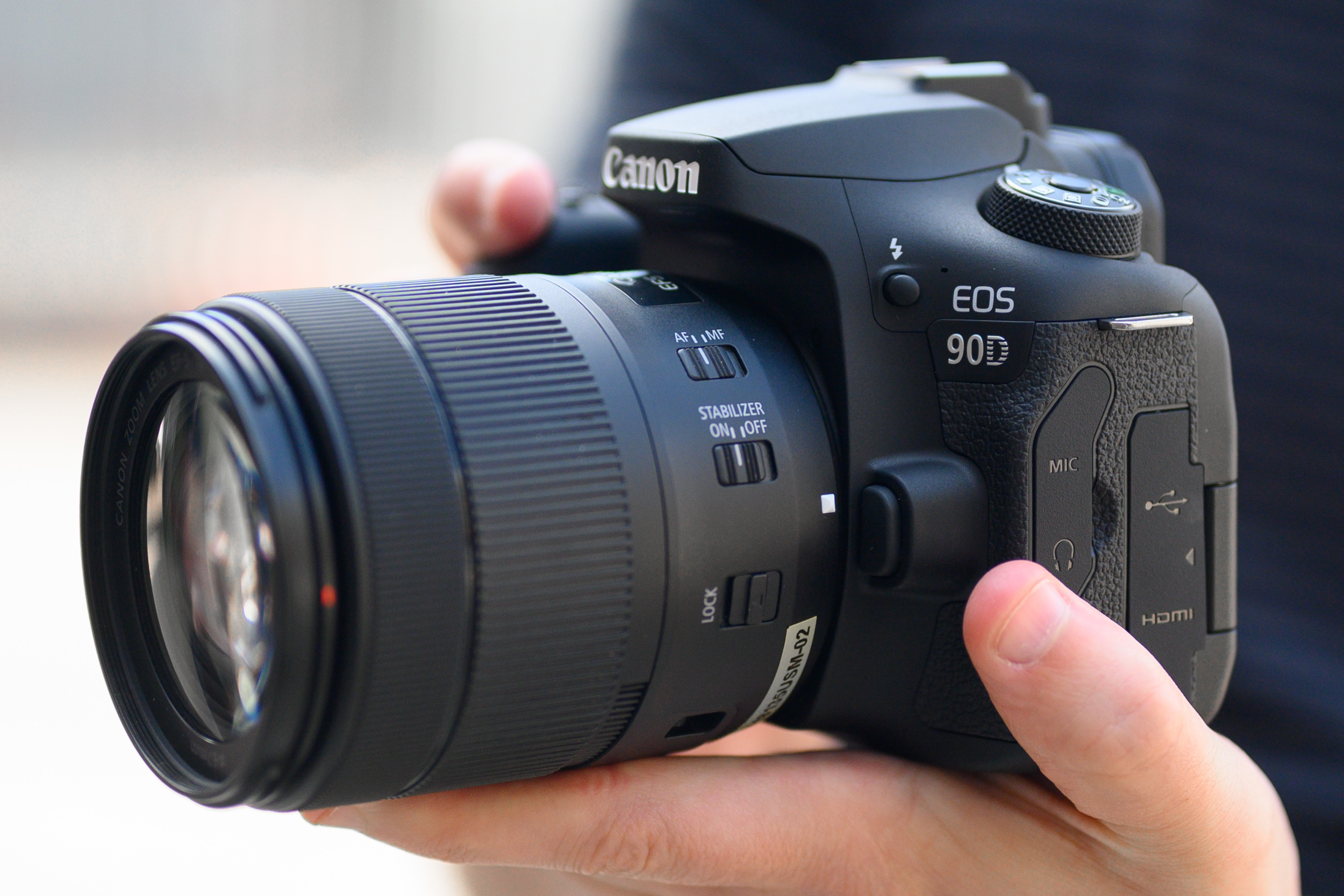
Is Canon or Nikon better?
The Canon versus Nikon debate has been rumbling on for decades. For as long as both Japanese brands have existed, there’s been a question as to which is superior. Yet a simple answer is impossible: while there are many die-hard fans of each camera maker, the winner in each case will depend on what kind of camera you want and how you plan to use it.
As you’ll see from the list above, Canon has a huge catalog of cameras, catering to all kinds of photographers and videographers. Nikon is no different: check out our round-up of the best Nikon cameras and you’ll find a similarly comprehensive stable of models, ranging from travel compacts to full-frame mirrorless powerhouses.
While both Canon and Nikon offer something for everyone, they do take different approaches to certain features. Compare the Canon EOS R6 II with the Nikon Z6 II, for example, and you’ll immediately find differences in the way that they handle and how their interfaces operate. Which suits you better will usually come down to personal preference.
The question is best approached on a case-by-case basis, either comparing specific models or assessing each brand’s offerings in a particular category. We’ve done exactly that in our in-depth Canon vs Nikon feature. Unless you’re already invested in one manufacturer’s lens mount system – or deeply familiar with a specific control setup – we don’t recommend choosing by name alone. It’s always better to decide on the basis of expert testing, in light of your specific expectations.
Meet the team
Canon cameras regularly feature in TechRadar's camera coverage and we've been hands-on with all of the best Canon cameras – for many of us our experience even predates the launch of TechRadar back in January 2008. Collectively, our team of reviewers has amassed hundred of hours using Canon cameras for real, in wide ranging scenarios.

As Cameras Editor, Tim looks after all cameras content on Tech Radar. This includes buying guides, opinions, reviews and news, and covers anything from mirrorless cameras to film and smartphones. He has been cutting his teeth in the photo and video industry for almost 20 years.

Mark is TechRadar's Senior news editor and has been a technology journalist since 2004. Formerly Trusted Reviews and TechRadar's cameras editor, Mark has tested cameras over many years from all of the leading brands.
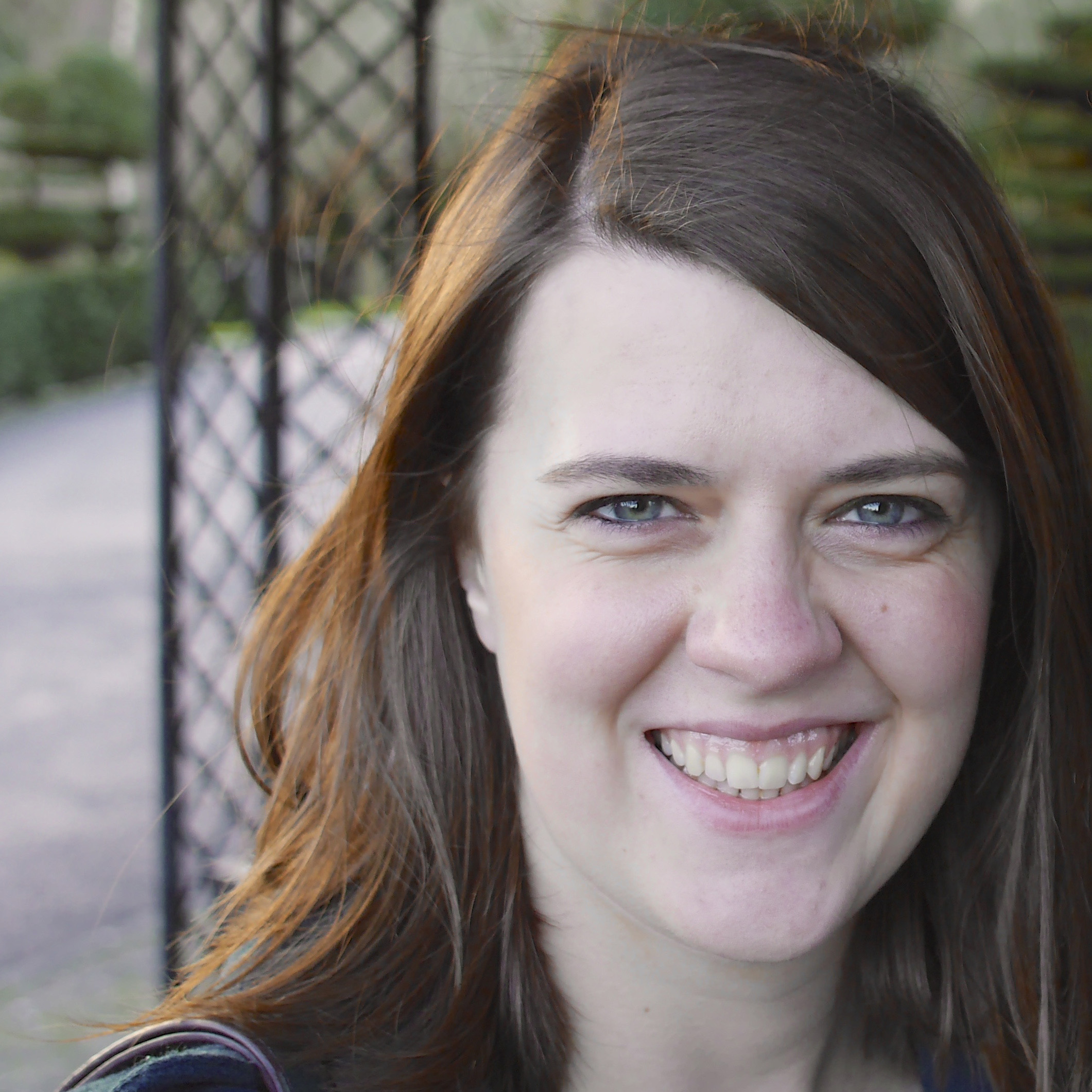
Amy has been writing about cameras, photography and associated tech since 2009. Amy was once part of the photography testing team for Future Publishing working across TechRadar, Digital Camera, PhotoPlus, N Photo and Photography Week.
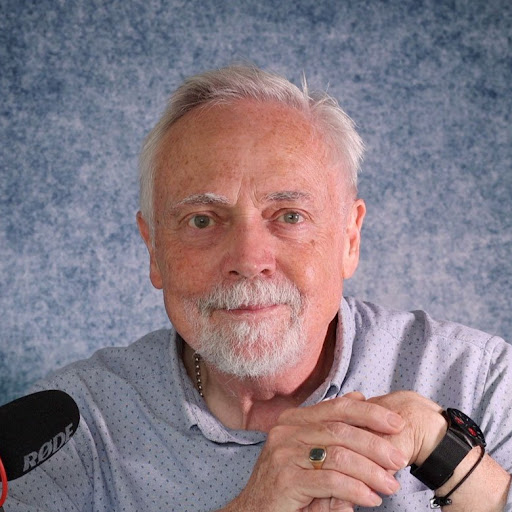
Rod is an independent photographer and photography journalist with more than 30 years' experience. He's previously worked as Head of Testing for Future’s photography magazines, including Digital Camera, N-Photo, PhotoPlus, Professional Photography, Photography Week and Practical Photoshop, and as Reviews Editor on Digital Camera World.
Dave is a professional photographer whose work has appeared everywhere from National Geographic to the Guardian. Along the way he’s been commissioned to shoot zoo animals, luxury tech, the occasional car, countless headshots and the Northern Lights.
How we test Canon cameras
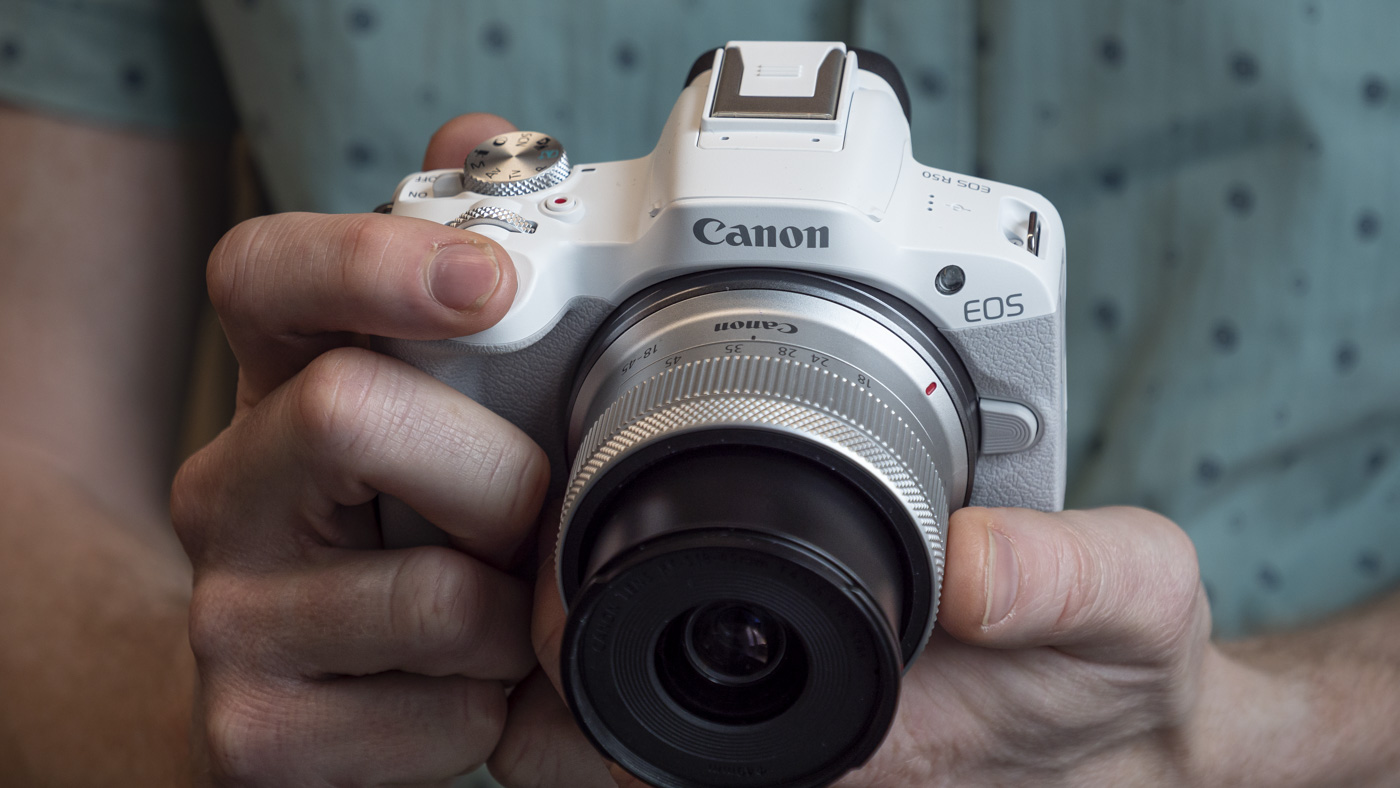
☑️ 100s of cameras reviewed
☑️ 15 years of product testing
☑️ Over 16,000 products reviewed in total
☑️ Nearly 200,000 hours testing tech
Buying a camera these days is a big investment, so every camera in this guide has been tested extensively by us so we can authoritatively decide on the best Canon camera. These days, real-world tests are the most revealing way to understand a camera's performance and character, so we focus heavily on those, along with standardized tests for factors like ISO performance.
To start with, we look at the camera's design, handling, and controls to get a sense of what kind of photographer it's aimed at and who would most enjoy shooting with it. When we take it out on a shoot, we'll use it both handheld and on a tripod to get a sense of where its strengths lie, and test its startup speed.

When it comes to performance, we use a formatted card and shoot in both raw and JPEG (if available). For burst shooting tests, we dial in our regular test settings (1/250 sec, ISO 200, continuous AF) and shoot a series of frames in front of a stopwatch to see if it lives up to its claimed speeds. We'll also look at how quickly the buffers clears and repeat the test for both raw and JPEG files.
In various lighting conditions, we also test the camera's different autofocus modes (including Face and Eye AF) in a single point, area, and continuous modes. We also shoot a range of photos of different styles (portrait, landscape, low light, macro/close-up) in raw and JPEG to get a sense of metering and its sensor's ability to handle noise and resolve fine detail.
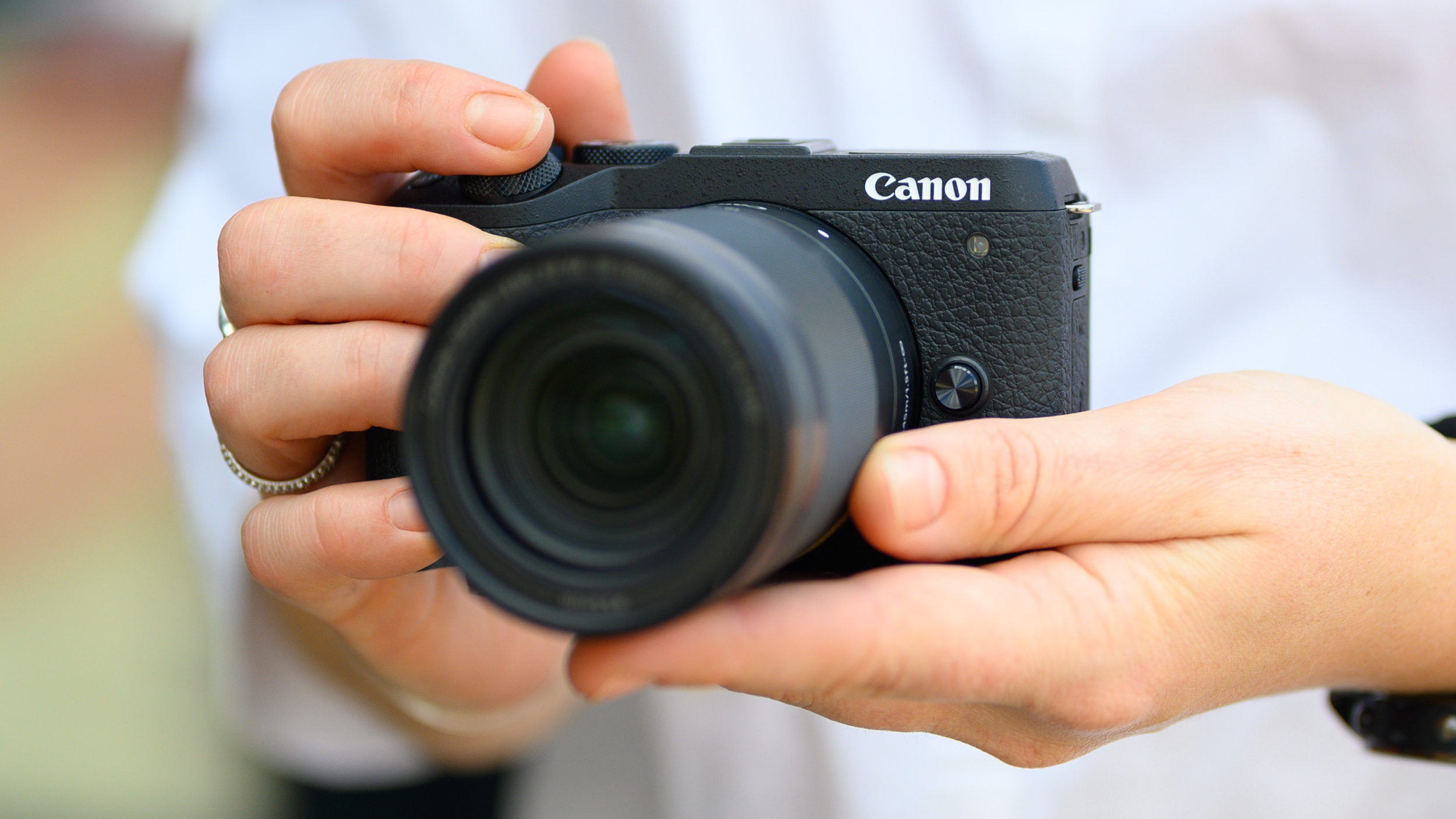
If the camera's raw files are supported by Adobe Camera Raw, we'll also process some test images to see how we can push areas like shadow recovery. And we'll also test its ISO performance across the whole range to get a sense of the levels we'd be happy to push the camera to.
Battery life is tested in a real-world fashion, as we use the camera over the course of the day with the screen set to the default settings. Once the battery has reached zero, we'll then count the number of shots to see how it compares to the camera's CIPA rating. Finally, we test the camera's video skills by shooting some test footage at different frame rates and resolutions, along with its companion app.
We then take everything we've learned about the camera and factor in its price to get a sense of the value for money it offers, before reaching our final verdict.
- Best cameras for photography
- Best camera for beginners
- Best beginner DSLR cameras
- Best DSLR
- Best 4K camera
- Best full-frame camera
- Best compact camera
- What camera should I buy?
- Mirrorless vs DSLR: 10 key differences
- Camera rumors
Sign up for breaking news, reviews, opinion, top tech deals, and more.

Tim is the Cameras editor at TechRadar. He has enjoyed more than 15 years in the photo video industry with most of those in the world of tech journalism. During his time as Deputy Technical Editor with Amateur Photographer, as a freelancer and consequently editor at Tech Radar, Tim has developed a deeply technical knowledge and practical experience with cameras, educating others through news, reviews and features. He’s also worked in video production for Studio 44 with clients including Canon, and volunteers his spare time to consult a non-profit, diverse stories team based in Nairobi. Tim is curious, a keen creative, avid footballer and runner, and moderate flat white drinker who has lived in Kenya and believes we have much to enjoy and learn from each other.
- Mark WilsonSenior news editor
- Sharmishta SarkarManaging Editor (APAC)
- Chris Rowlands
